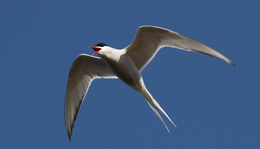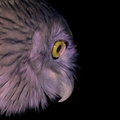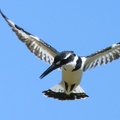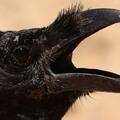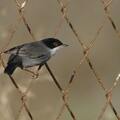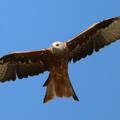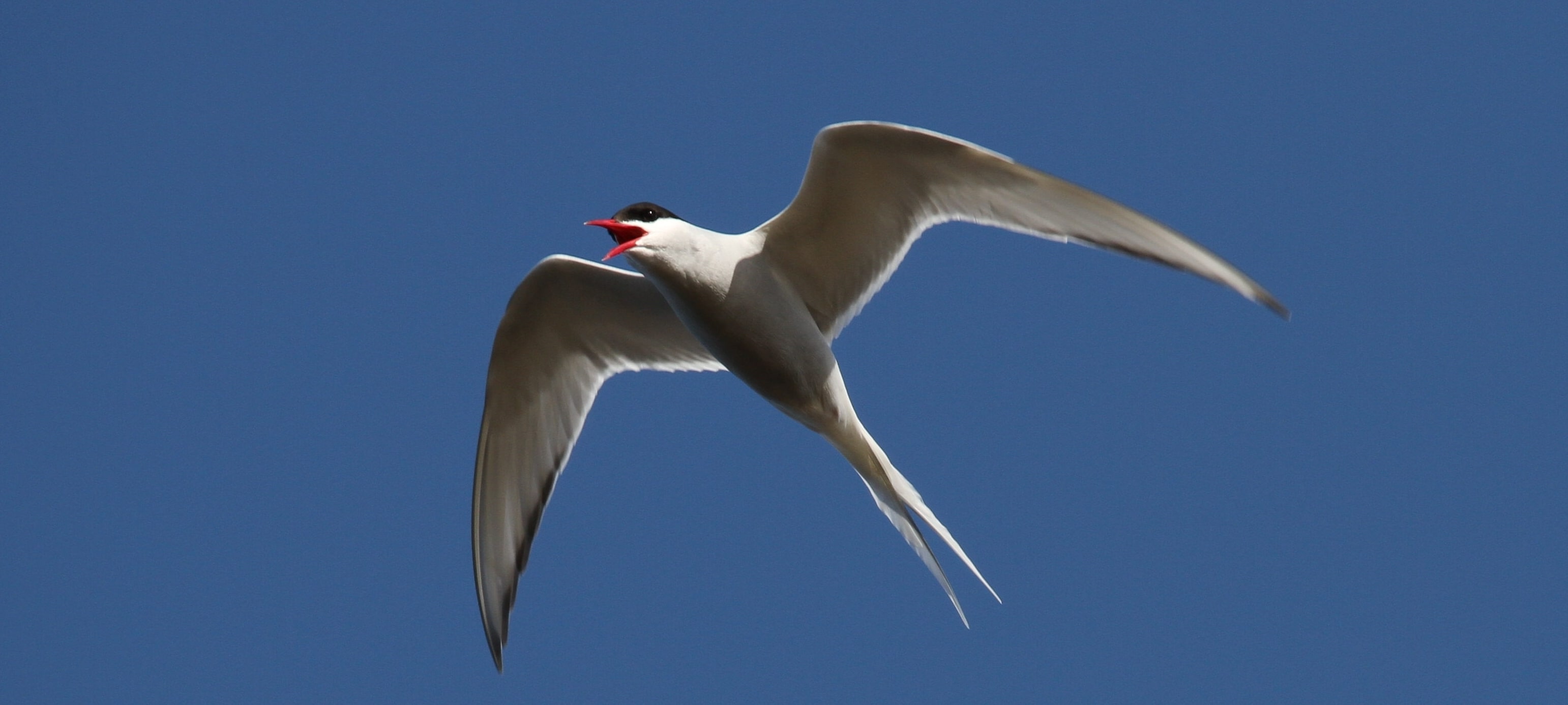
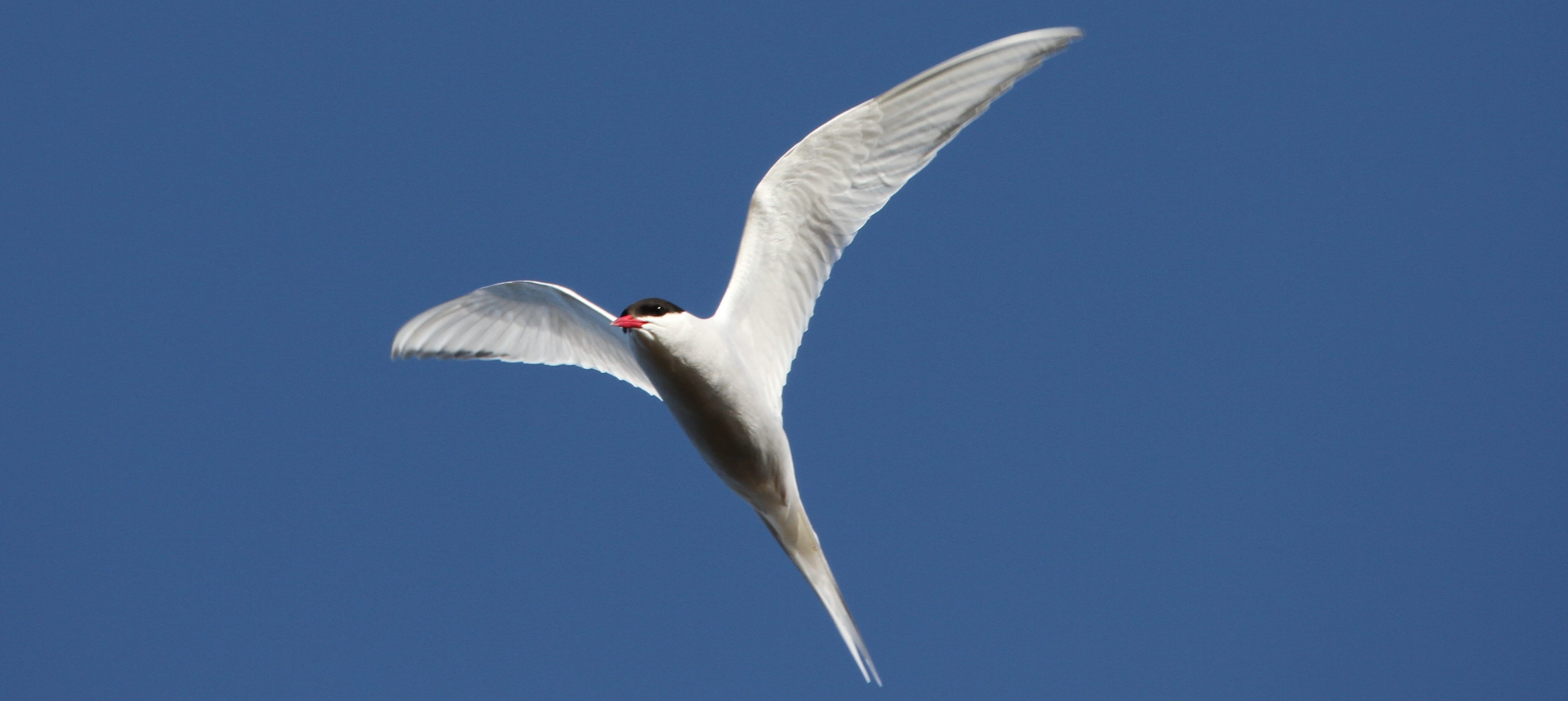
Sterna paradisaea -  Arctic Tern
Arctic Tern 
![]() kría
kría  sarki csér (Reykjanes peninsula, Sandgerði)
sarki csér (Reykjanes peninsula, Sandgerði)
➤ flocks of terns on the windy coastlines of Garður ➤
● breeds in the Arctic and winters in the Antarctic region (each individual flies more than 70.000 km annually!)
● found almost everywhere in this week in W Iceland, but none of them in Heimaey
● no other tern species lives on the island of Iceland
● the similar looking Sterna hirundo hirundo - Common Tern is a real rarity in Iceland, S. paradisea has a shorter and red bill without a black tip

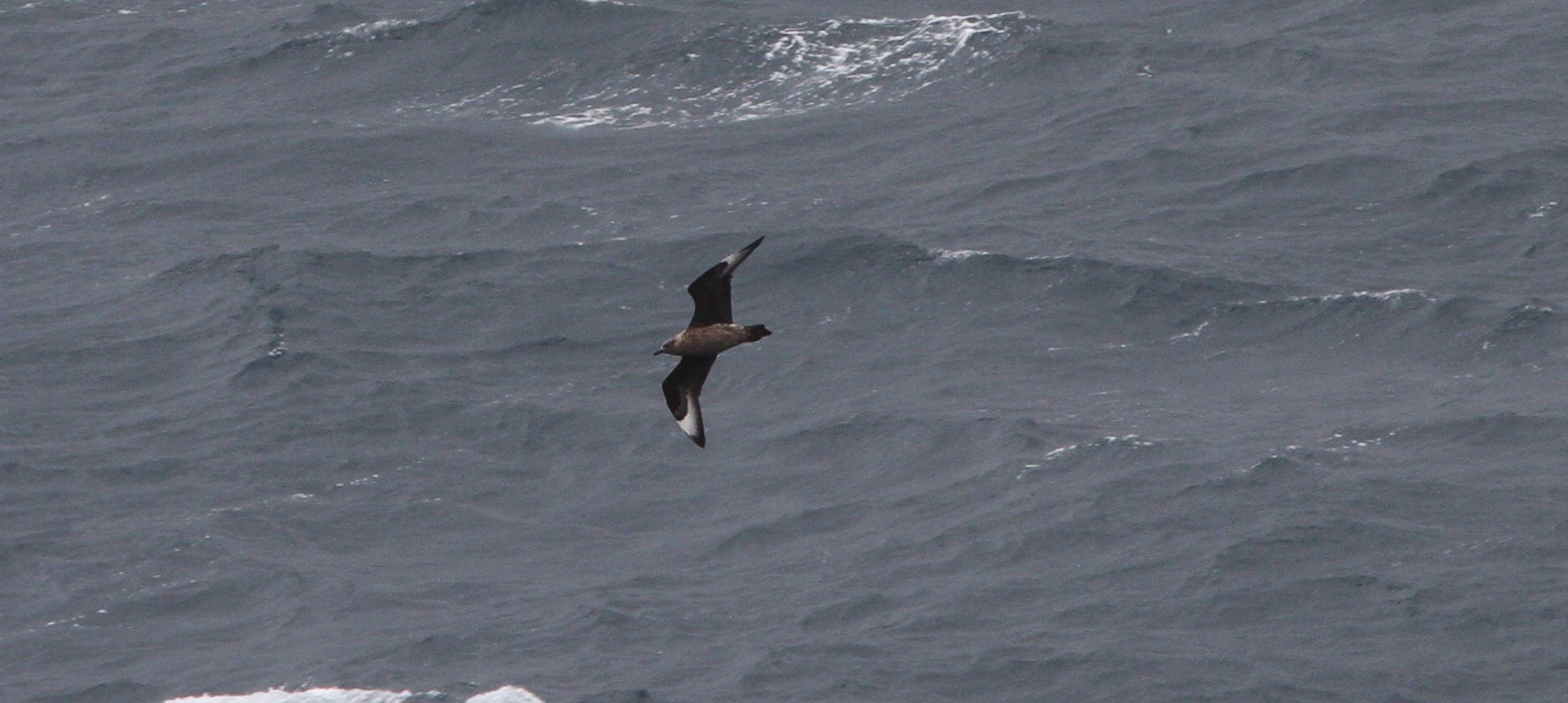
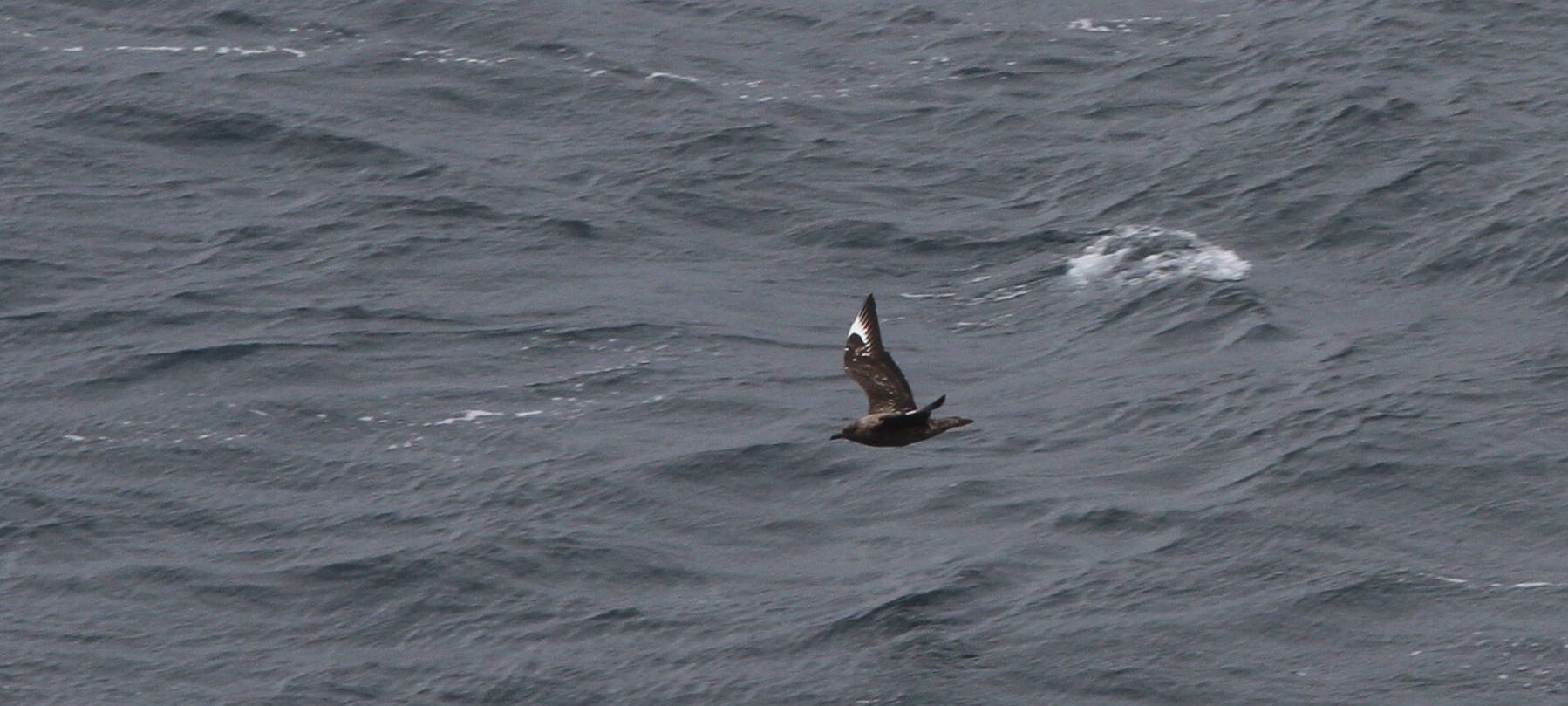
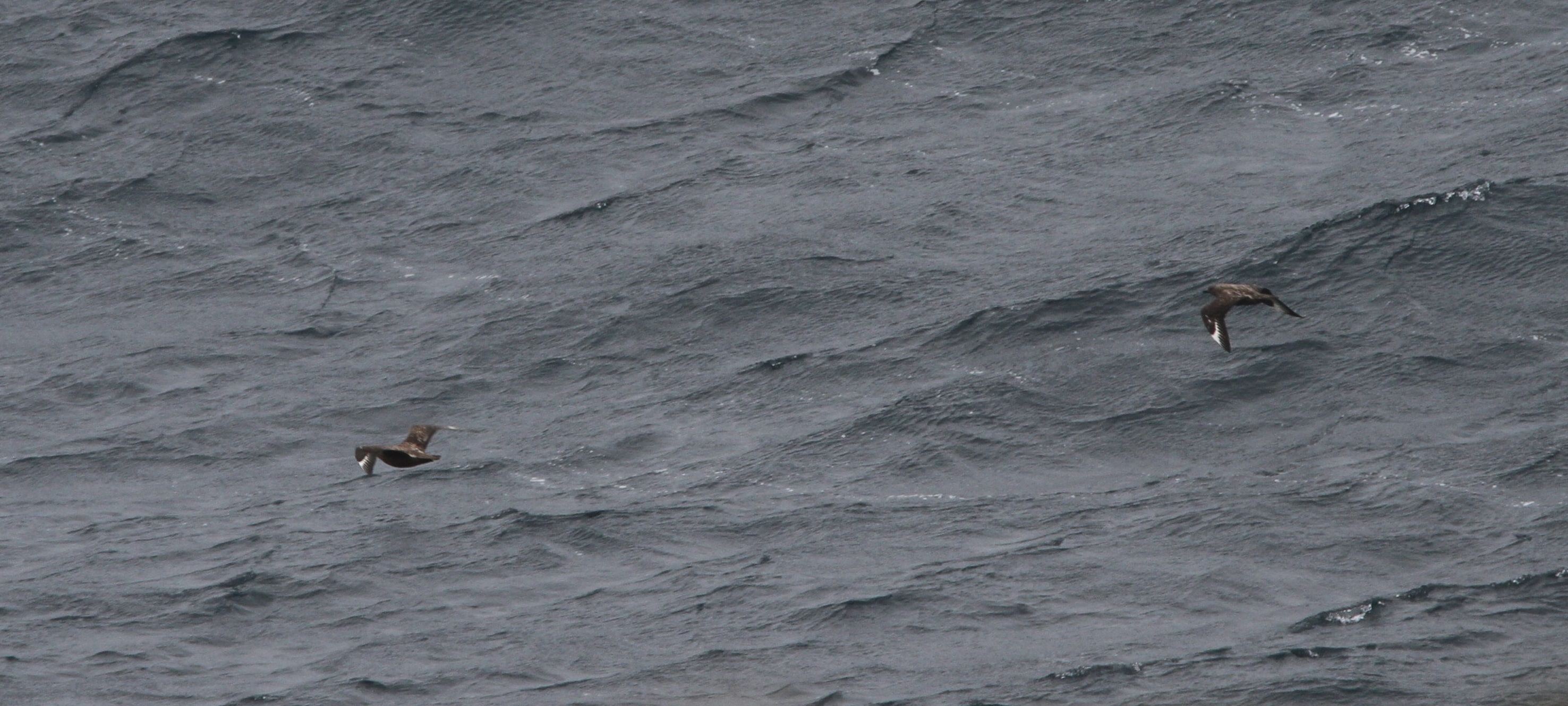
Stercorarius skua skua -  Great Skua
Great Skua 
![]() skúmur
skúmur  szkua (nagy halfarkas) (Westman Islands, Heimaey)
szkua (nagy halfarkas) (Westman Islands, Heimaey)
● a patrolling pair under the coastal cliffs of W Heimaey
● unfortunately, only this pair was seen in the whole week; in theory, they are widespread at the Icelandic coasts (mostly in the South)
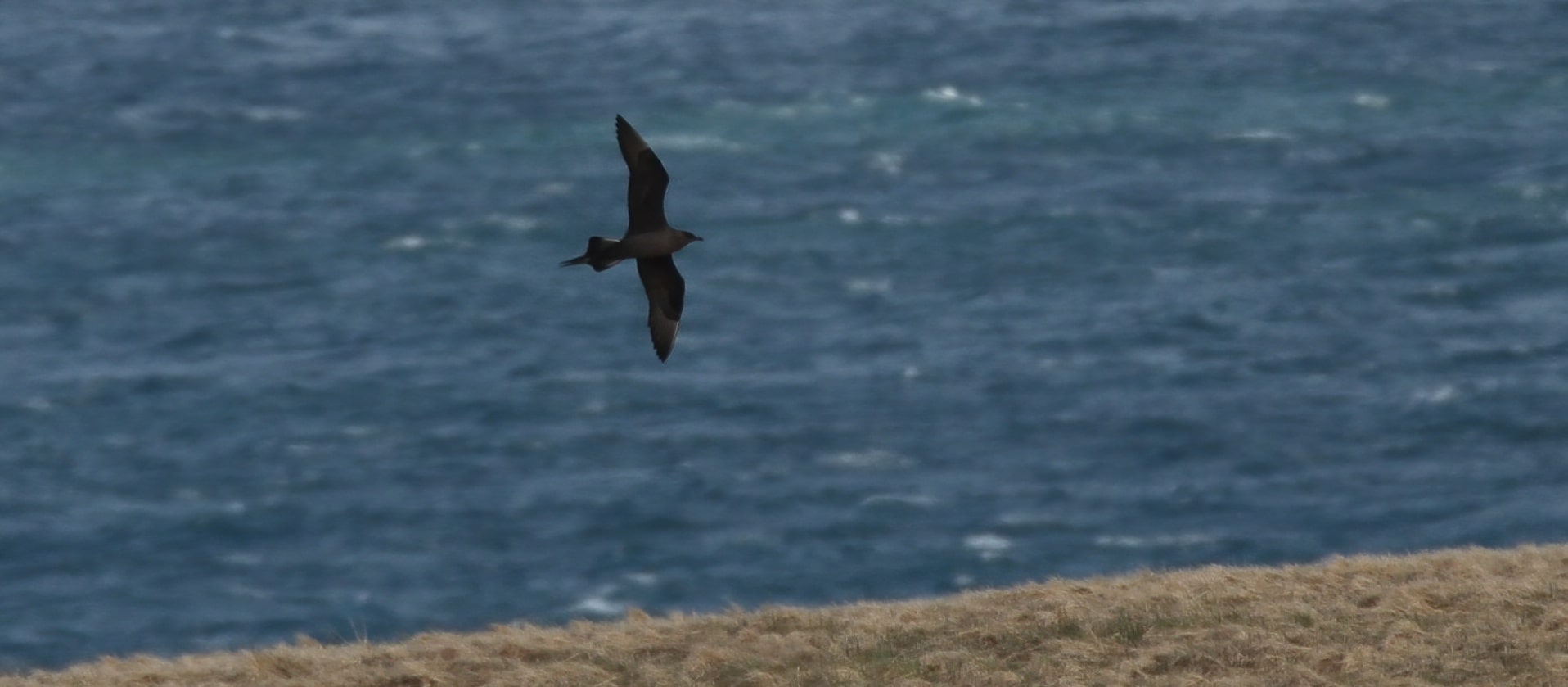
Stercorarius parasiticus -  Parasitic Jäger
Parasitic Jäger 
![]() kjói
kjói  ékfarkú halfarkas (Snæfellsnes peninsula, Hellnar)
ékfarkú halfarkas (Snæfellsnes peninsula, Hellnar)
● about a dozen of single birds were seen all over the Snæfellsnes peninsula and some others here and there; according to the maps of ebird S. parasiticus distributes equally in Iceland and not more dominantly in Southern regions as S. skua does
● interestingly, hunting method of Jägers above coastal open grasslands looked quite similar to the swaying-floating-seeking technique of our Marsh Harriers (C. aeruginosus)
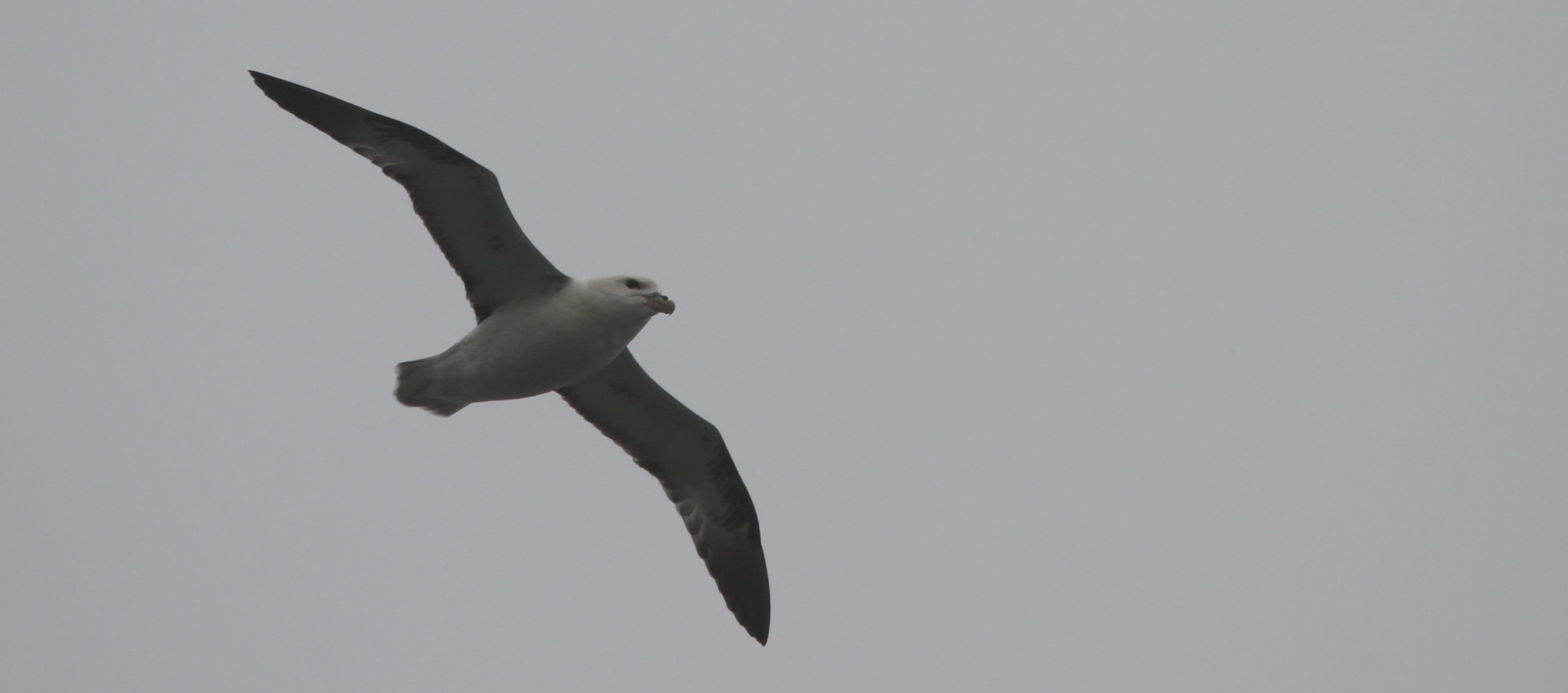
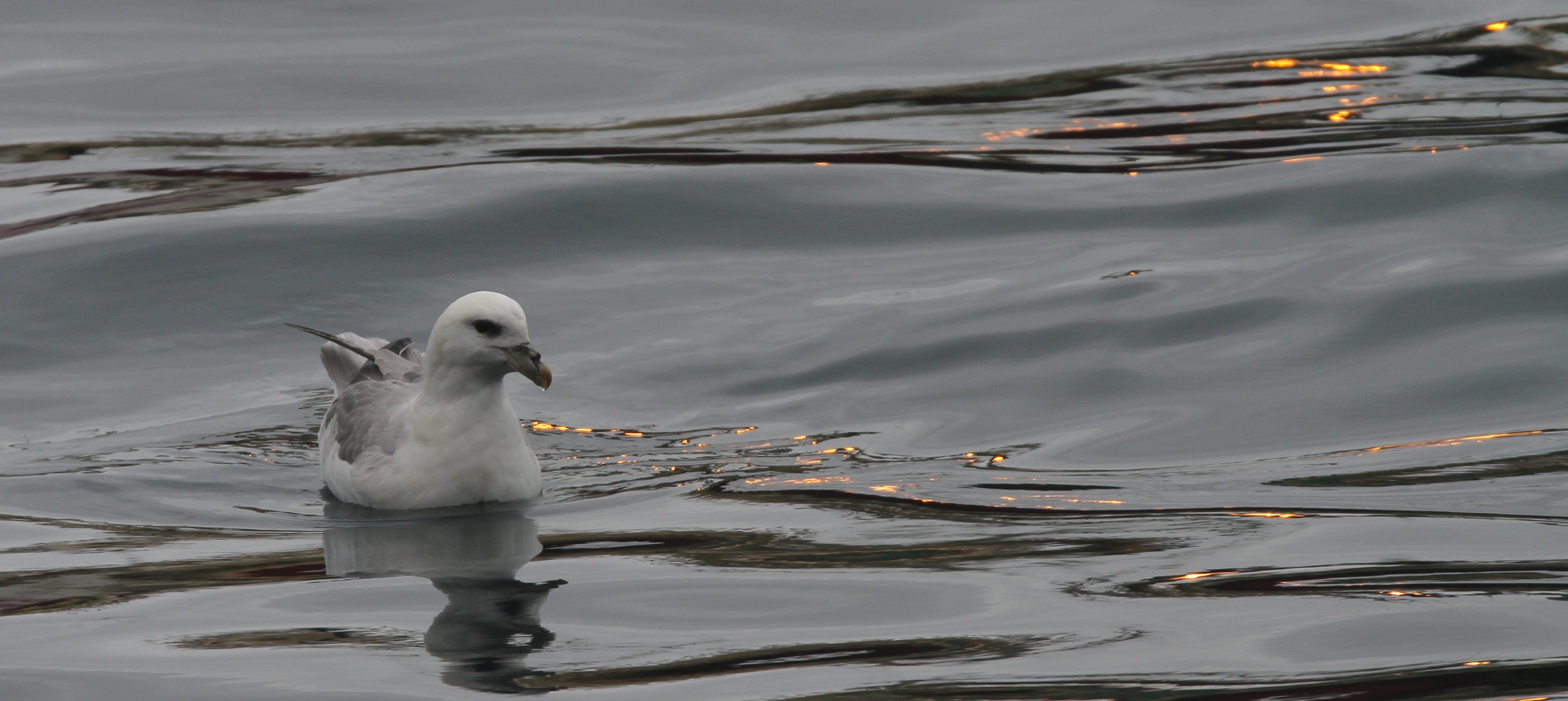
Fulmarus glacialis auduboni -  Northern Fulmar
Northern Fulmar 
![]() fýll
fýll  északi sirályhojsza (Reykjavík, Norðurströnd)
északi sirályhojsza (Reykjavík, Norðurströnd)
● strong and always hungry birds with a special pelagic character and with a wild Northern heart
● 'fúll már' means in Old Norse language 'foul gull' (chicks can spray out foul smelling stomach oil as a defence)
● Procellariiformes order: tubenosed seabirds; including albatrosses, shearwaters, petrels and fulmars
● as other members of the order, lives up to 40 monogamous years, has very limited walking abilities, and has a wingspan of 100-110 cm with an average flight speed about 45 km/h
● ssp audoboni: lower Arctic belt of the Atlantic Ocean (SE Canada - Greenland - Iceland - N Europe - Novaya Zemlya)
● found almost everywhere in this week (also nests on coastal cliffs of Snæfellsnes peninsula and Westman Islands), the species was very numerous at the entry of Heimaey's fish unloading docks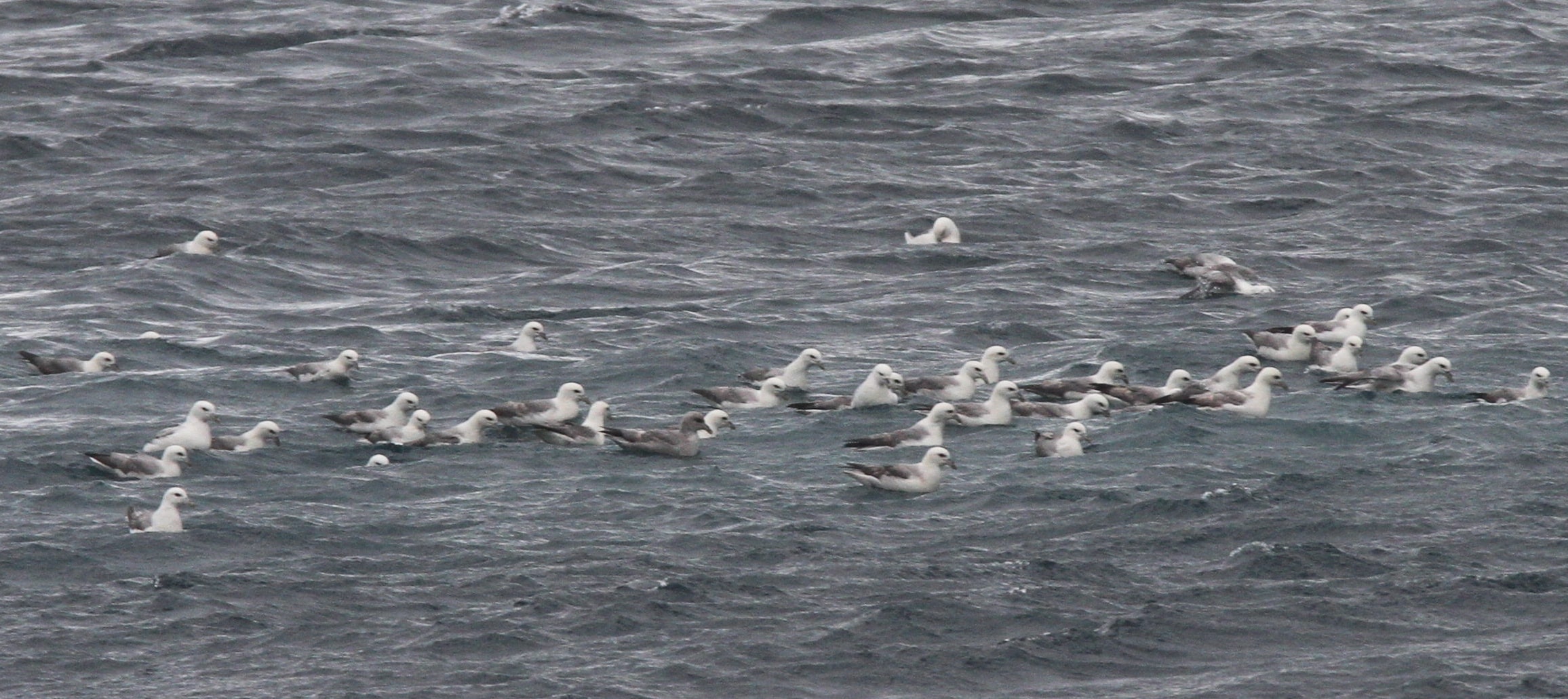
+1 dark morph variant of the species: 'Blue Fulmar' (Westman Islands, Heimaey) ➤
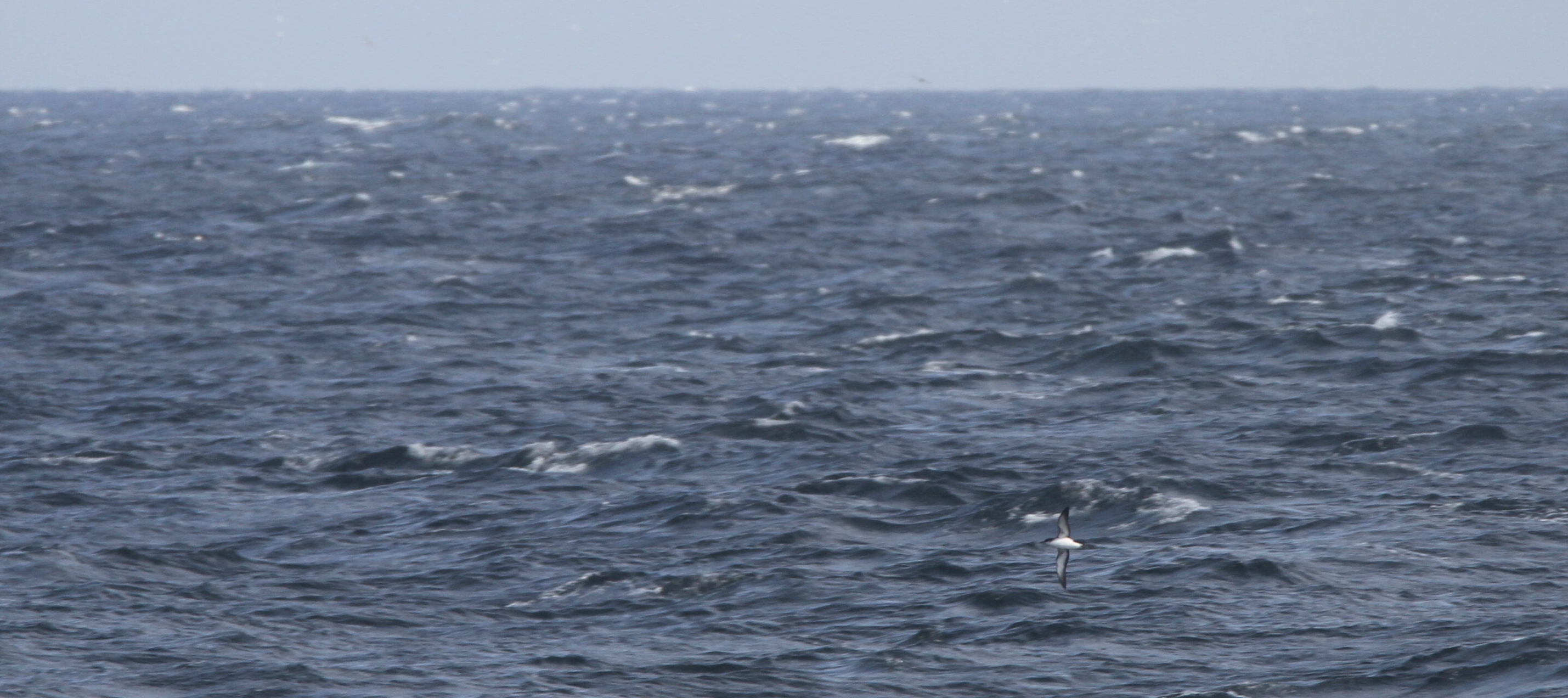
Puffinus puffinus -  Manx Shearwater
Manx Shearwater 
![]() skrofa
skrofa  atlanti vészmadár (Faxaflói)
atlanti vészmadár (Faxaflói)
● only a few of them seen (1 in Faxaflói and 3 at Sandgerði) and always from afar
● its interesting Icelandic name 'skrofa' probably refers to something related to shipping as skrofa means hull of the ship, and has nothing do with pigs (scrofa), although they have very strange sounds and they nest in underground burrows dug by themselves or by rabbits
● map was stolen from Wikipedia
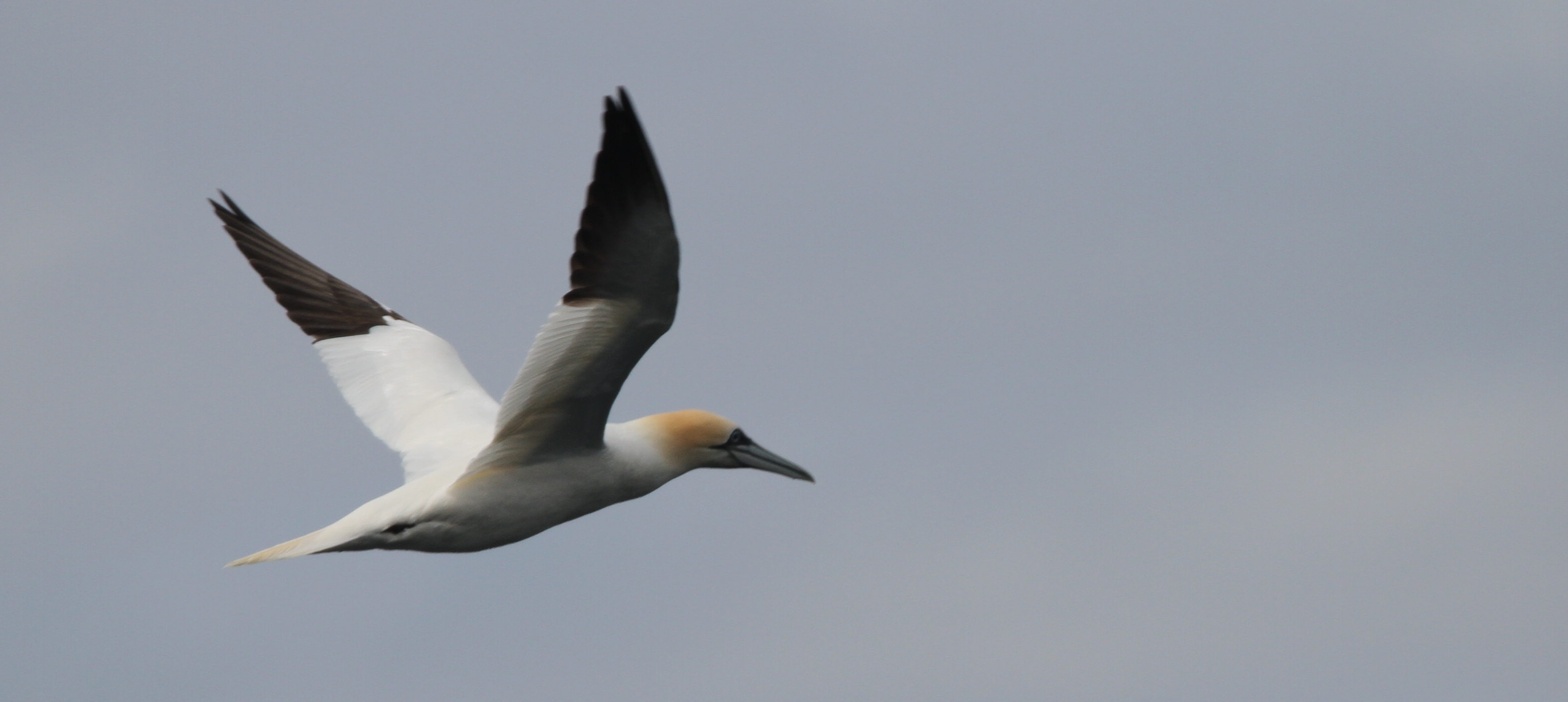
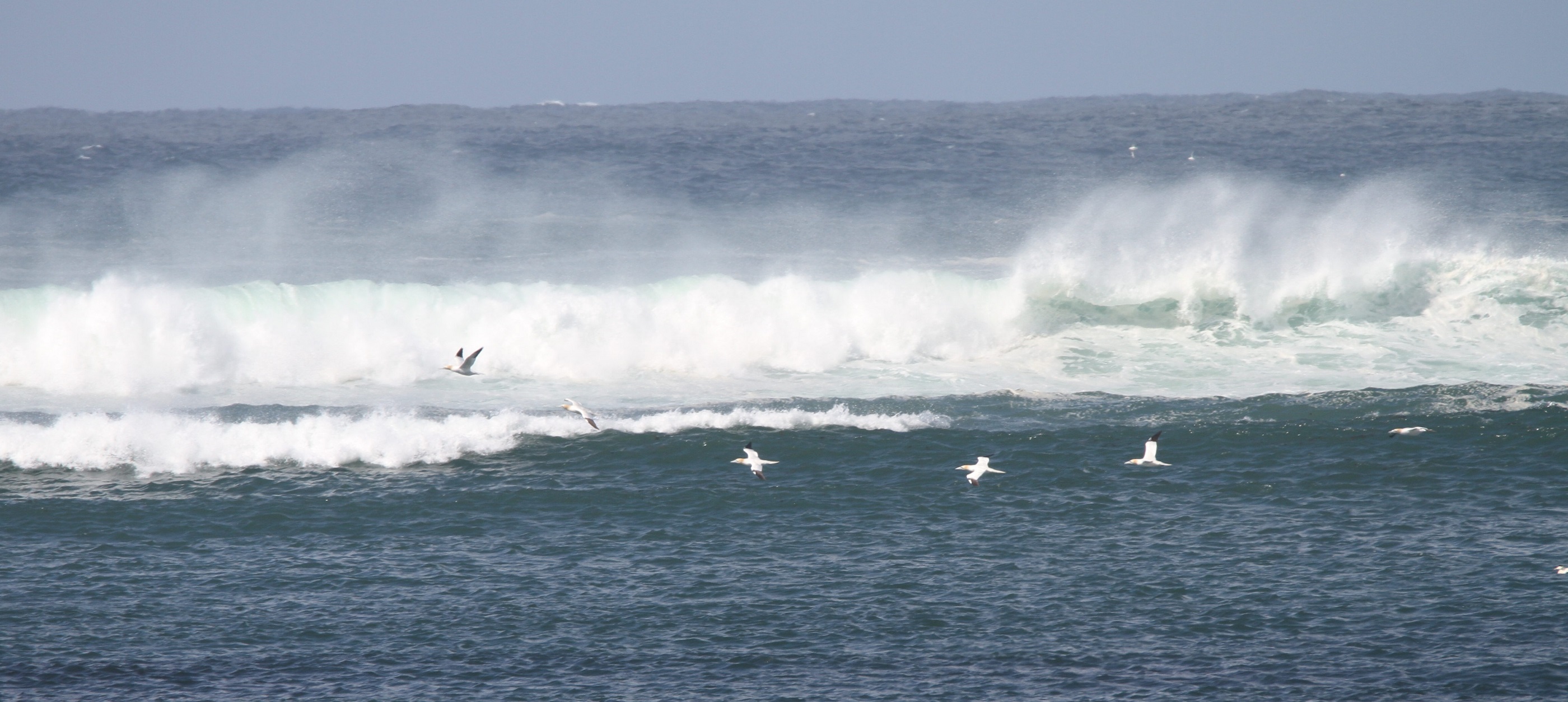
Morus bassanus -  Northern Gannet
Northern Gannet 
![]() súla
súla  szula (Reykjanes peninsula, Garður)
szula (Reykjanes peninsula, Garður)
● another bird of the open seas; patrolling for signs of food in groups of 5-6 birds on the edge of pelagic regions
● seen some of them in Faxaflói, Snæfellsnes and Westman Islands, and a lot in Reykjanes (Garður)
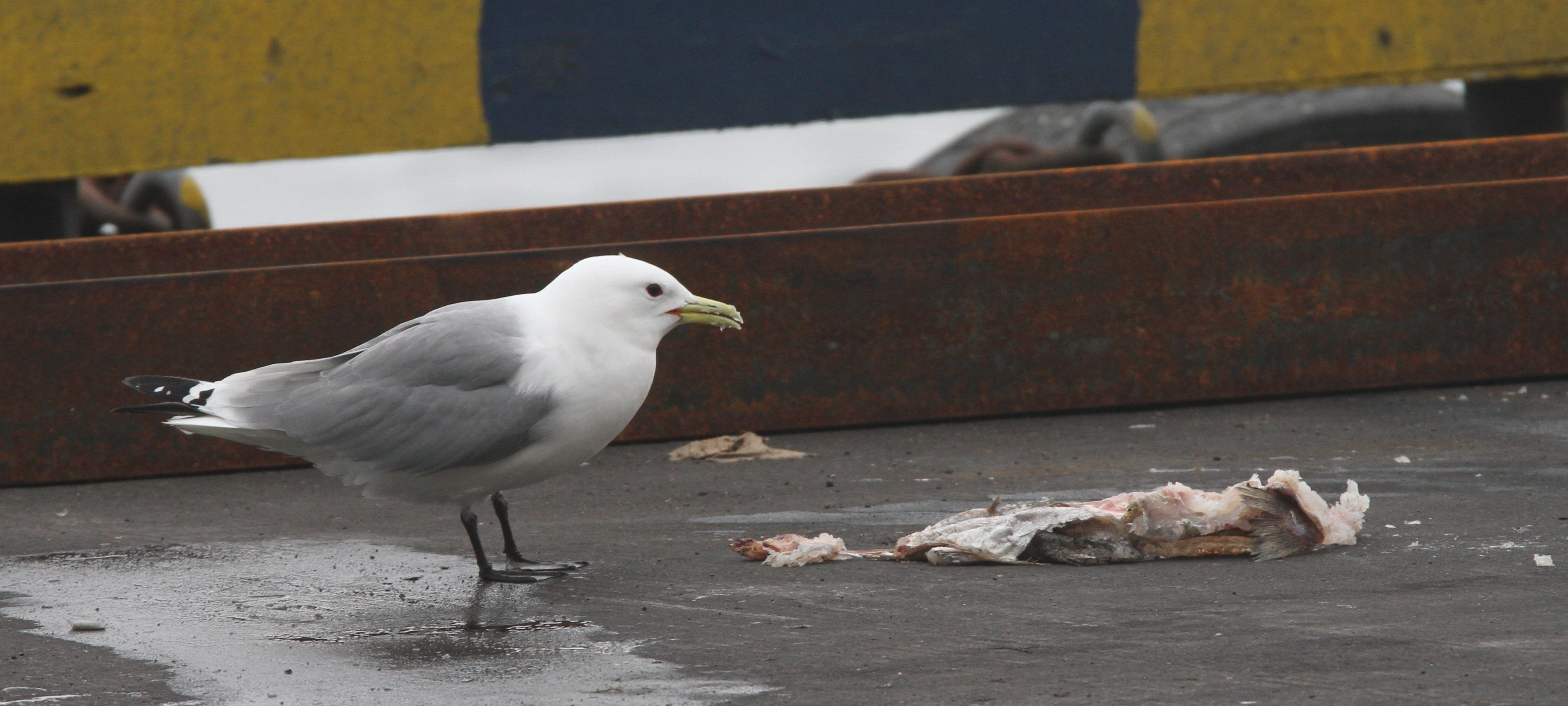
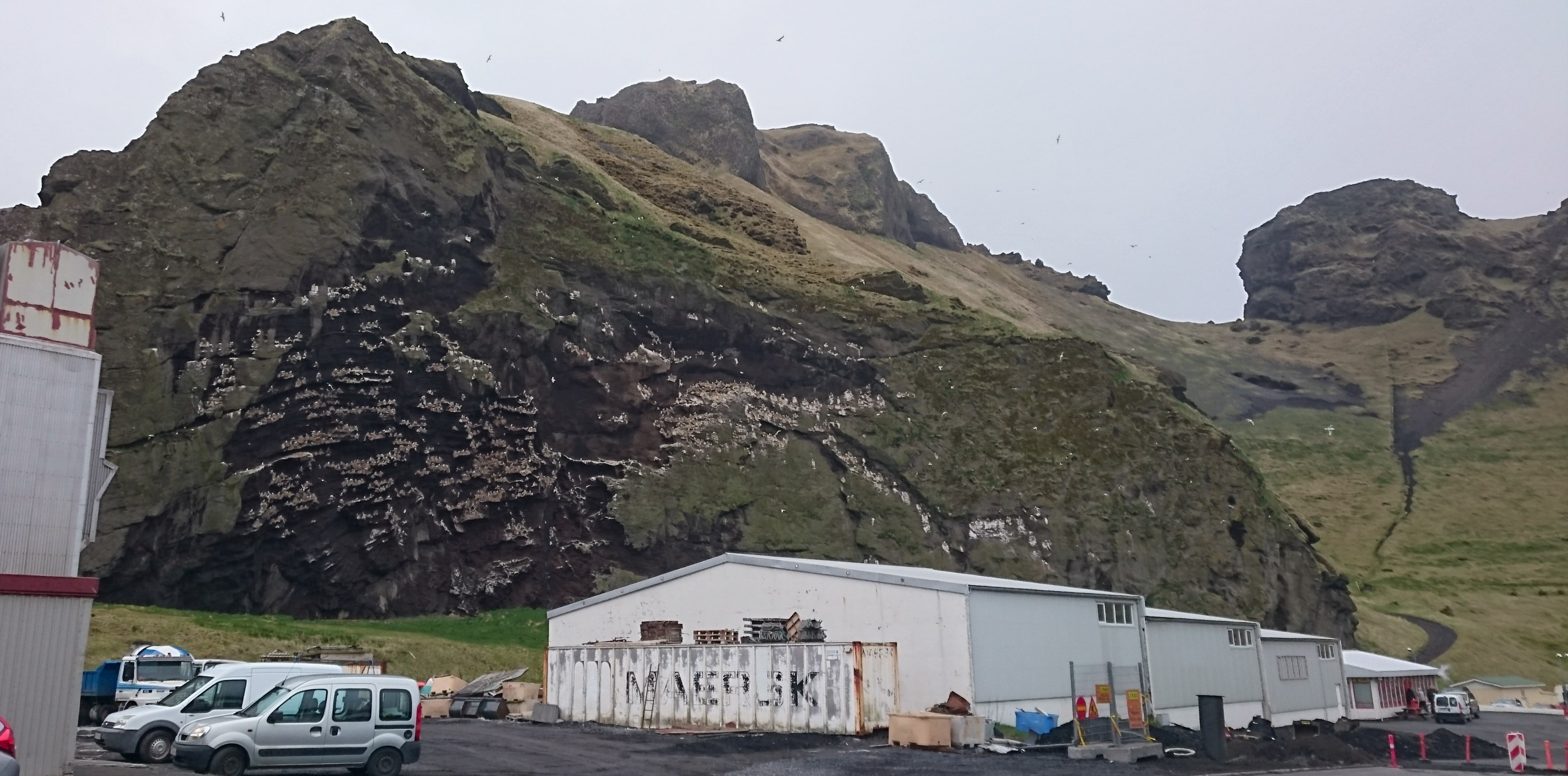
Rissa tridactyla tridactyla -  Black-legged Kittiwake
Black-legged Kittiwake 
![]() rita
rita  csüllő (Westman Islands, Heimaey)
csüllő (Westman Islands, Heimaey)
➤ the noise of a colony in Heimaey's fishing port ➤
● observed only 1 in the old harbour of Reykjavík, somewhat more in Miðborg and Geldinganes
● adult bird in upper image
● was very numerous in Snæfellsnes peninsula and Heimaey (near inaccessible cliffs for rest and for nesting)
● there are large dense nesting colonies of kittiwakes on volcanic cliffs near the unloading quays of the fishing port and on the entry of the harbour in Heimaey; also nests in coastal cliff-based mixed colonies with Fulmars in Heimaey and Arnarstapi
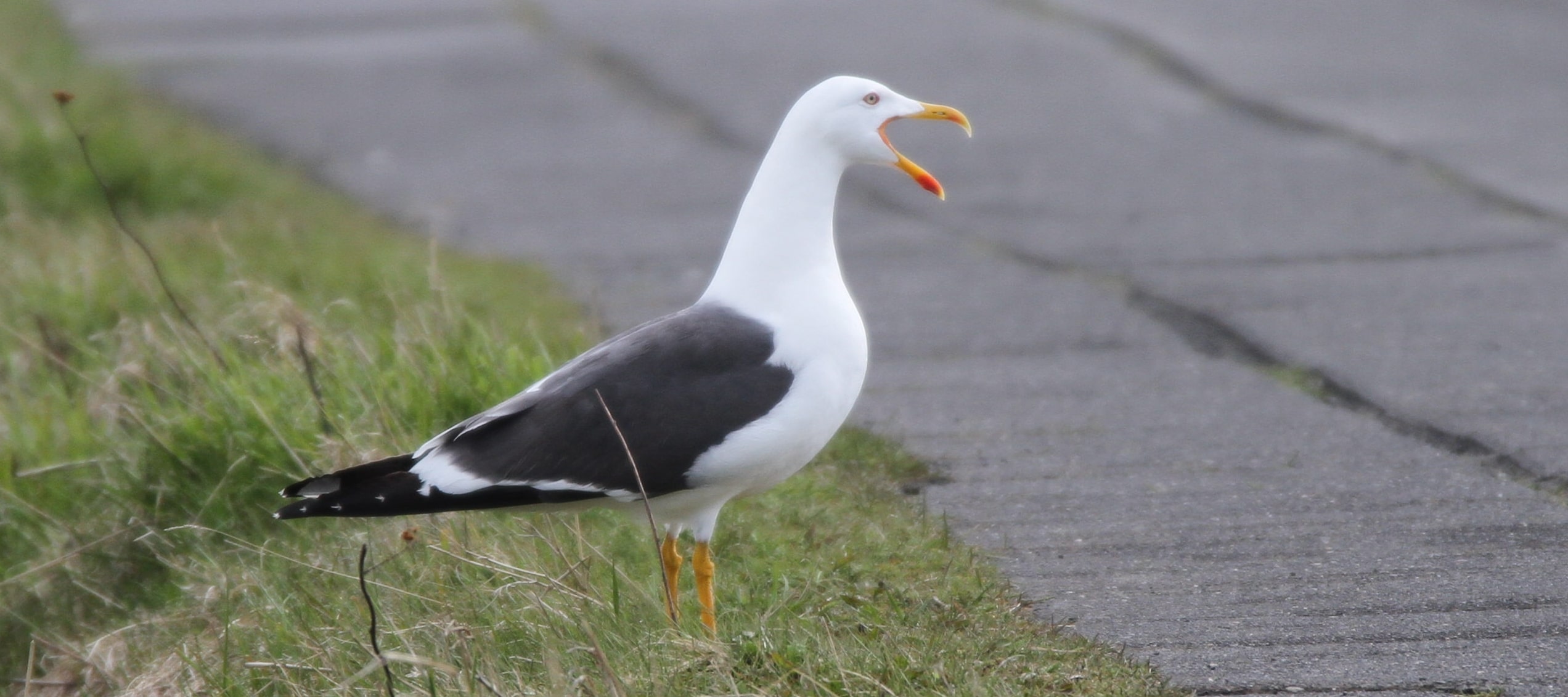
Larus fuscus graellsii -  Lesser Black-backed Gull
Lesser Black-backed Gull 
![]() sílamáfur
sílamáfur  heringsirály (Reykjavík, lake Tjörnin)
heringsirály (Reykjavík, lake Tjörnin)
● ssp graellsii: greyish black mantle, bright yellow legs and bill, NW Atlantic region
● adult bird in summer plumage
● seen 20-50 at every spots (including the forestral lake of Heiðmörk, Elliðavatn) and seemed the most widespread gull taxon in the region
● in contrast to its state in the whole continent, Black-headed Gull (C. ridibundus) is not a dominant species in their numbers in Iceland
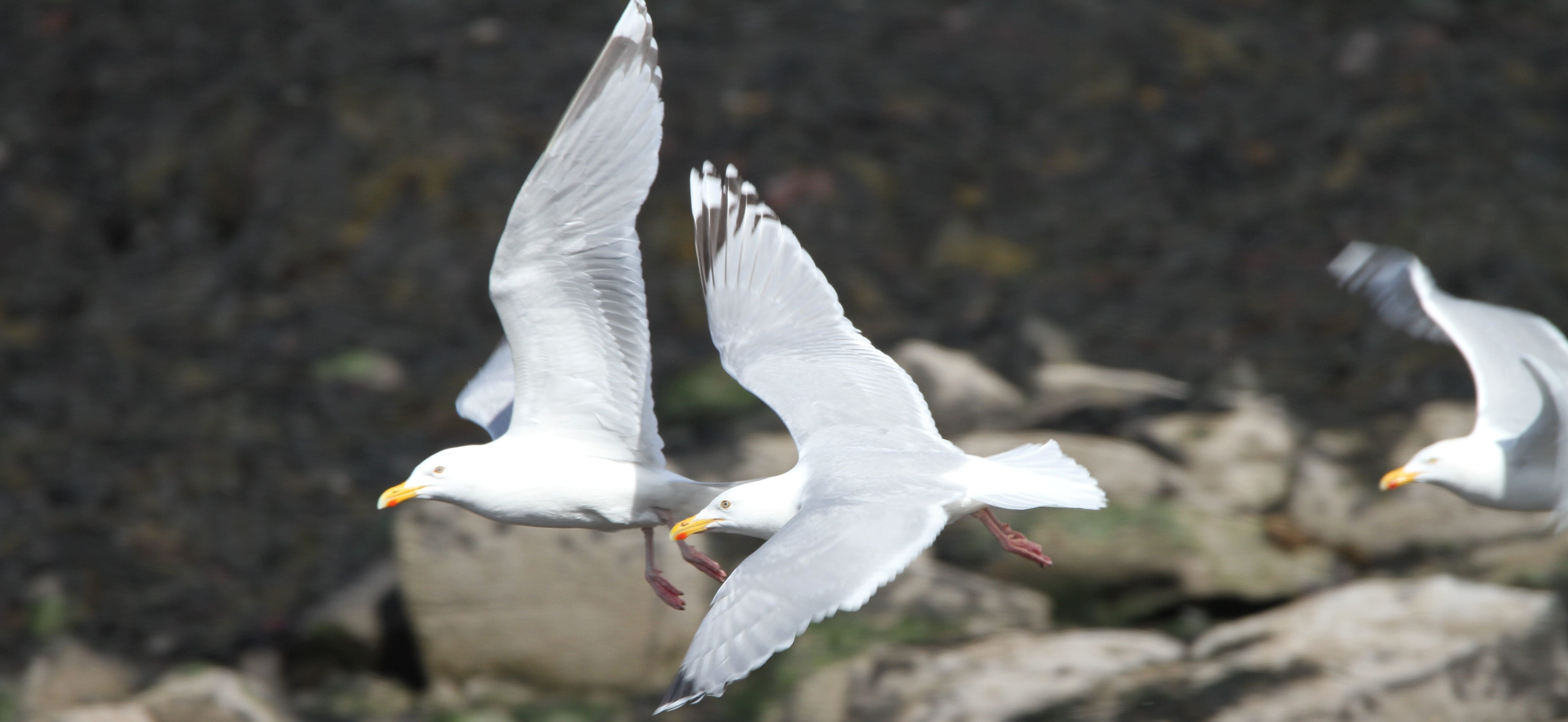
Larus argentatus argenteus -  European Herring Gull
European Herring Gull 
![]() silfurmáfur
silfurmáfur  ezüstsirály (Reykjanes peninsula, Garður)
ezüstsirály (Reykjanes peninsula, Garður)
● ssp argenteus: paler mantle and more black on wingtips than nominate, NW European region
● adult birds in summer plumage
● was numerous in the NW tip of Reykjanes peninsula (Garður, Sandgerði) and in Miðborg beach; but scarce elsewhere
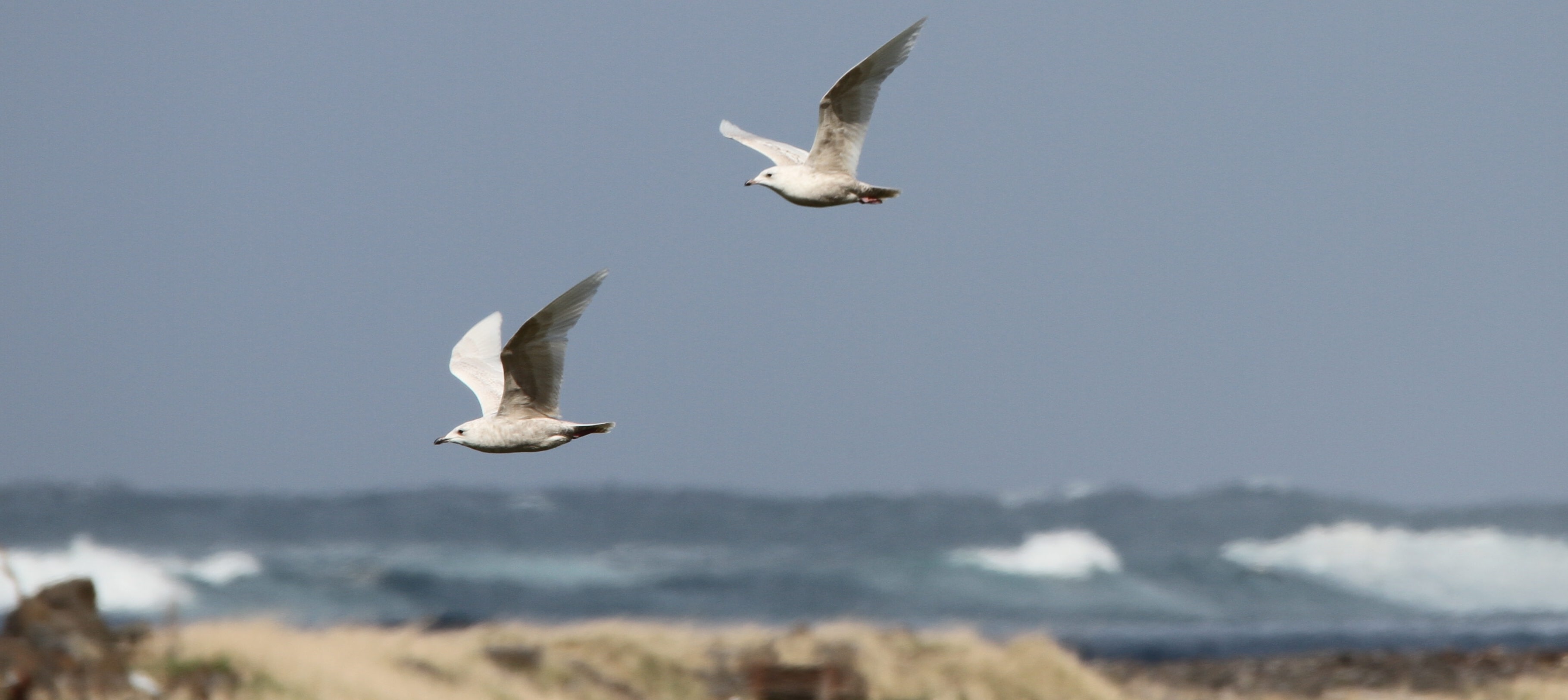
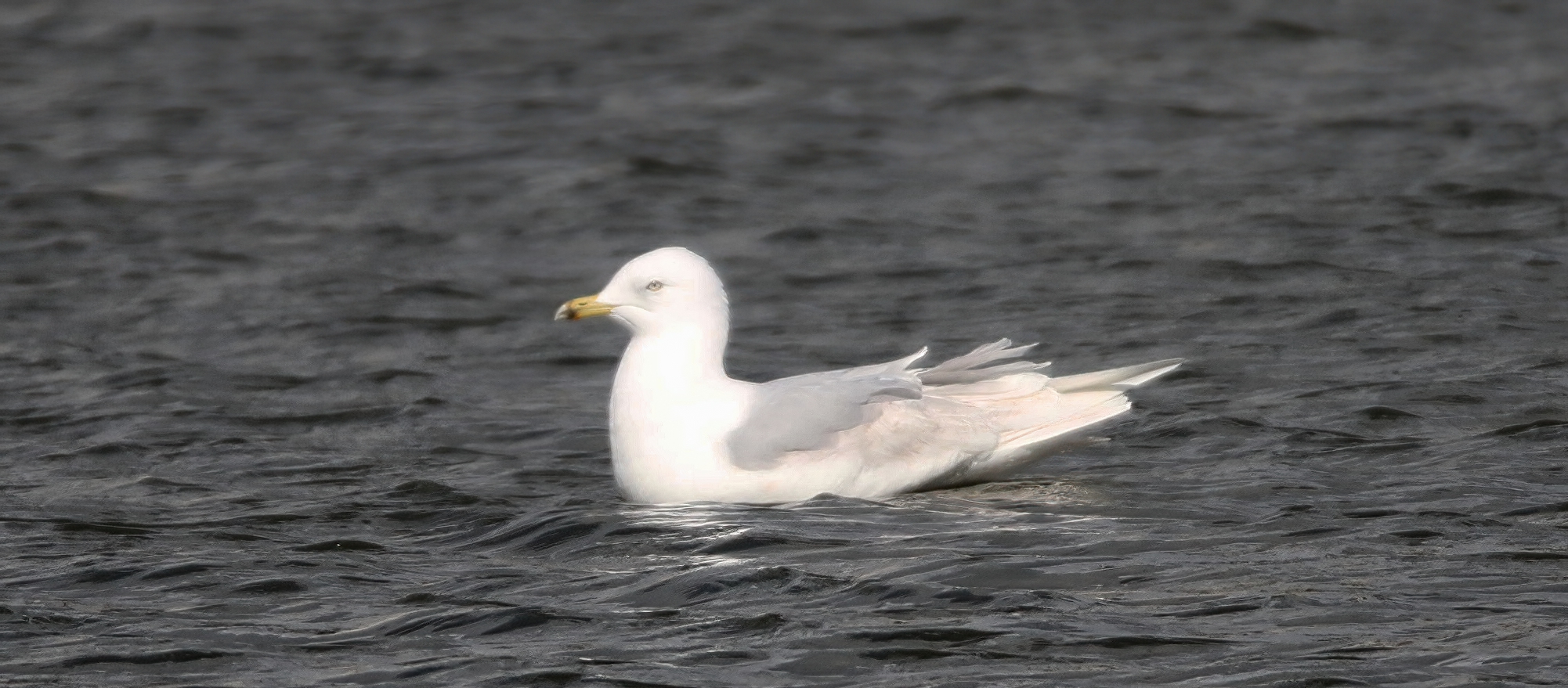
Larus glaucoides glaucoides -  Icelandic Gull
Icelandic Gull 
![]() bjartmáfur
bjartmáfur  sarki sirály (Reykjanes peninsula, Sandgerði)
sarki sirály (Reykjanes peninsula, Sandgerði)
● ssp glaucoides: European region
● found almost only in NW Reykjanes peninsula (Garður, Sandgerði) in small groups
● 1st CY birds in winter plumage in upper image, 2nd CY bird in winter plumage in lower image
● most of the birds found in this week were juveniles, the only one almost adult (2CY) bird was spotted (lower picture) in the middle of lake Tjörnin, Reykjavík
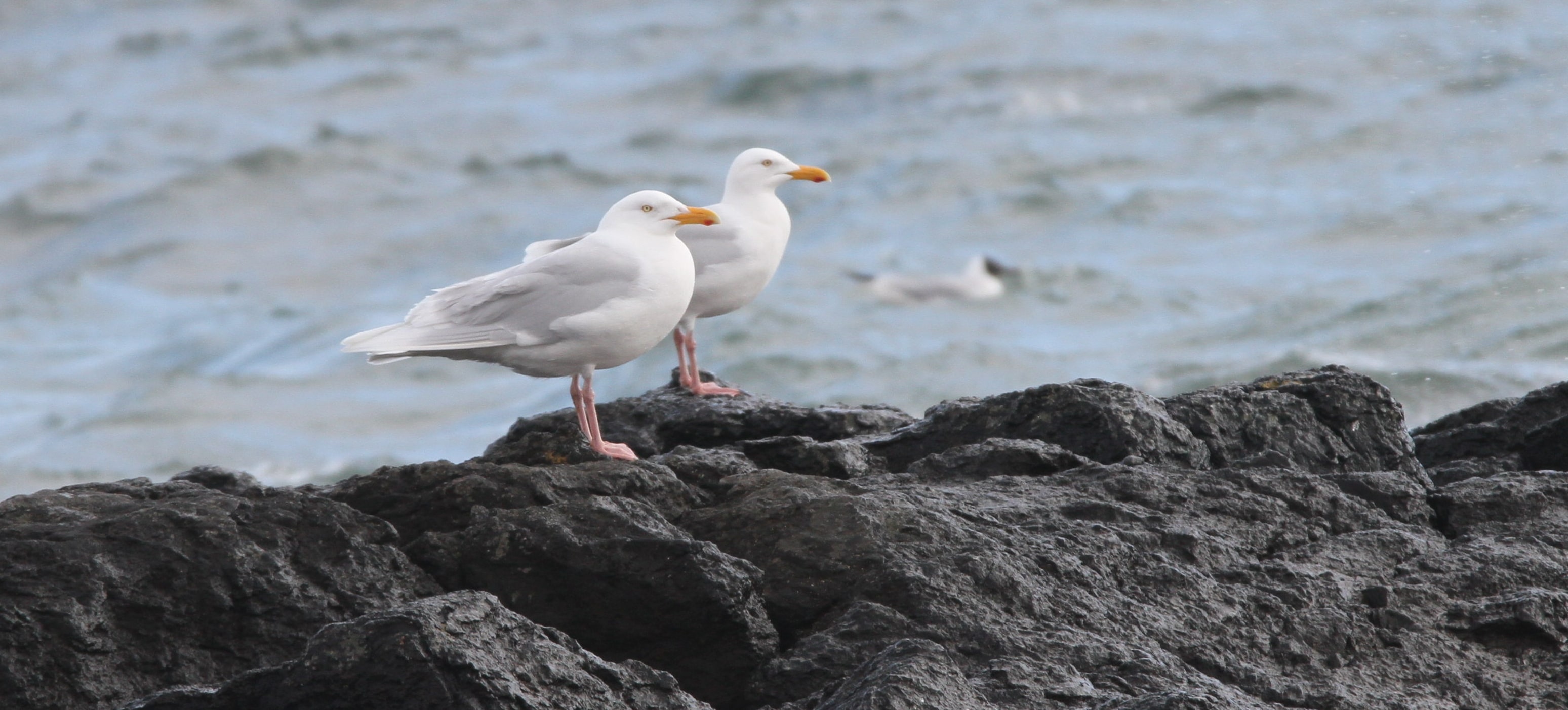
Larus hyperboreus leuceretes -  Glaucous Gull
Glaucous Gull 
![]() hvítmáfur
hvítmáfur  jeges sirály (Snæfellsnes peninsula, Ytri Tunga)
jeges sirály (Snæfellsnes peninsula, Ytri Tunga)
● ssp leuceretes: region from NE Canada to Iceland, paler than nominate
● adult birds in summer plumage
● in small groups in NW Reykjanes peninsula (Garður, Sandgerði), Snæfellsnes peninsula (Arnarstapi, Ytri-Tunga) and in Westman Islands (Heimaey); + some vagrant juvenile here and there (1 juv in Reykjavík's old harbour)
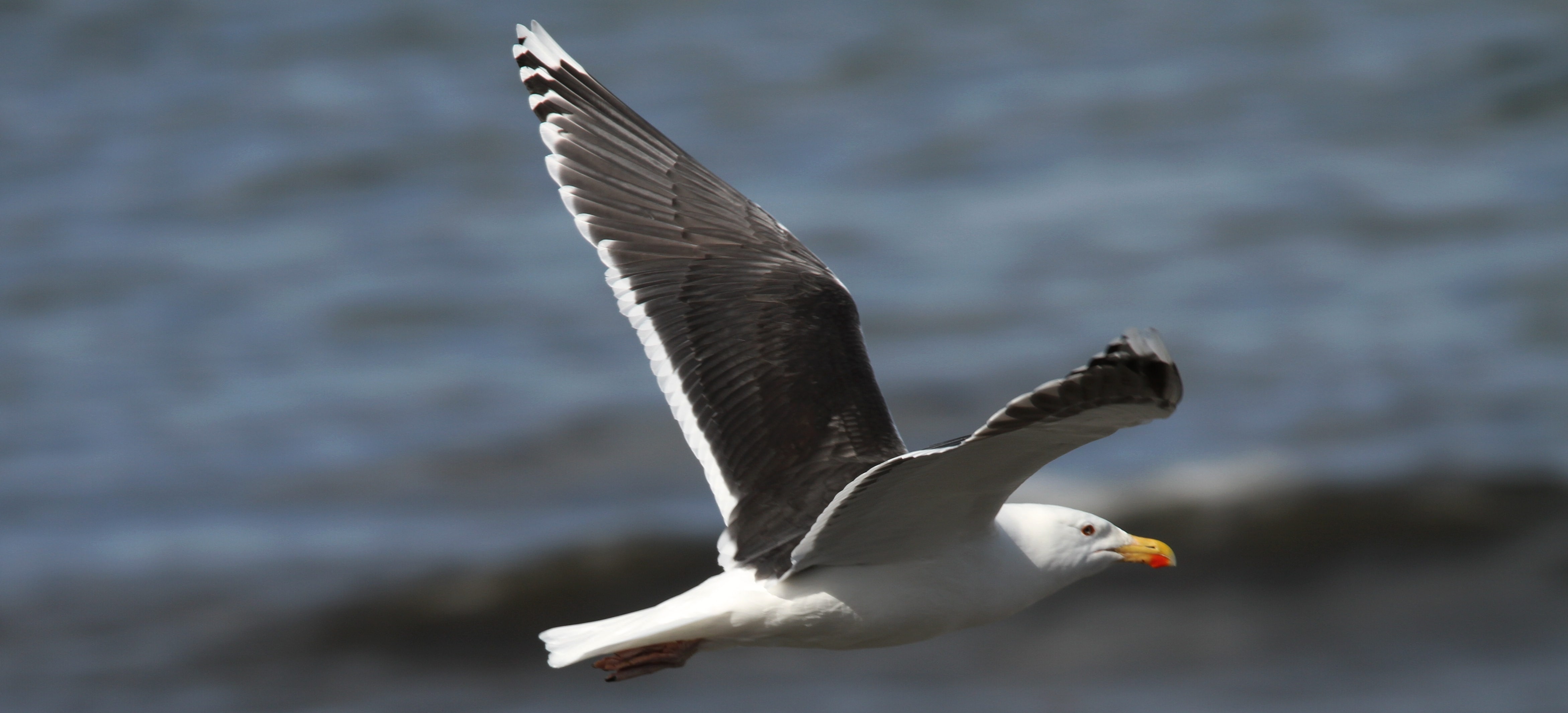
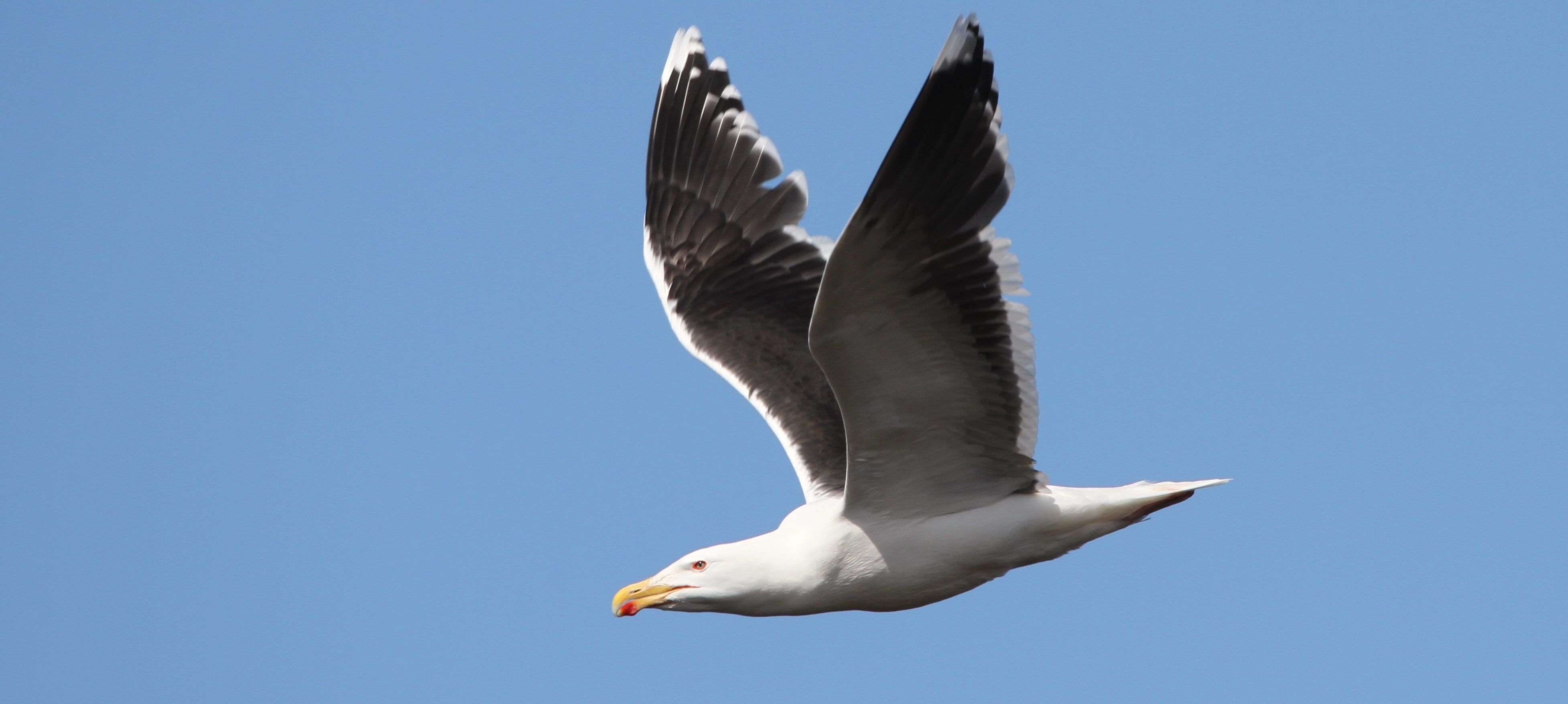
Larus marinus -  Greater Black-backed Gull
Greater Black-backed Gull 
![]() svartbakur
svartbakur  dolmányos sirály (Reykjanes peninsula, Sandgerði)
dolmányos sirály (Reykjanes peninsula, Sandgerði)
➤ flight calls at Garður ➤
● adult birds in summer plumage in photos
● huge sea gulls with 1.7 m wingspan
● only seen near open sea regions in small and loose groups; found in large numbers in Geldinganes peninsula
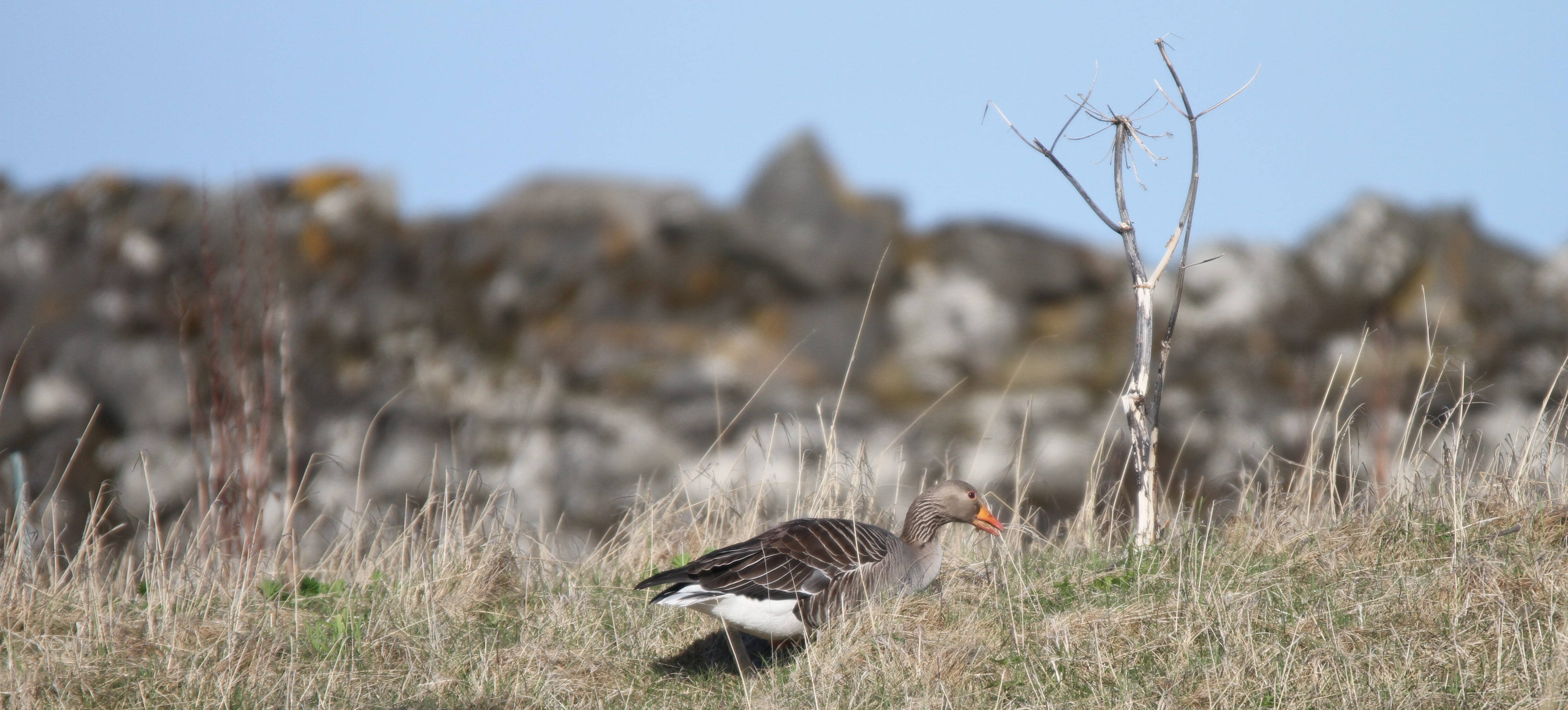
Anser anser anser -  Greyleg Goose
Greyleg Goose 
![]() grágæs
grágæs  nyári lúd (Reykjavík, Grótta)
nyári lúd (Reykjavík, Grótta)
● ssp anser: (nominate), somewhat darker brown feathers and more intense orange bill than on Eastern Greylag Goose (ssp rubrirostris)
● clearly the most common and widespread goose species in Iceland during this trip in every type of habitats, Pale-bellied Brent Goose (B. bernicla hrota) is 2nd on this list with also high numbers but cumulated in some larger groups, Pink-footed Goose (A. brachyrhynchus) is a much rarer species
● swans (only Whooper Swan, C. cygnus) are not common, but in low numbers they are present in most habitats
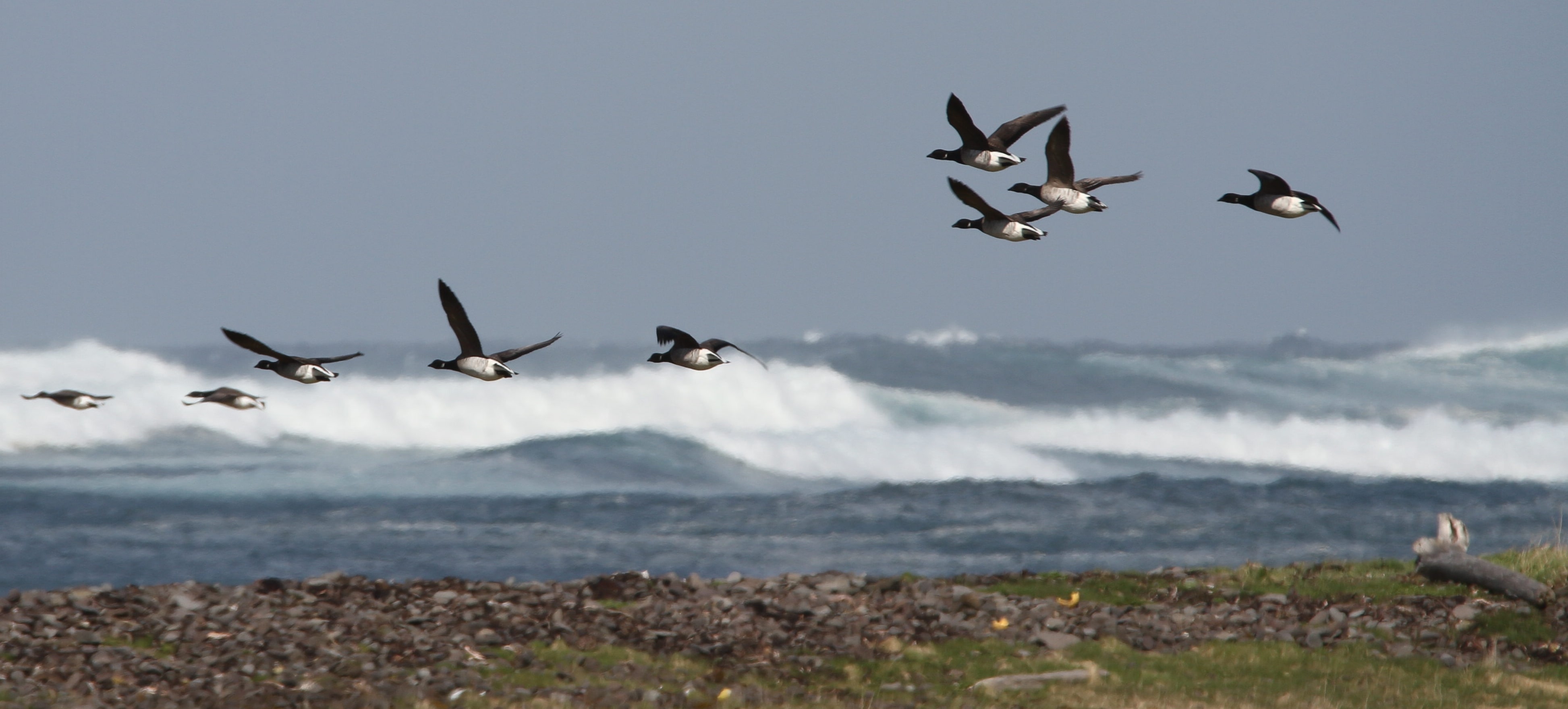
Branta bernicla hrota -  Pale-bellied Brent Goose
Pale-bellied Brent Goose 
![]() margæs
margæs  világoshasú örvös lúd (Reykjavík, Grótta)
világoshasú örvös lúd (Reykjavík, Grótta)
➤ brents playing golf ➤
● ssp hrota: pale and contrasting underparts; breeds in N Atlantic islands, winters in NE America and Ireland
● were mostly numerous in Grótta and Snæfellsnes peninsula (flocks of 300-500 geese)
● some of them had white rings on their feet
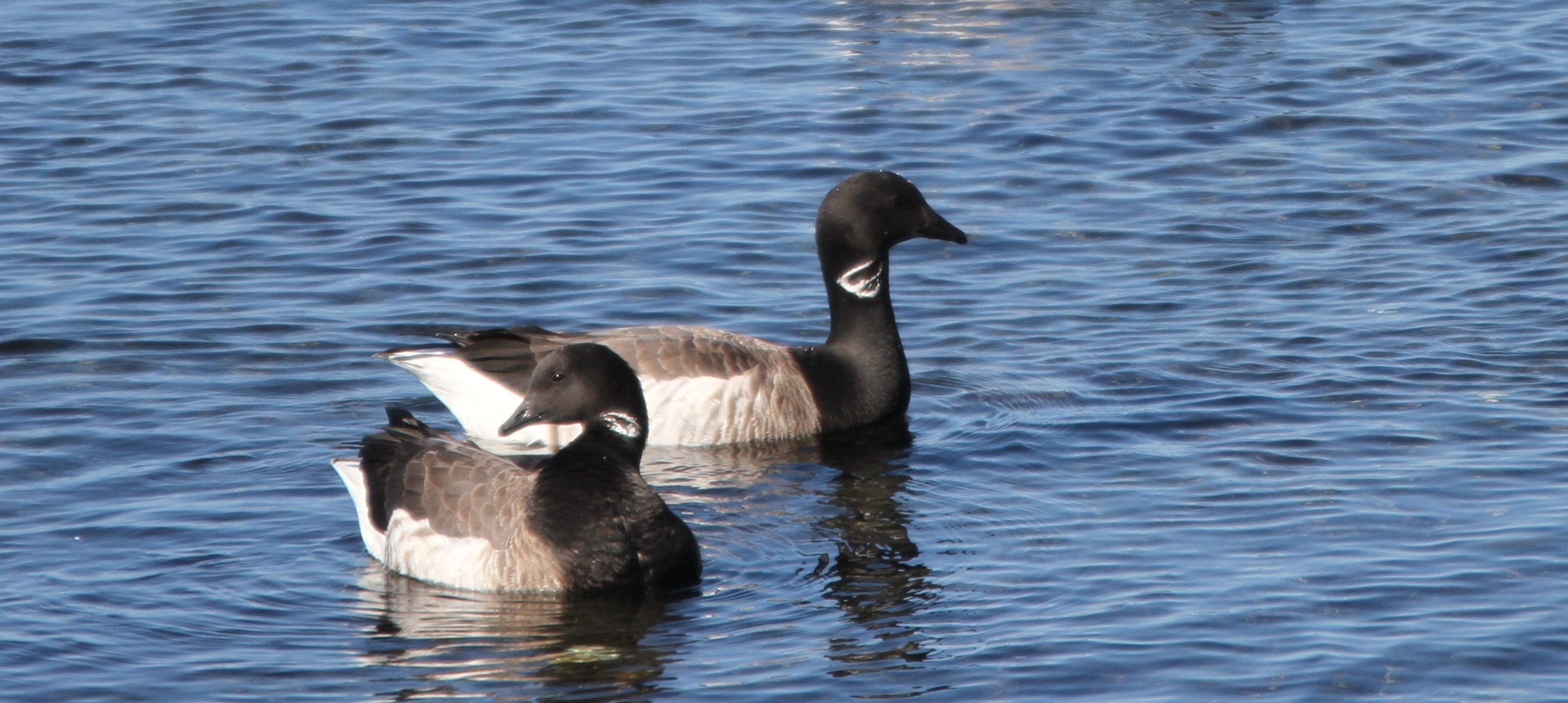
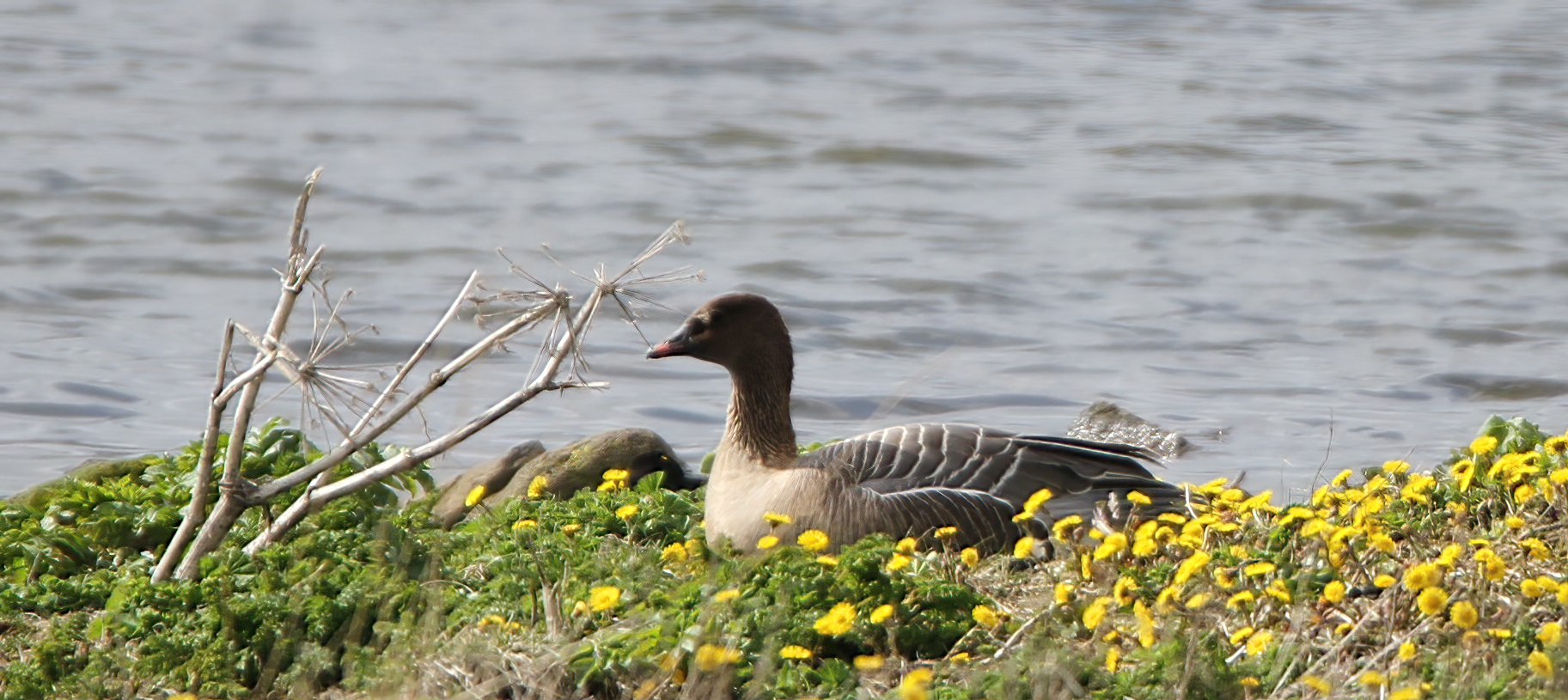
Anser brachyrhynchus -  Pink-footed Goose
Pink-footed Goose 
![]() heiðagæs
heiðagæs  rövidcsőrú lúd (Reykjavík, Vatnsmýrin)
rövidcsőrú lúd (Reykjavík, Vatnsmýrin)
● a single bird was seen by huge luck in Vatnsmýrin on the first day, and a small group of 5 flying geese at Garður on the last one
● Iceland is the most important breeding site of the species
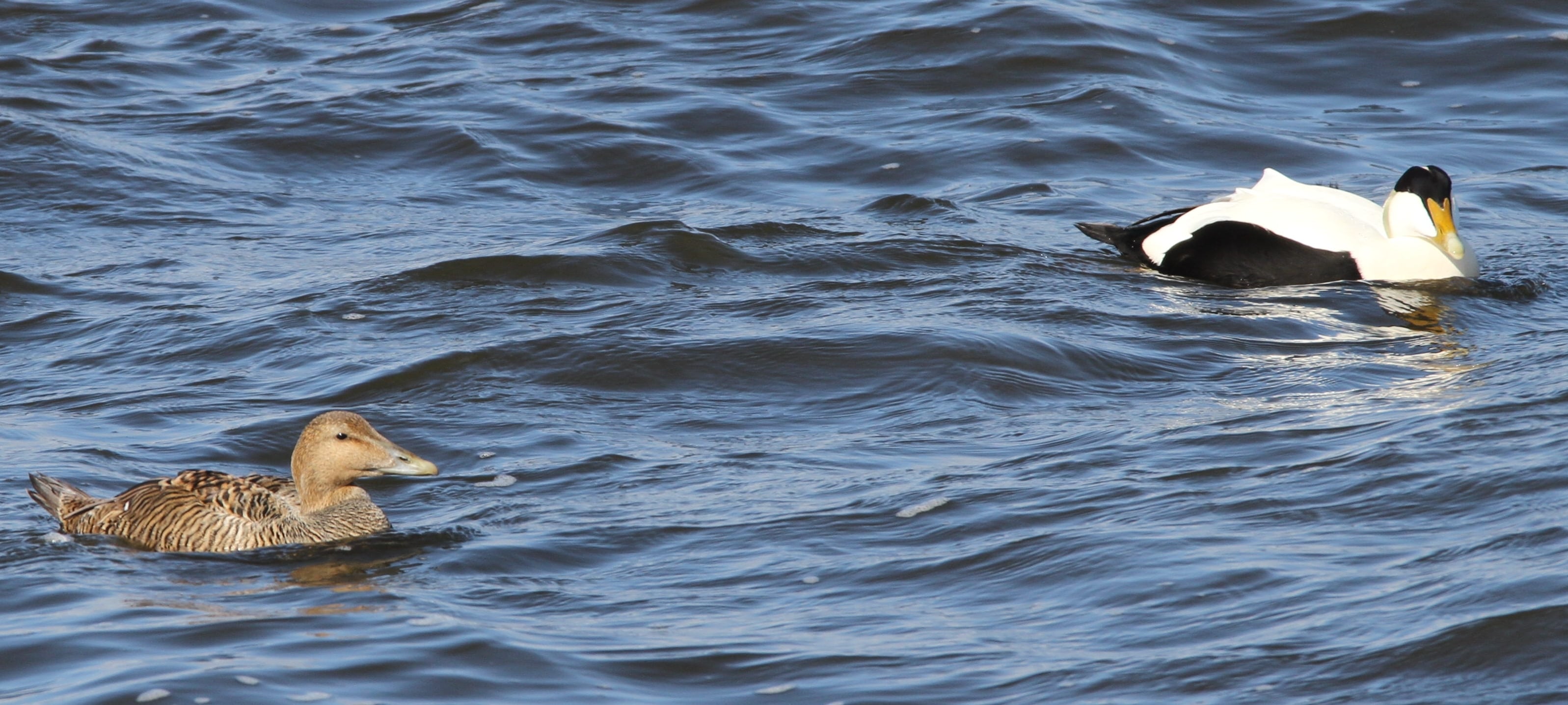
Somateria mollissima borealis -  Northern Eider
Northern Eider 
![]() æðarfugl
æðarfugl  pehelyréce (Reykjavík, lake Tjörnin)
pehelyréce (Reykjavík, lake Tjörnin)
● ssp borealis: bright yellow-orange colours on bill and feet, and scapular sails on the back of drakes; breeds in Arctic Atlantic regions, winters in NE America
● common everywhere, and lives an intersting greagarious coastal-pelagic life
● Obviously Northern Eider was the most abundant duck species in Iceland during this tour, considering exact numbers 2nd is Mallard (A. platyrhynchos platythynchos) and 3rd is Tufted Duck (A. fuligula). After these dominant and abundant species, some other species were found here and there, too: Long-tailed Duck (C. hyemalis), Greater Scaup (A. marila marila), Eurasian Wigeon (A. penelope), Gadwall (A. strepera strepera), Eurasian Teal (A. crecca crecca) and Harlequin Duck (H. histronicus).
● Unfortunately, Barrow's Goldeneye (B. islandica) was not accessible in this trip due its to too big distances from Reykjavík (Lake Myvatn, NE Iceland). According to eBird, it can be found sometimes in much closer locations, too.
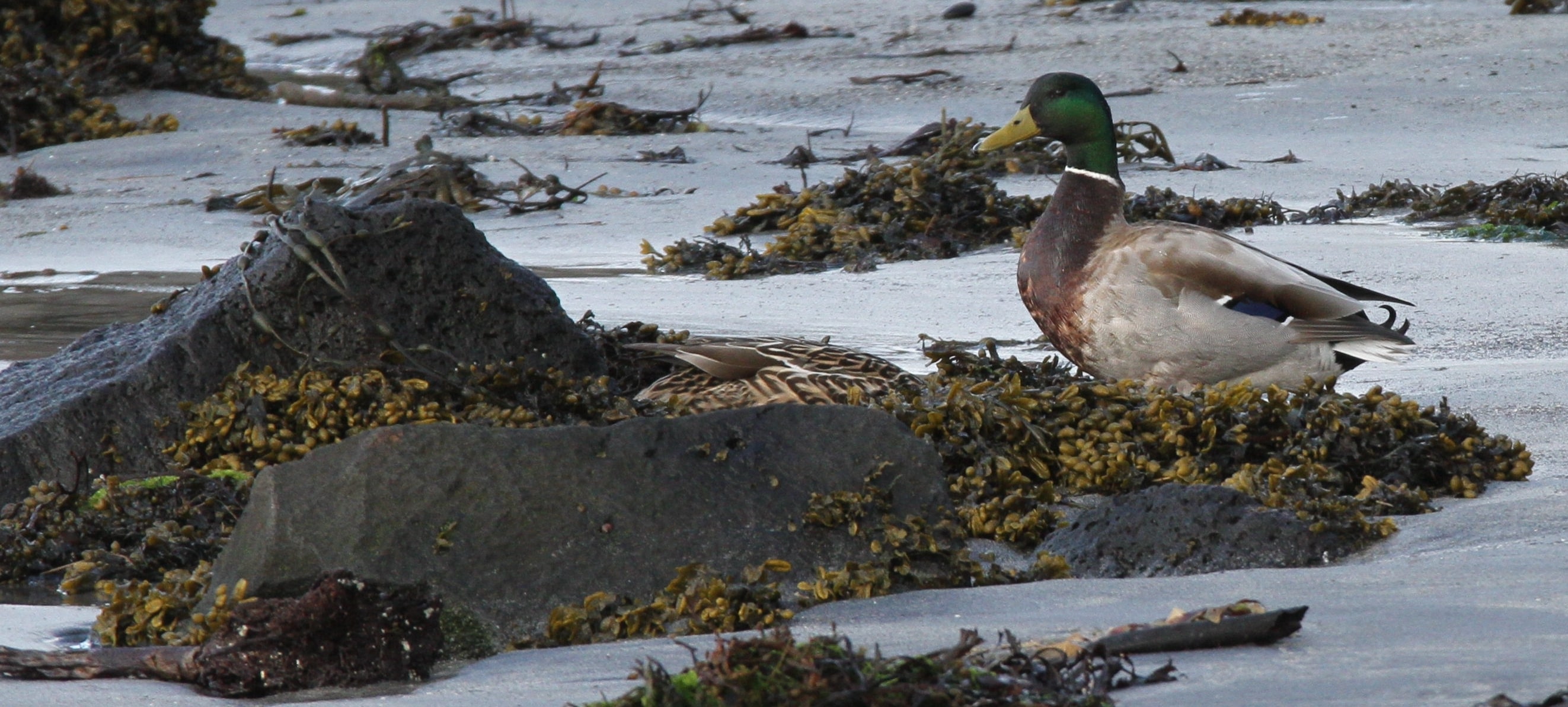
A. platyrhynchos platyrhynchos |
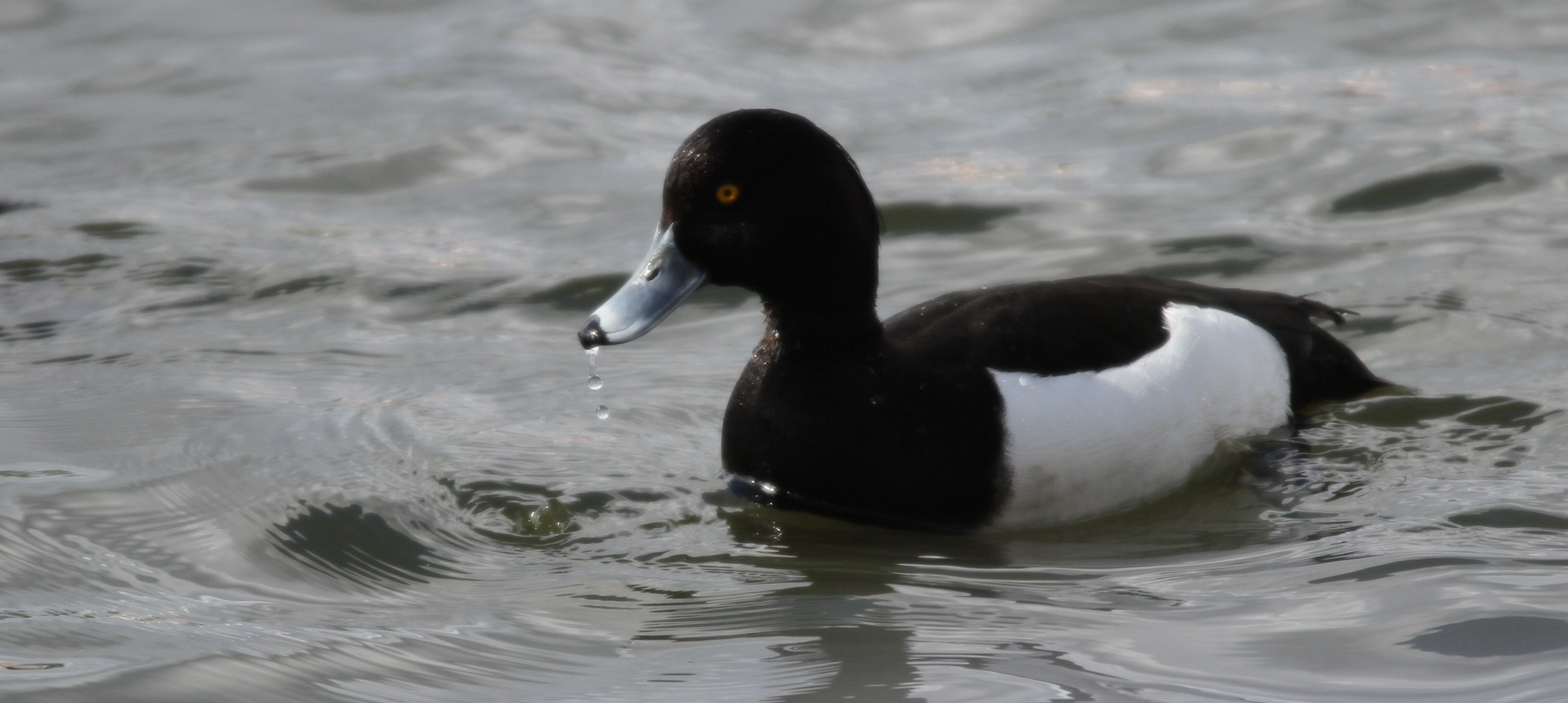
A. fuligula |
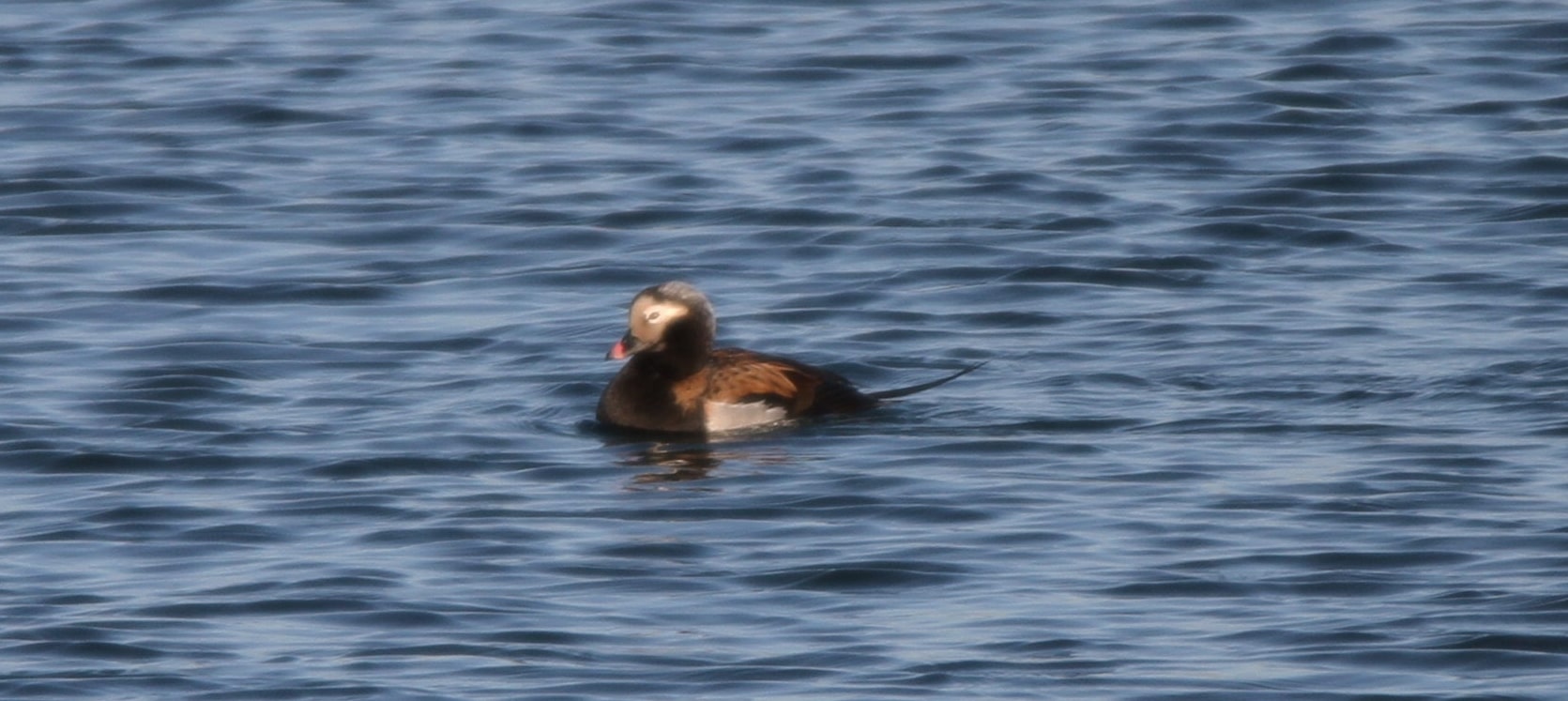
C. hyemalis |
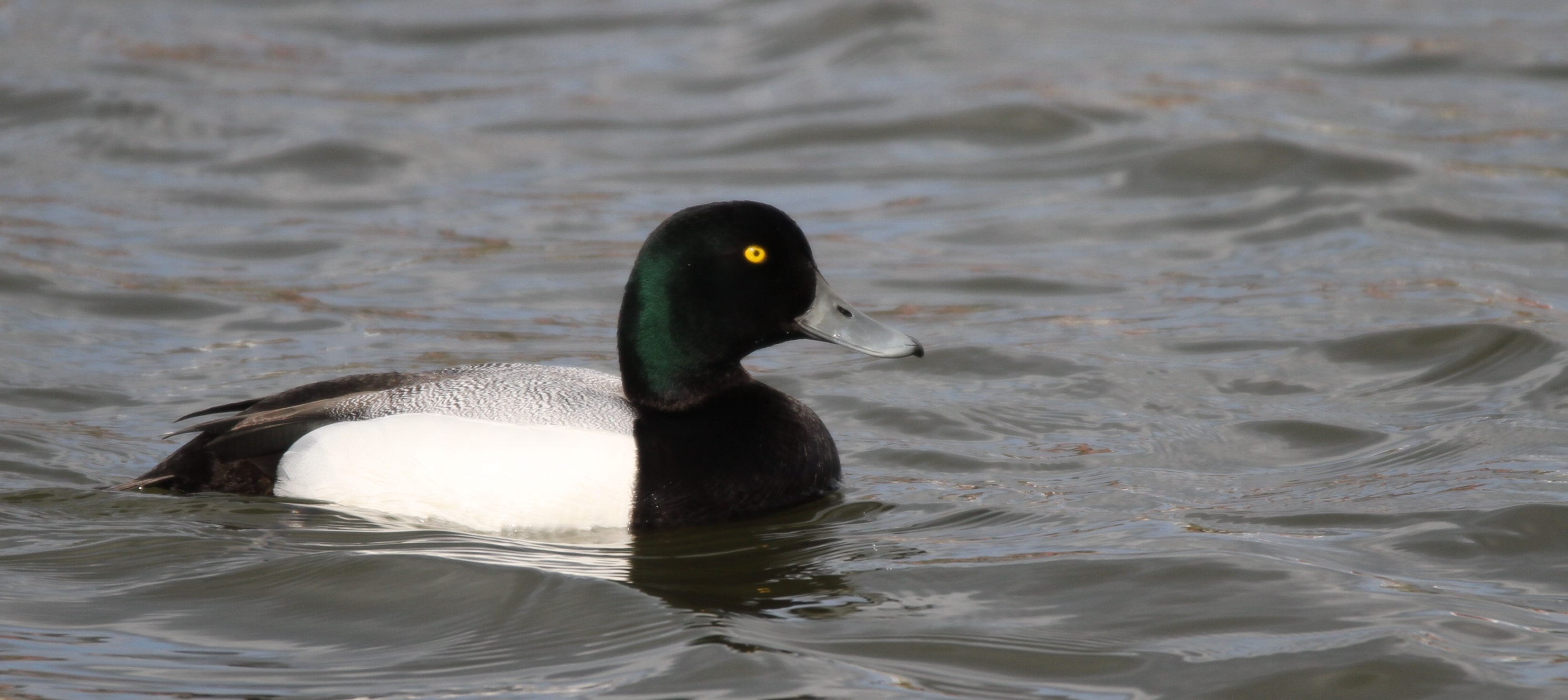
A. marila marila |
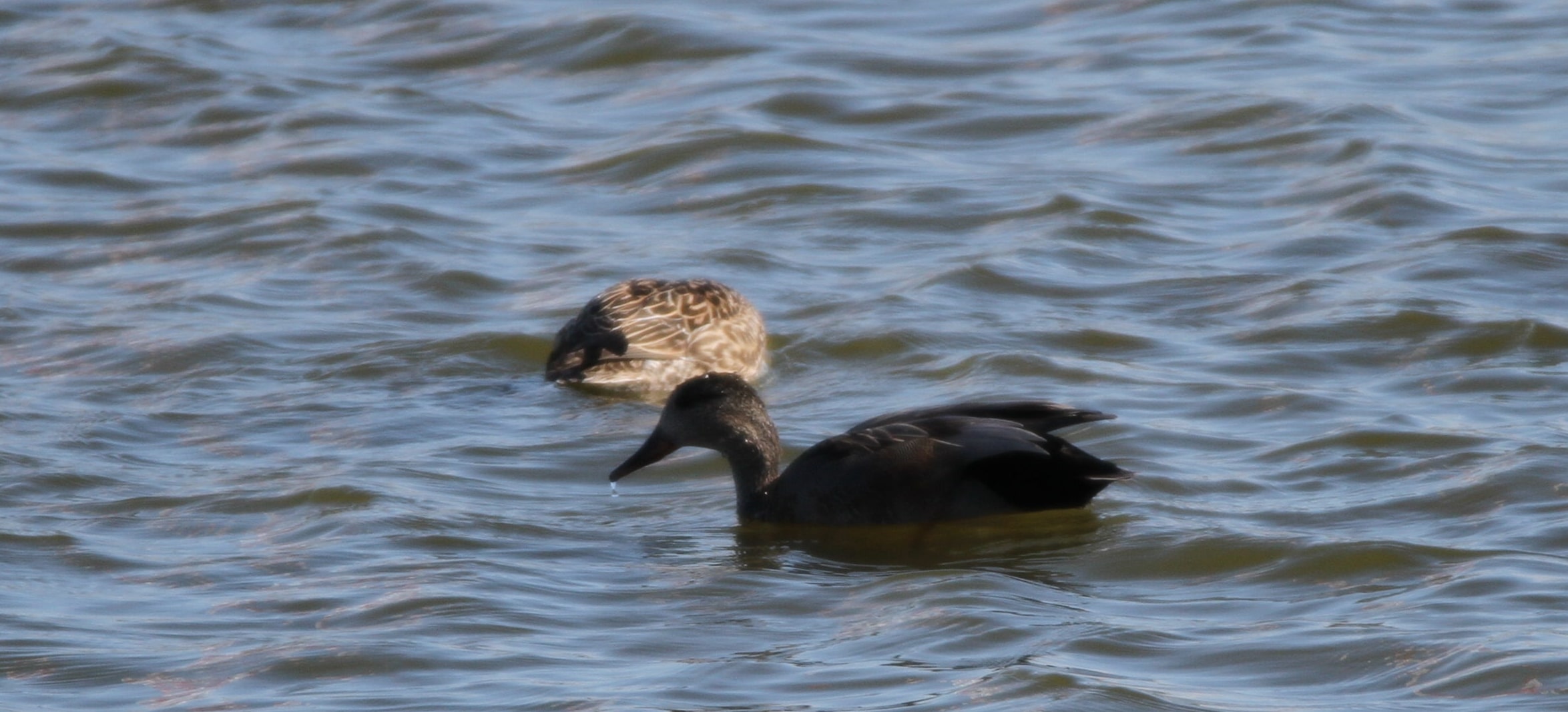
A. strepera strepera |
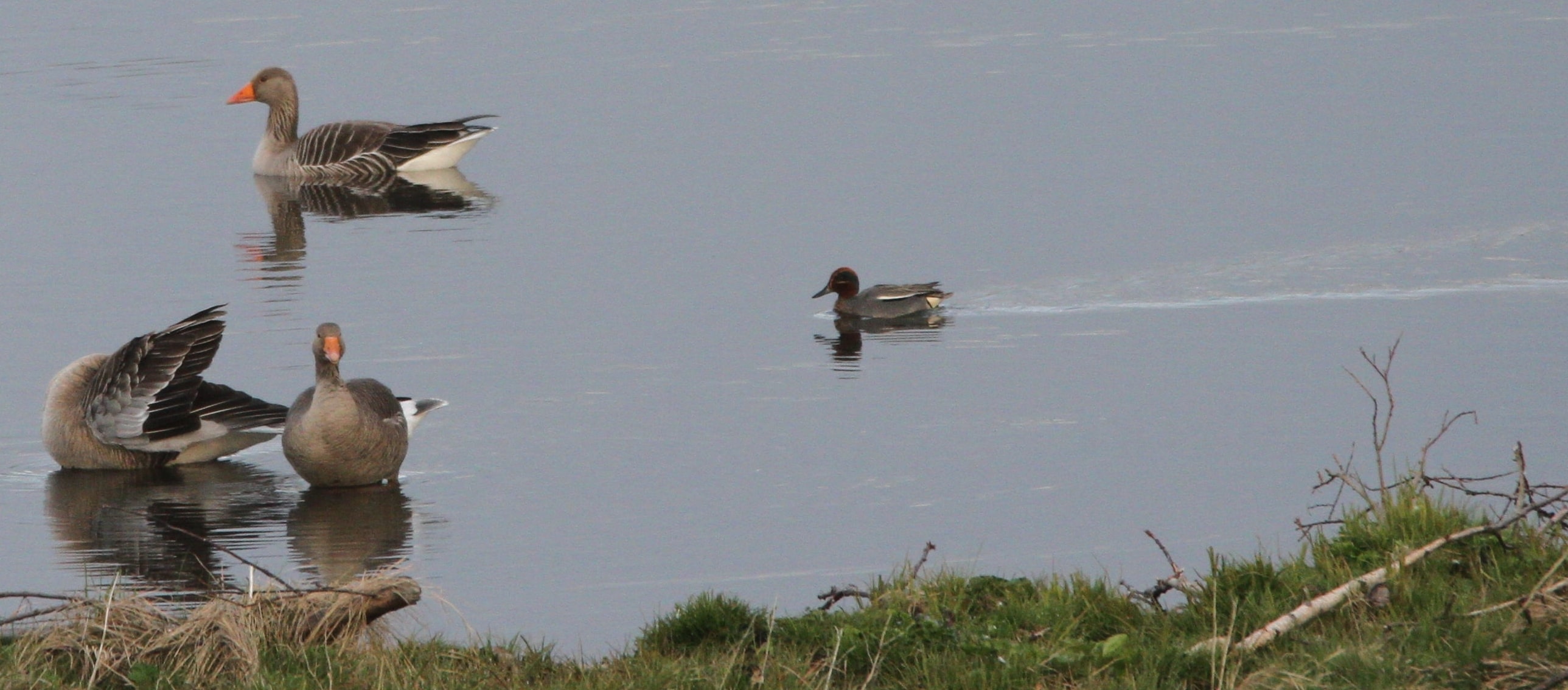
A. crecca crecca |
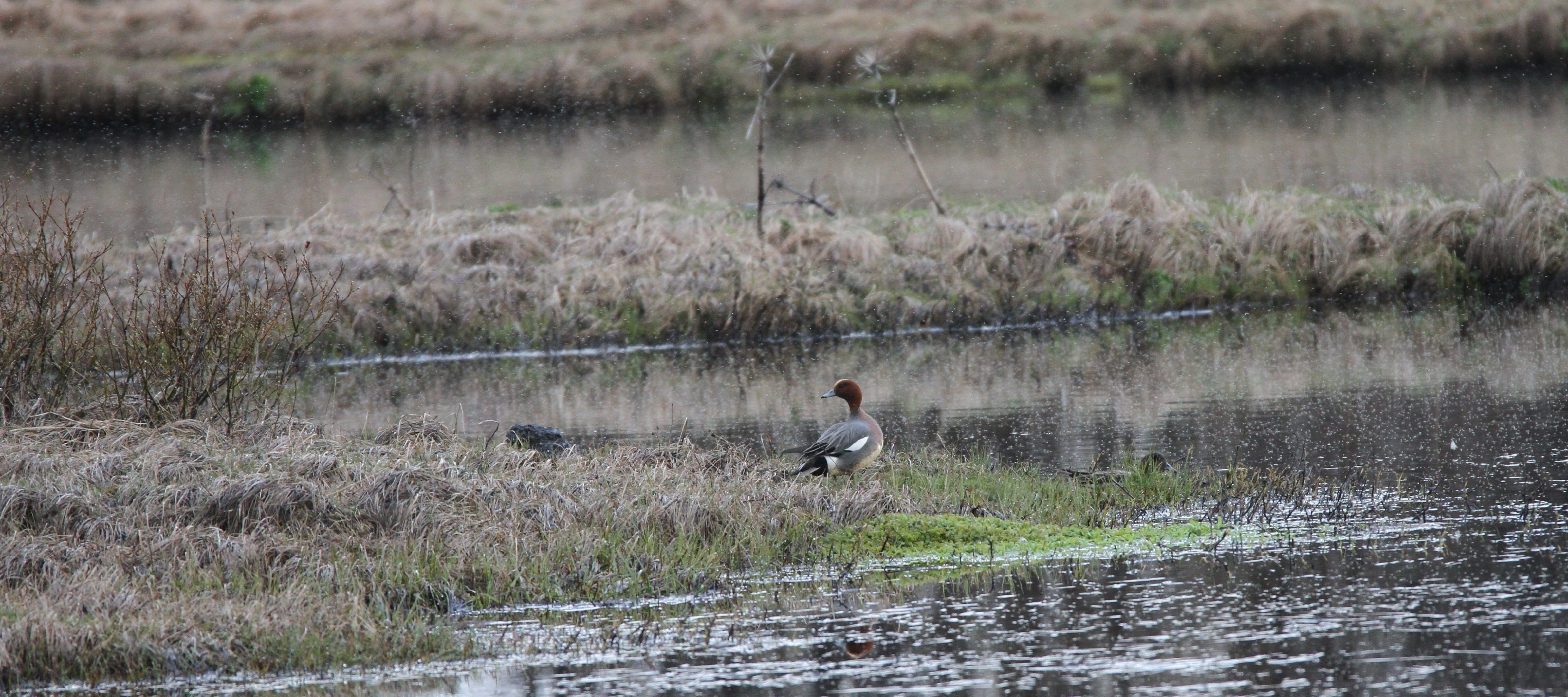
Anas penelope -  Eurasian Wigeon
Eurasian Wigeon 
![]() rauðhöfðaönd
rauðhöfðaönd  fütyülő réce (Reykjavík, Heiðmörk)
fütyülő réce (Reykjavík, Heiðmörk)
● not too common in Iceland, seen only a few of them in Grótta and in Heiðmörk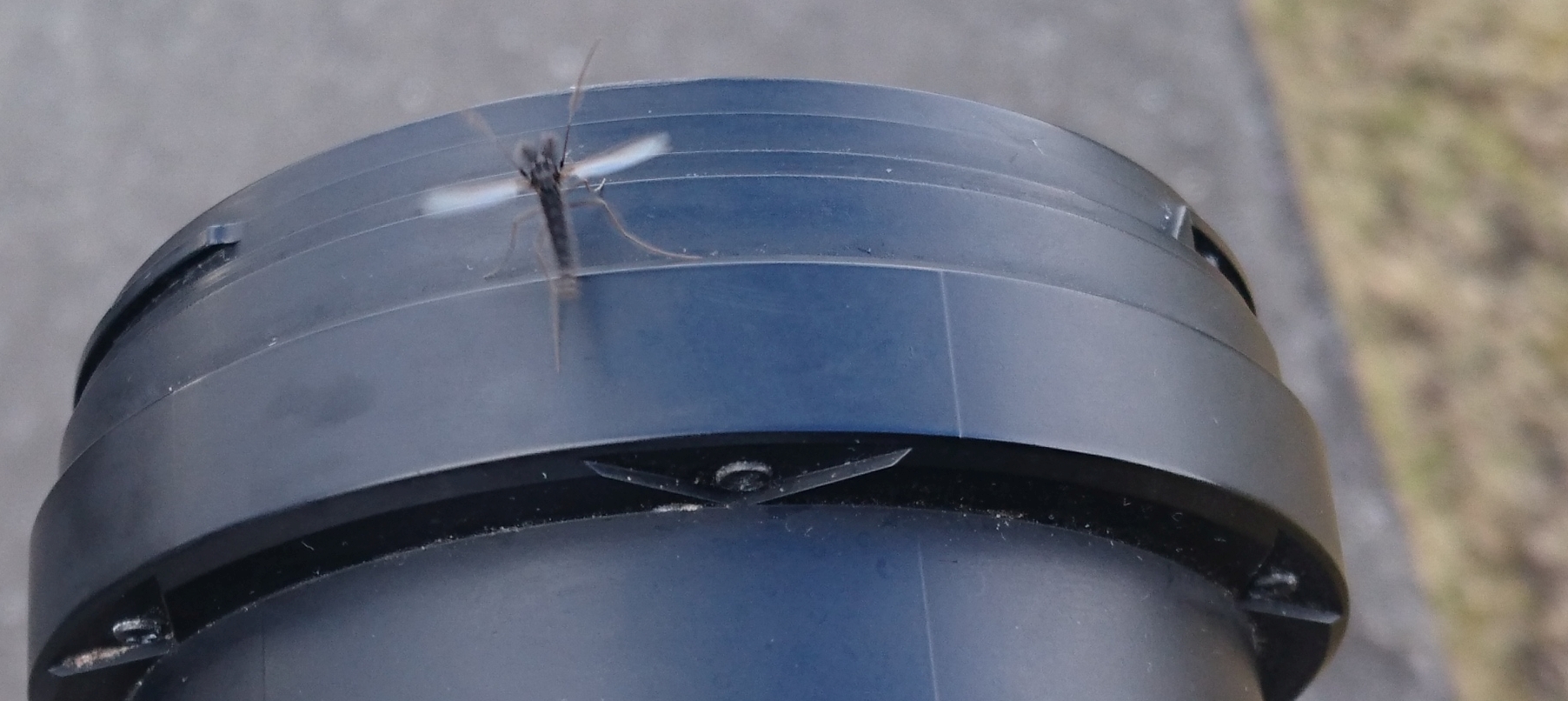
+ swarming hordes of midges (Chironomus islandicus (árvaszúnyog sp)) ➤
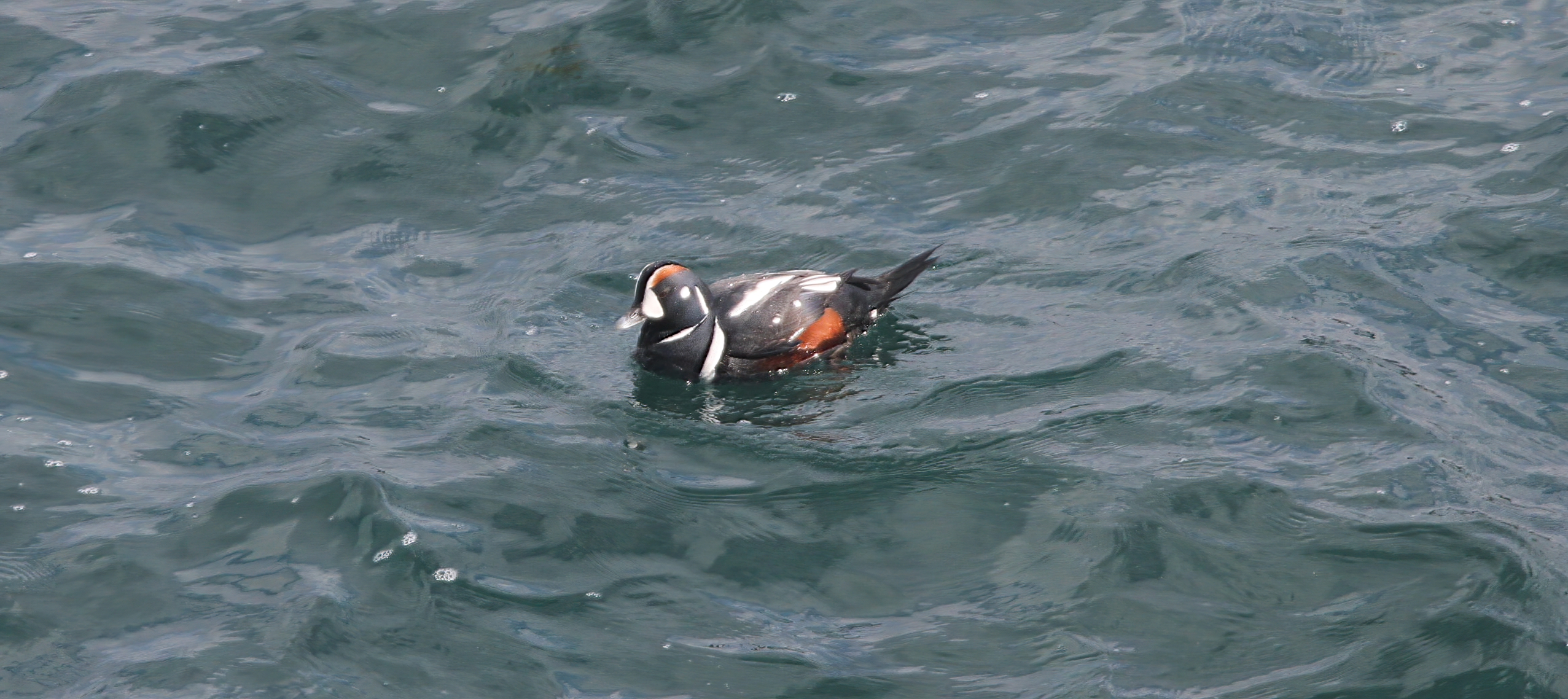
Histrionicus histrionicus -  Harlequin Duck
Harlequin Duck 
![]() straumönd
straumönd  tarka réce (Snæfellsnes peninsula, Arnarstapi)
tarka réce (Snæfellsnes peninsula, Arnarstapi)
● only one pair at Arnarstapi under coastal cliffs and a single flying female from afar in Heimaey
● the Icelandic name refers to its habitat as it lives in fast moving streams, I saw them twice, both in the very dangerous-looking wave breaking zone at the rocky coast
● this upper image doesn't represent this habitat well, the next one - with the shags - would show this much better
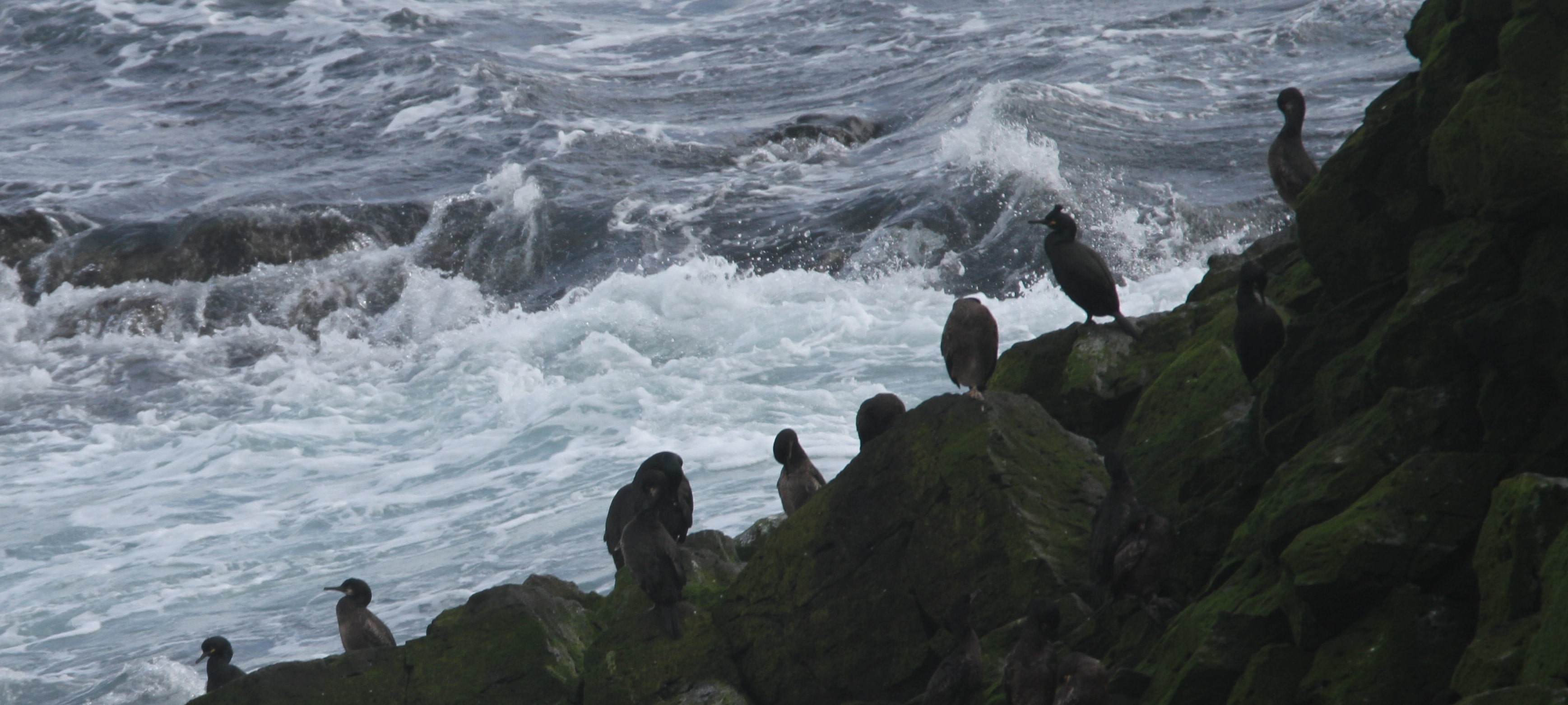
Phalacrocorax aristotelis aristotelis -  Shag
Shag 
![]() toppskarfur
toppskarfur  üstökös kárókatona (Snæfellsnes peninsula, Arnarstapi)
üstökös kárókatona (Snæfellsnes peninsula, Arnarstapi)
● a single bird in Grótta (with some Great Cormorants (Ph. carbo carbo)) and a homogeneous group of 30 Shags in Arnarstapi
● the nominate (aristotelis) subspecies lives on a wide territory from Iceland to the Iberian Peninsula
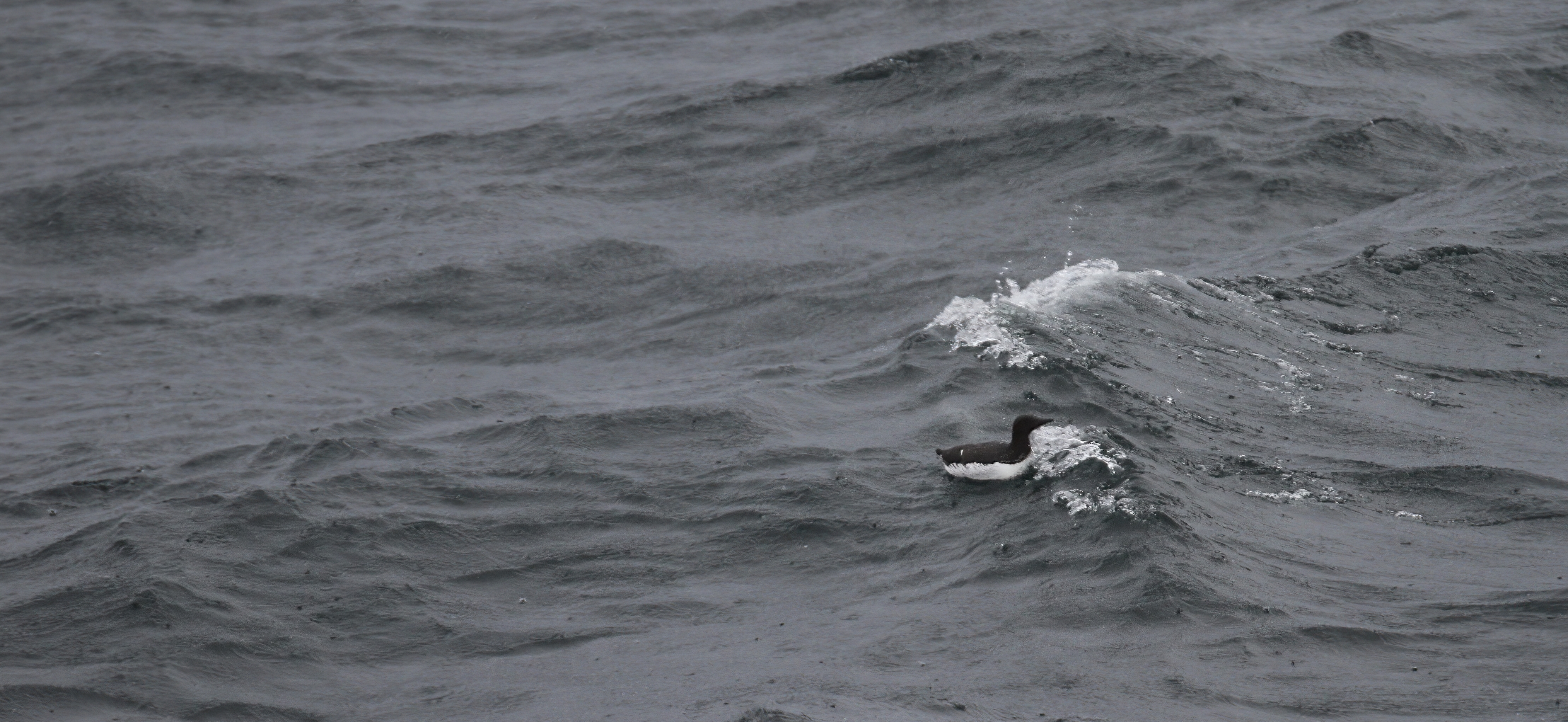
Uria aalge aalge -  Common Guillemot
Common Guillemot 
![]() langvía
langvía  lumma (Faxaflói)
lumma (Faxaflói)
● always seen on the edge of open sea regions in small loose groups (Snæfellsnes, Faxaflói, Heimaey)
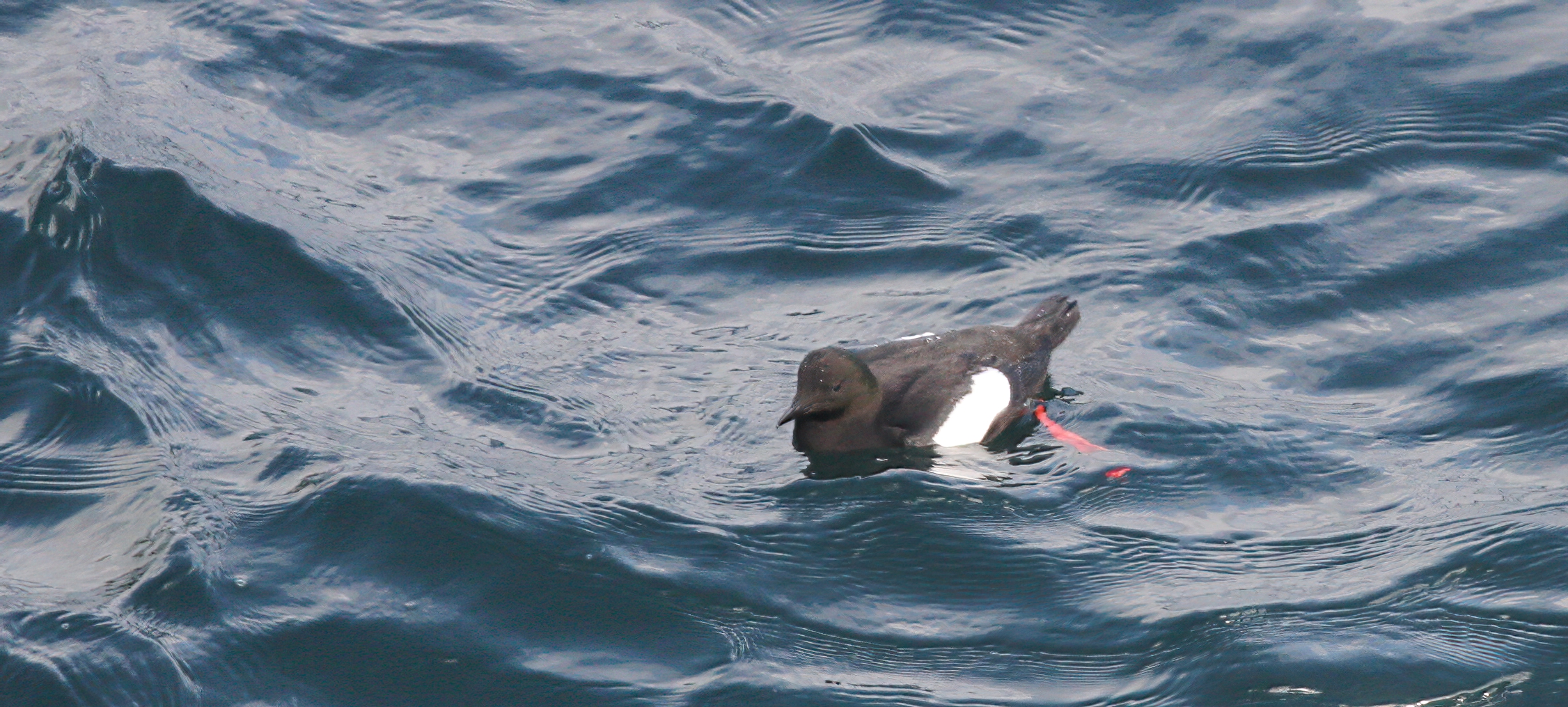
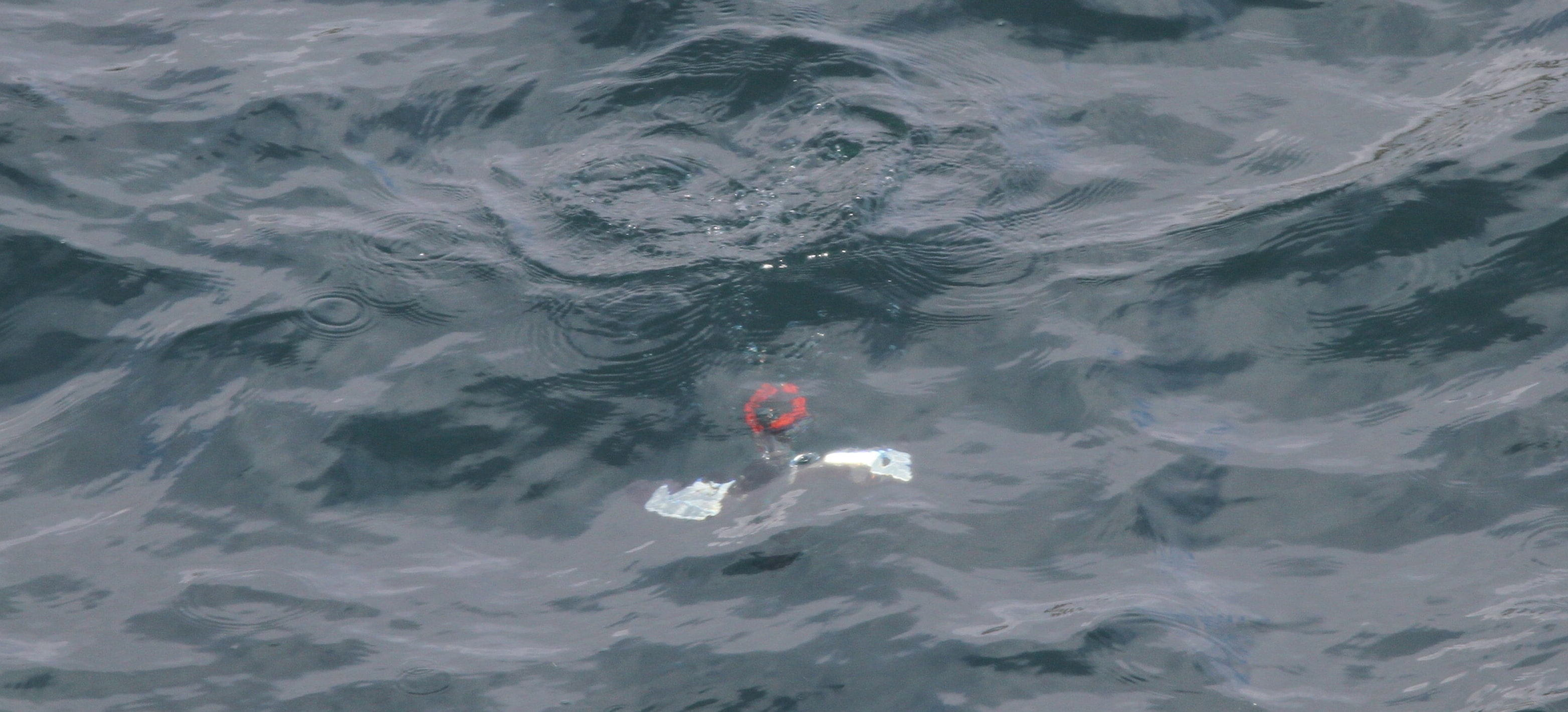
Cepphus grylle islandicus -  Icelandic Black Guillemot
Icelandic Black Guillemot 
![]() teista
teista  fekete lumma (Snæfellsnes peninsula, Arnarstapi)
fekete lumma (Snæfellsnes peninsula, Arnarstapi)
● ssp islandicus: endemic Icelandic distribution
● seen as single or paired birds, never in groups (Reykjanes, Snæfellsnes and Heimaey)
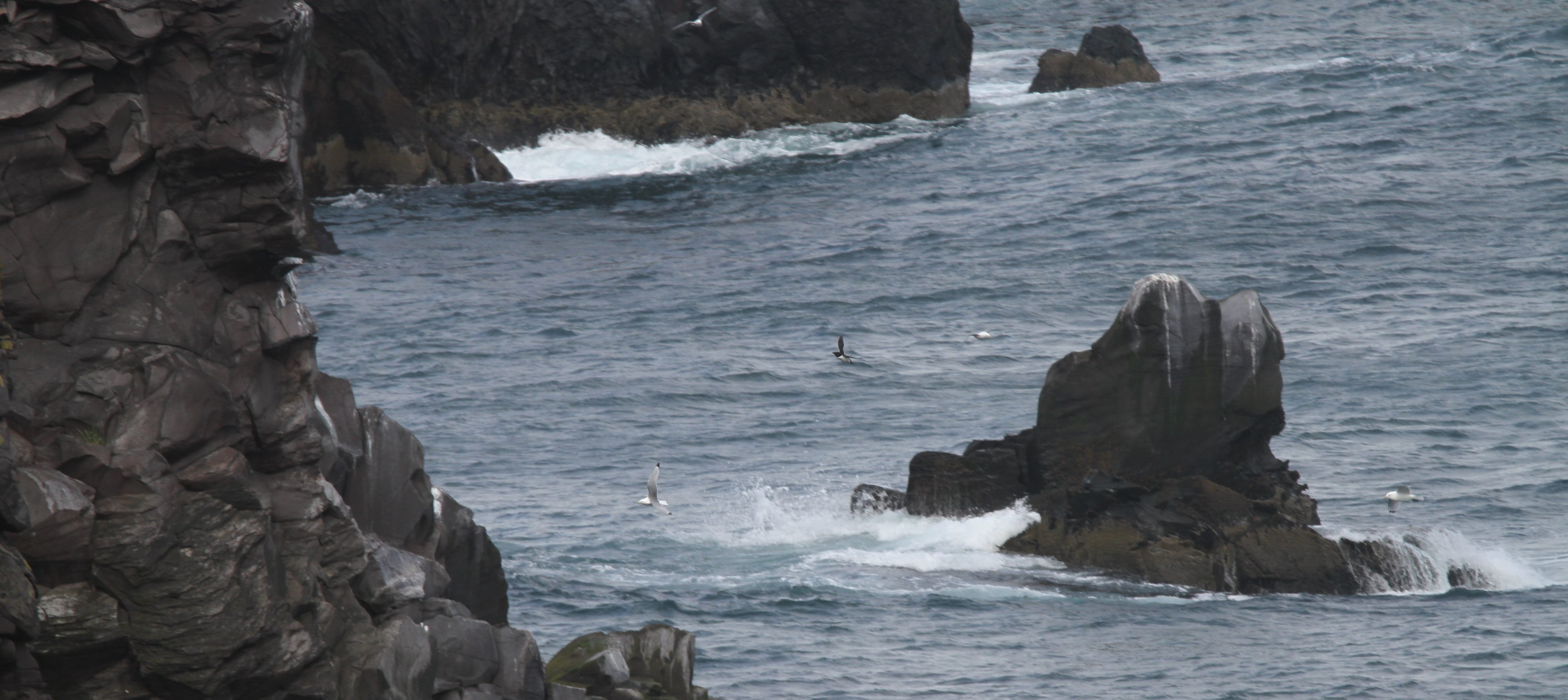
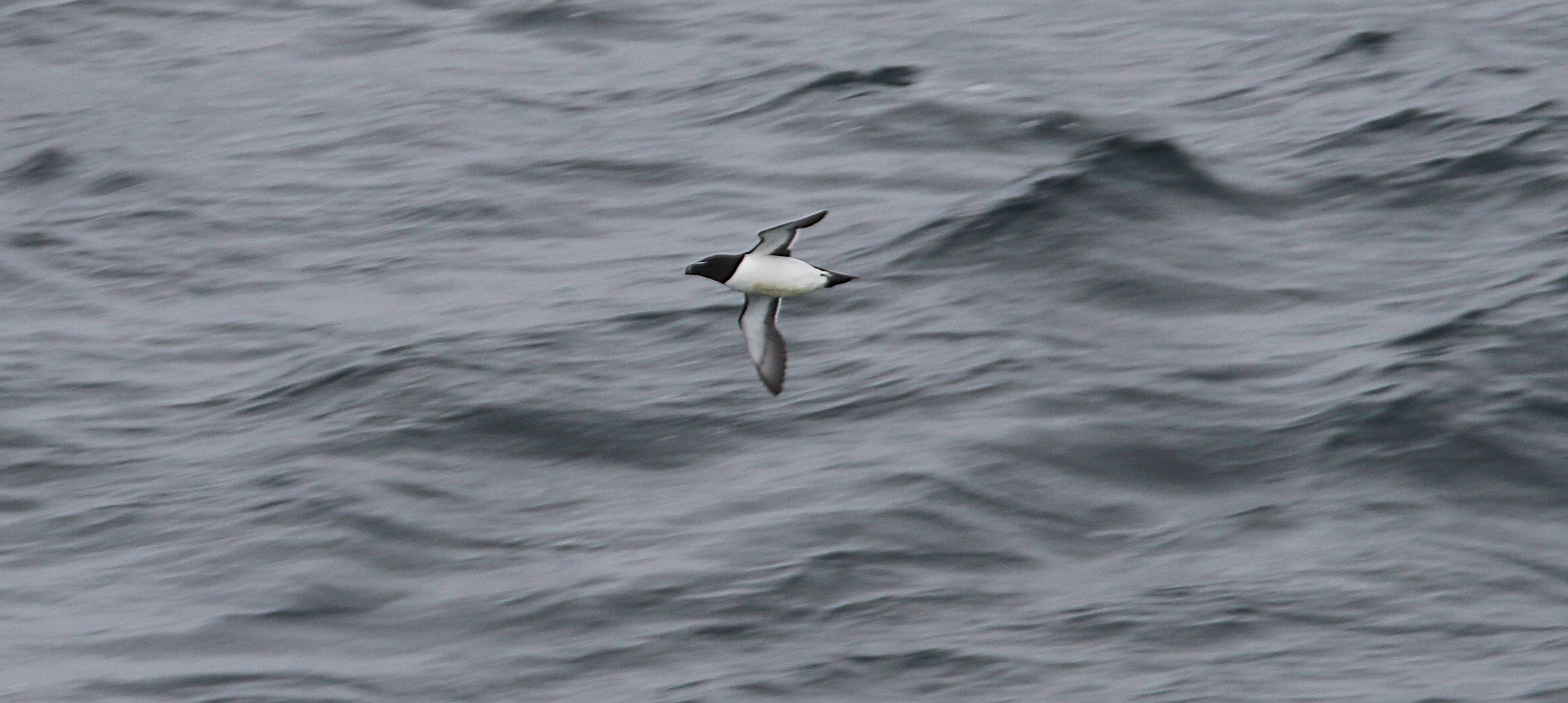
Alca torda islandica (syn. britannica) -  Razorbill
Razorbill 
![]() álka
álka  alka (Snæfellsnes peninsula, Hellnar)
alka (Snæfellsnes peninsula, Hellnar)
● ssp islandica: distribution area from Iceland to N France
● syn britannica: synonymous old name, merged into ssp islandica
● always in tight groups of 5-10-20 birds at open sea areas, largest group (~30) at Heimaey coastline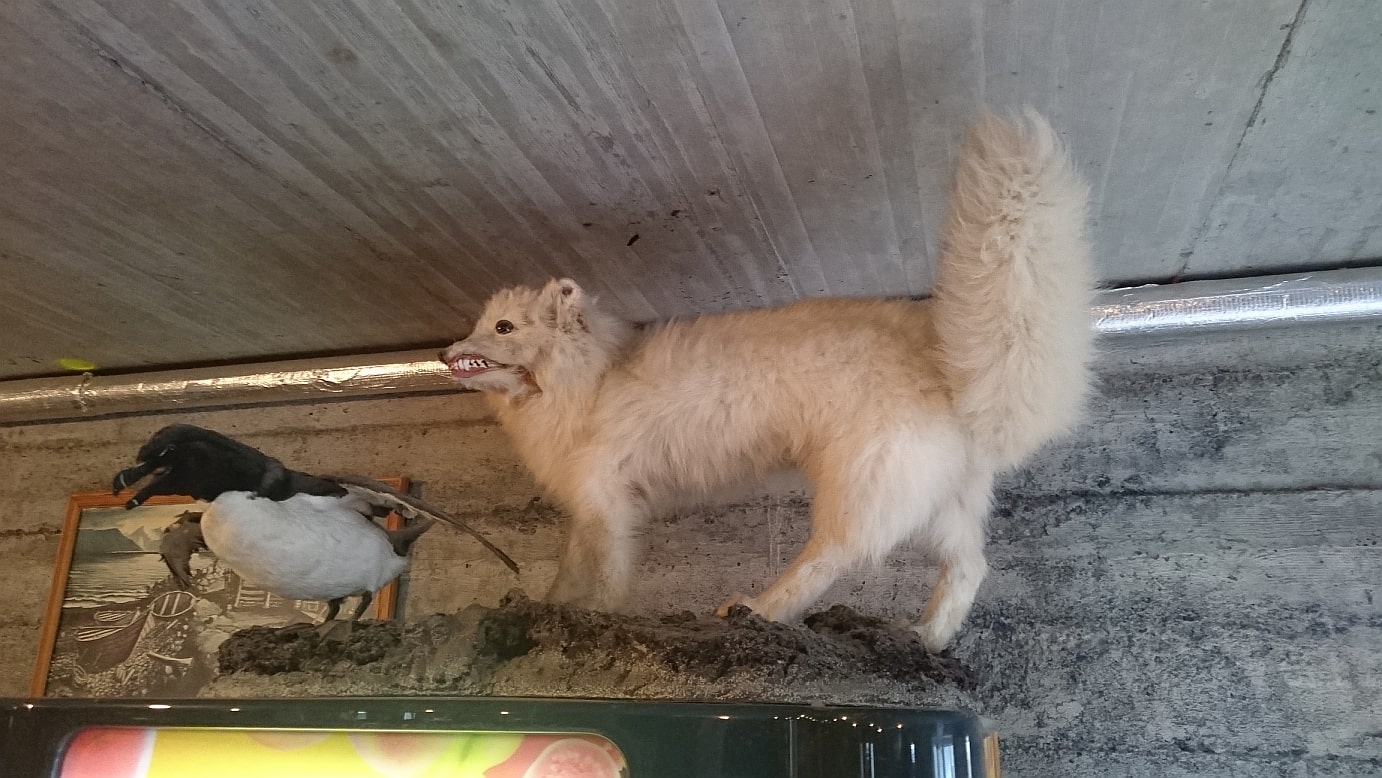
● and an interesting composition in Efstidalur, in the famous farm of icecreams of Iceland ➤
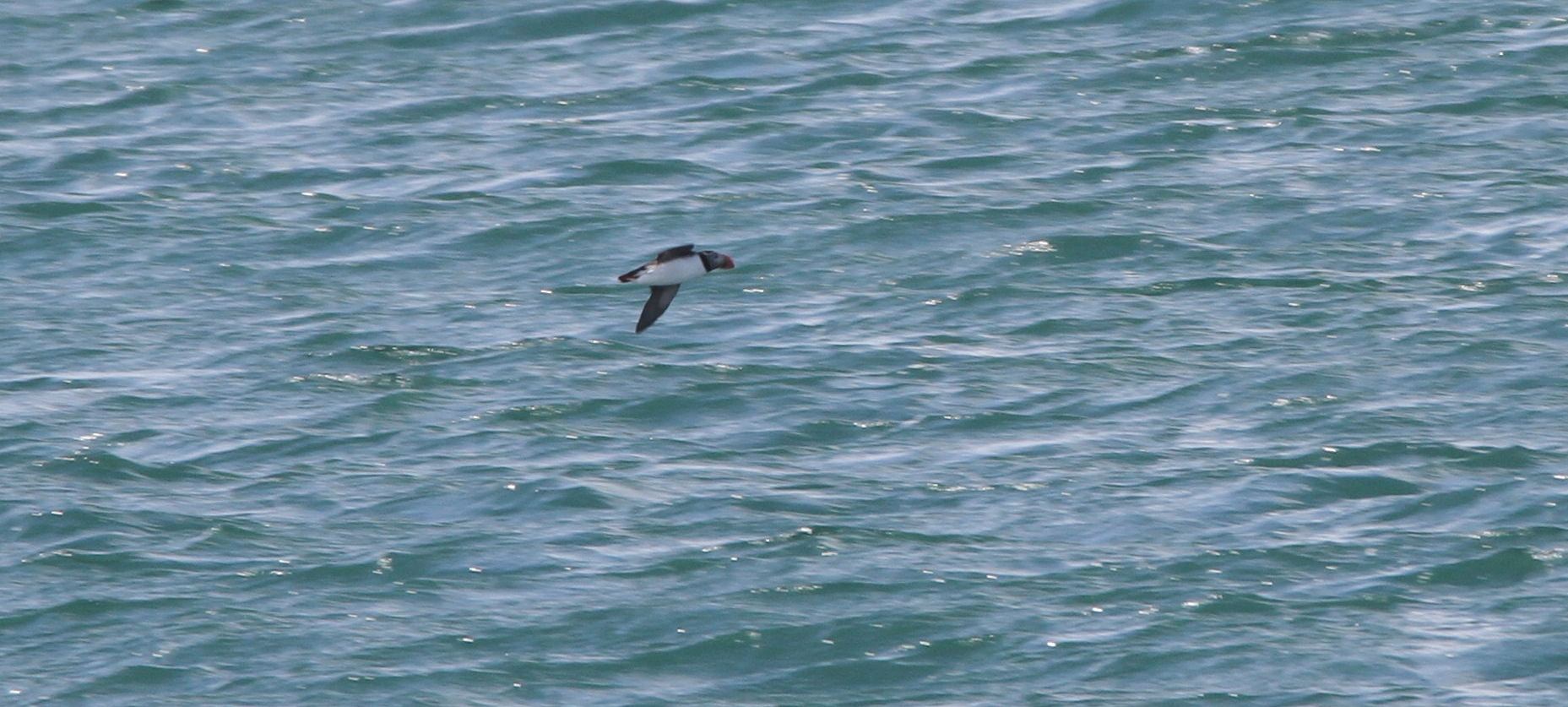
Fratercula arctica arctica -  Atlantic Puffin
Atlantic Puffin 
![]() lundi
lundi  lunda (Reykjavík, Geldinganes peninsula)
lunda (Reykjavík, Geldinganes peninsula)
● ssp arctica: middle-sized race in the subarctic regions (from Norway to NE America)
● unfortunately, seen groups (20-30 birds) only from afar from coastline in Geldinganes and Heimaey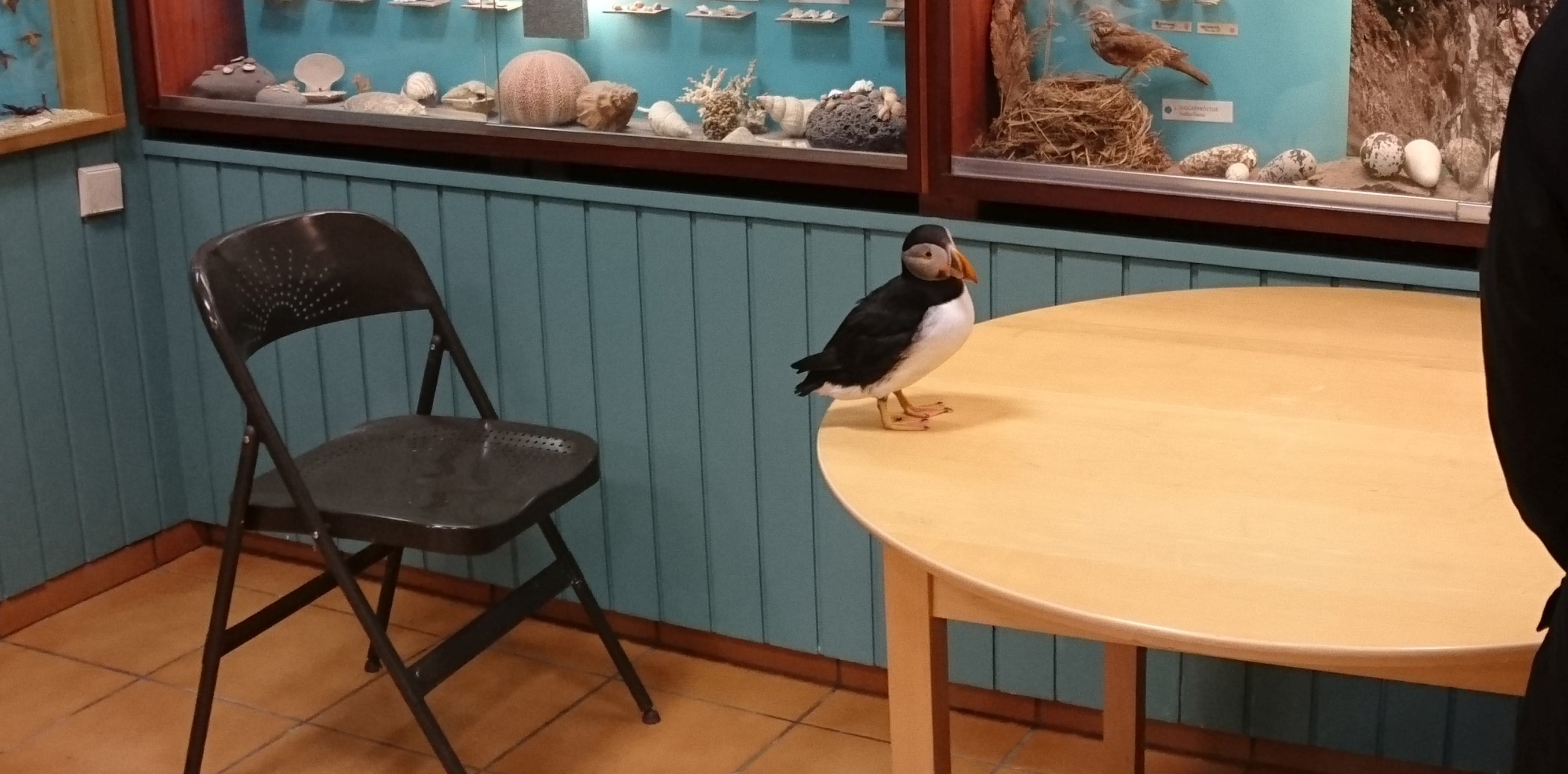
● +1 easy twitch: there is a tame puffin in the Aquarium and Natural Historical Museum, Heimaey... his name is Tóti (he is living, not stuffed) ➤
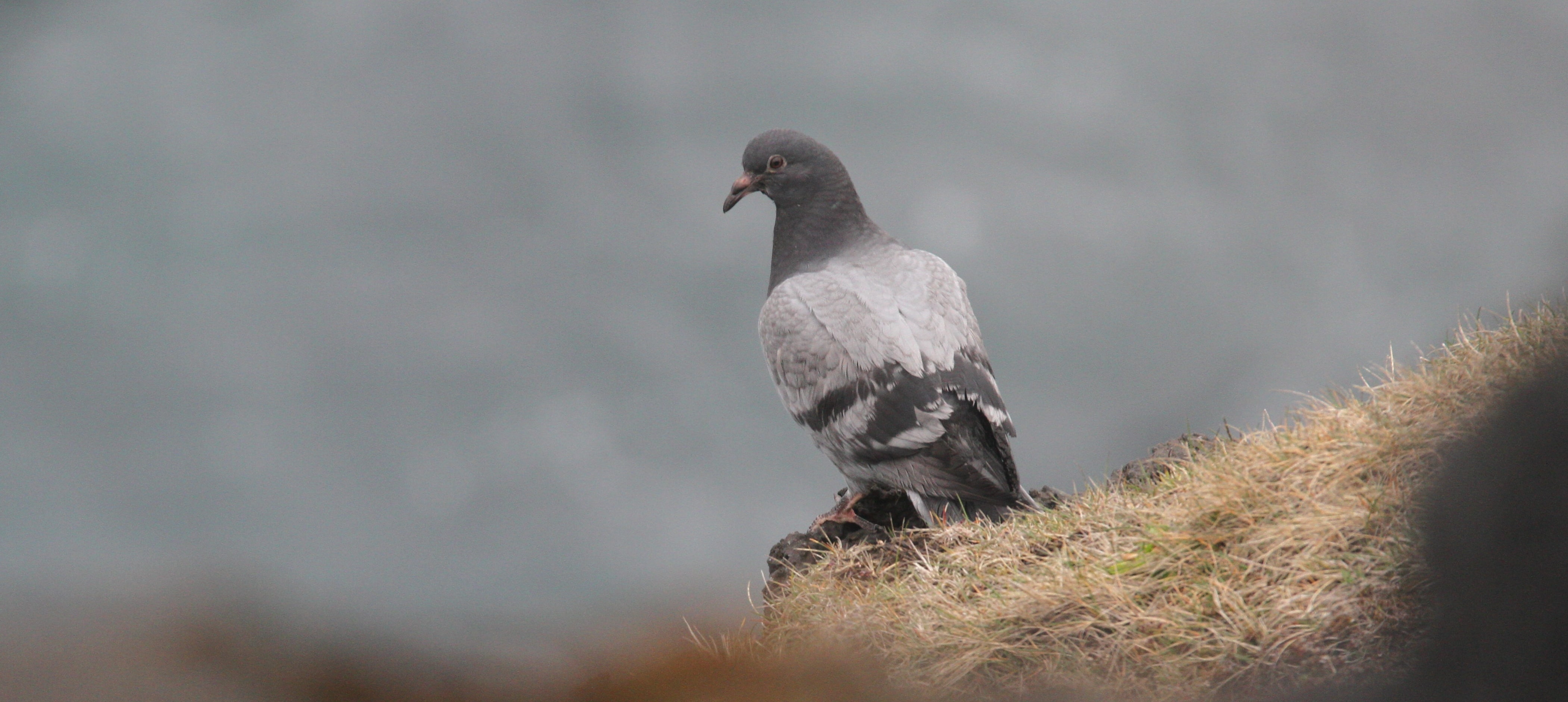
Columba livia forma domestica -  Feral Pigeon (?) (juv)
Feral Pigeon (?) (juv) 
![]() húsdúfa
húsdúfa  parlagi galamb (Westman Islands, Heimaey)
parlagi galamb (Westman Islands, Heimaey)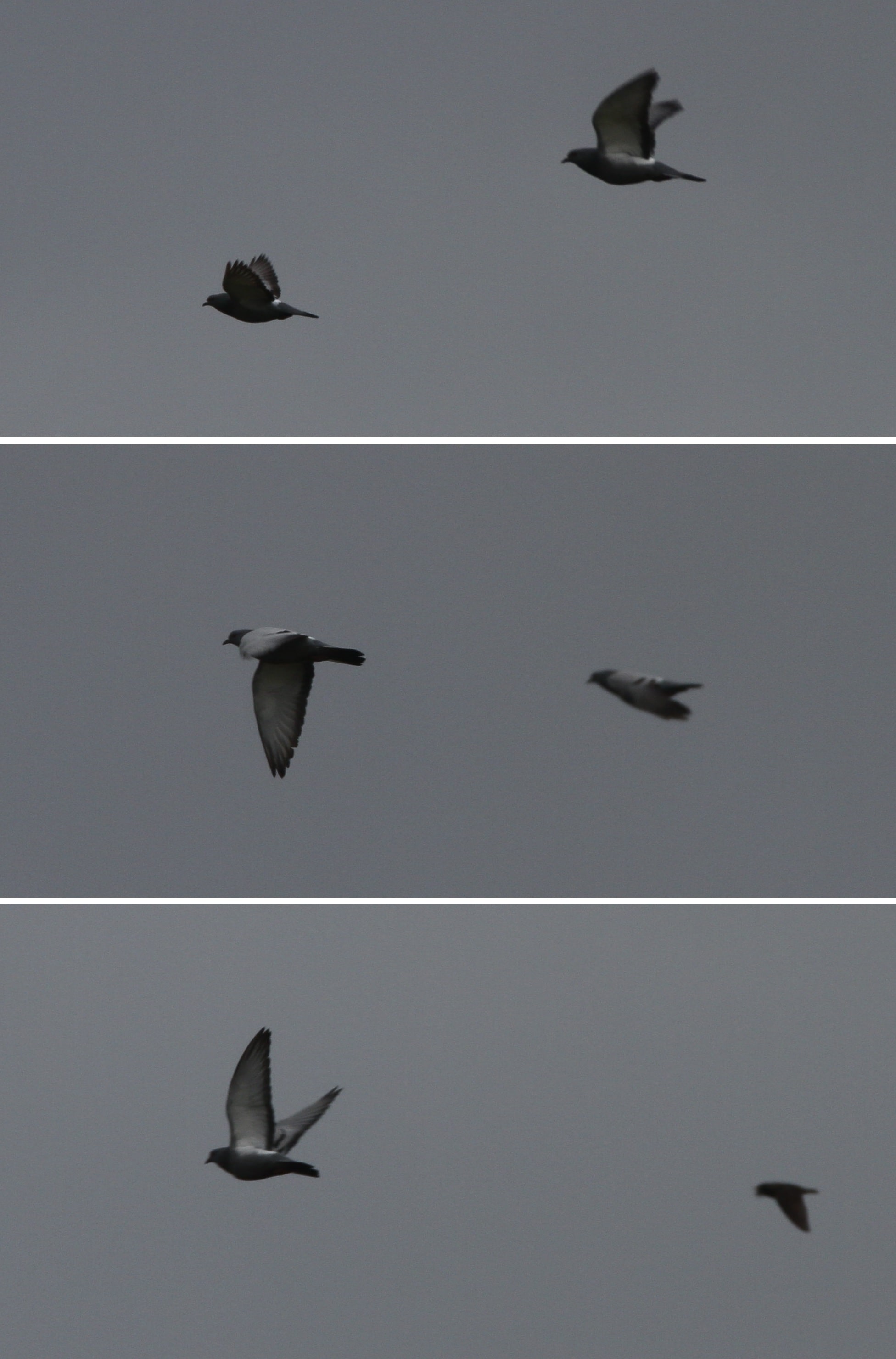
● found only a couple of small groups of rock doves and only at the undisturbed coastline of W Heimaey (where the pair of skuas appeared, too)
● required characteristics were all present: white rump, light grey armpit and underwing, double barred wings, light grey back, unaccessible cliff habitat far from civilization, fear of human approach, no color variants in the flock, ...but I still just hope they could be real rock doves not ferals
● according to this Wiki-map (very similar to the unaccessible HBW-map) where native breeding is known in Faeroes and in other N Atlantic islands, and according to this Icelandic species list where Rock Dove is category A or C (page 6), there is a chance to find real rock doves in Southern Iceland
● since the species list cited above is not accessible anymore, here is the current eBird species list, which does not contain Rock Dove but Feral Pigeon
● according to a BirdForum thread (source), only Feral lives in Iceland (Cat C)
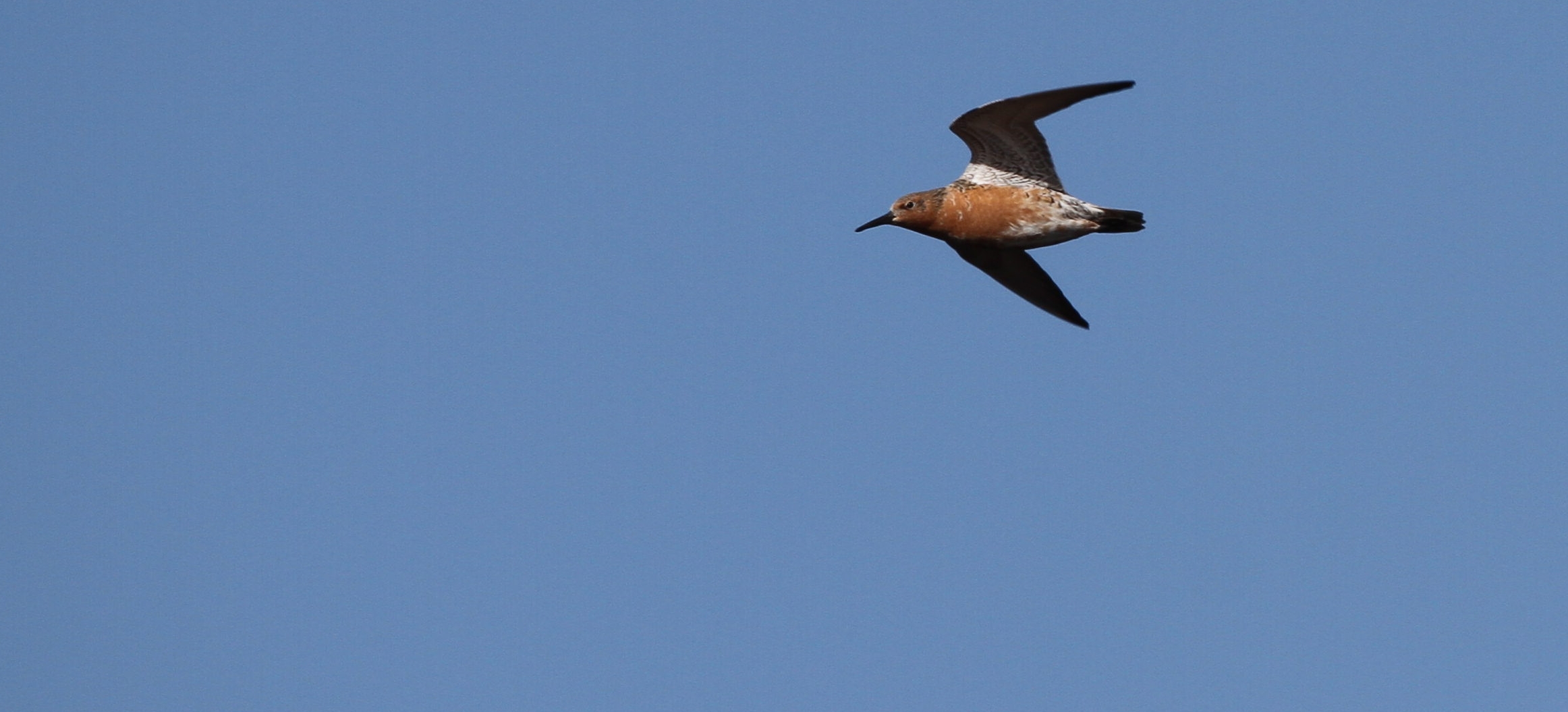
Calidris canutus islandica -  Red Knot
Red Knot 
![]() rauðbrystingur
rauðbrystingur  sarki partfutó (Reykjavík, Grótta)
sarki partfutó (Reykjavík, Grótta)
● ssp islandica: deeper brick-red head and underparts, more colourful upperparts; breeds in N Atlantic, winters in W Europe
● seen exclusively in the main island's coastline and always in little groups, often in mixed groups with turnstones, oystercatchers, ringed plovers and sanderlings

Calidris maritima (ssp. littoralis) -  Purple Sandpiper
Purple Sandpiper 
![]() sendlingur
sendlingur  tengeri partfutó (Westman Islands, Heimaey)
tengeri partfutó (Westman Islands, Heimaey)
● ssp littoralis: a proposed but not yet accepted taxon in Iceland; somewhat larger than the geographically separated nominate
● not a common bird, but seen in small mixed wader groups both in sandy (NW Reykjanes) and rocky (Heimaey) coastal habitats
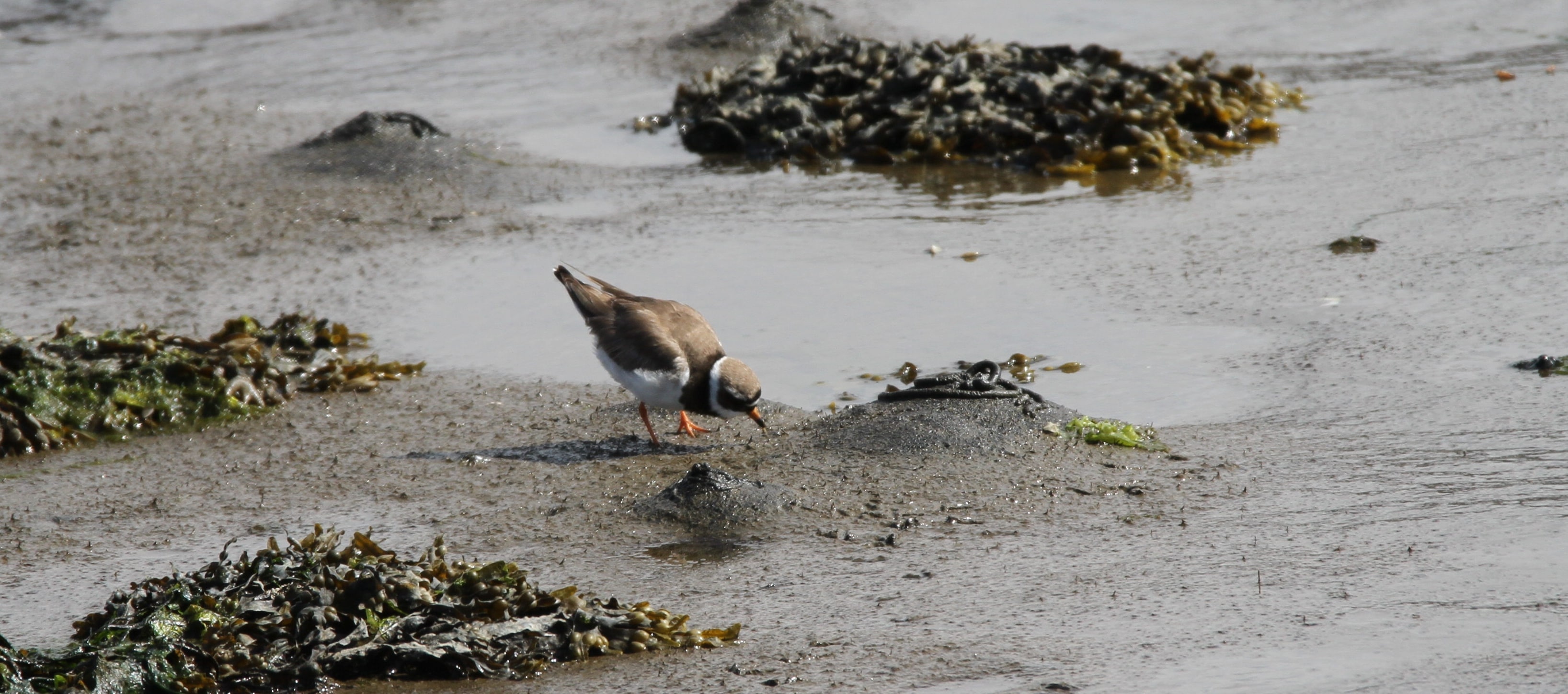
Charadrius hiaticula psammodromus -  Ringed Plover
Ringed Plover 
![]() sandlóa
sandlóa  parti lile (Reykjavík, Geldinganes peninsula)
parti lile (Reykjavík, Geldinganes peninsula)
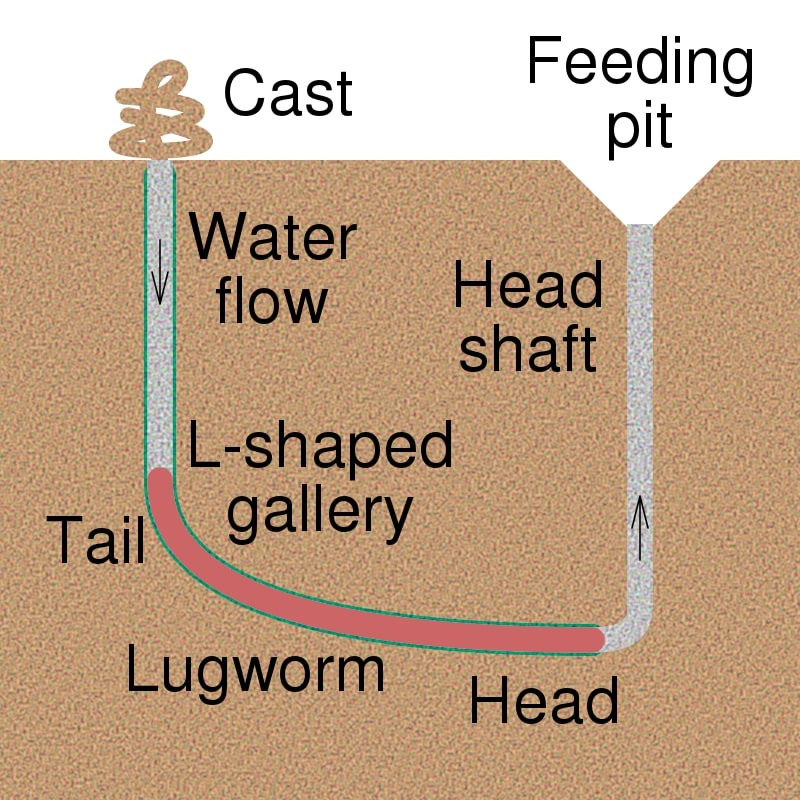
● ssp psammodromus: a recently accepted ssp taxon of the Subarctic region (breeds in NE Canada, Greenland, Iceland, Faeroes, Svalbard; winters in SW Europe and W Africa)
● seen in every beachy habitat
● kelps: Fucus vesiculosus - Bladderwrack, hólyagmoszat; Ulva lactuca - Sea Lettuce, tengerisaláta
● humps and coiled casts of lugworms (Arenicola marina) on the muddy beach ➤

Arenaria interpres interpres -  Turnstone
Turnstone 
![]() tildra
tildra  kőforgató (Reykjavík, Grótta)
kőforgató (Reykjavík, Grótta)
● common in every coastal region
● kelp: Laminaria hyperborea - Cuvie, ujjasmoszat
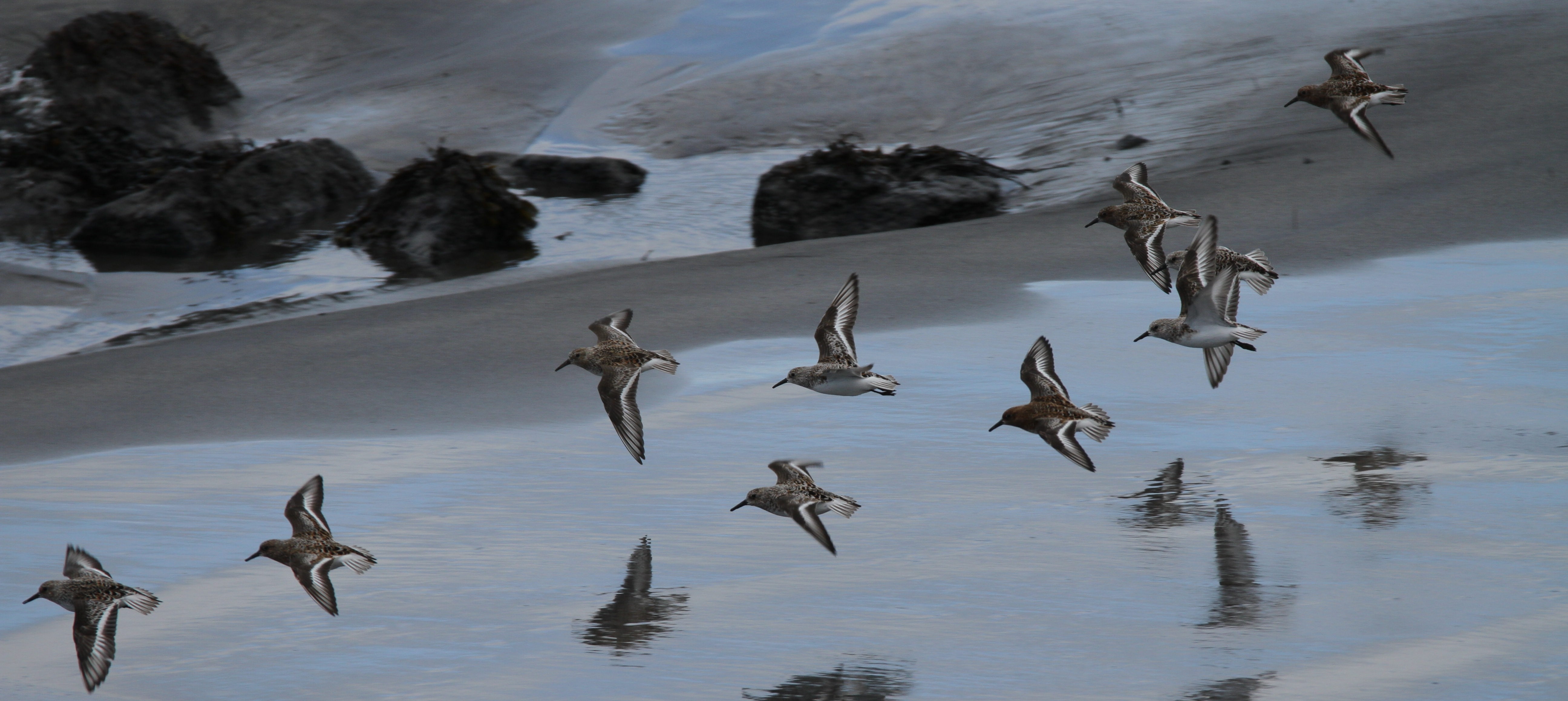
Calidris alba -  Sanderling
Sanderling 
![]() sanderla
sanderla  fenyérfutó (Reykjanes peninsula, Sandgerði)
fenyérfutó (Reykjanes peninsula, Sandgerði)
● common and numerous in every coastal habitat, especially in NW Reykjanes
● Life history of my observed colour-ringed sanderlings on the East Atlantic flyway:
G3WWRB, G3BWYW, G3BWGR, G3BRYB,
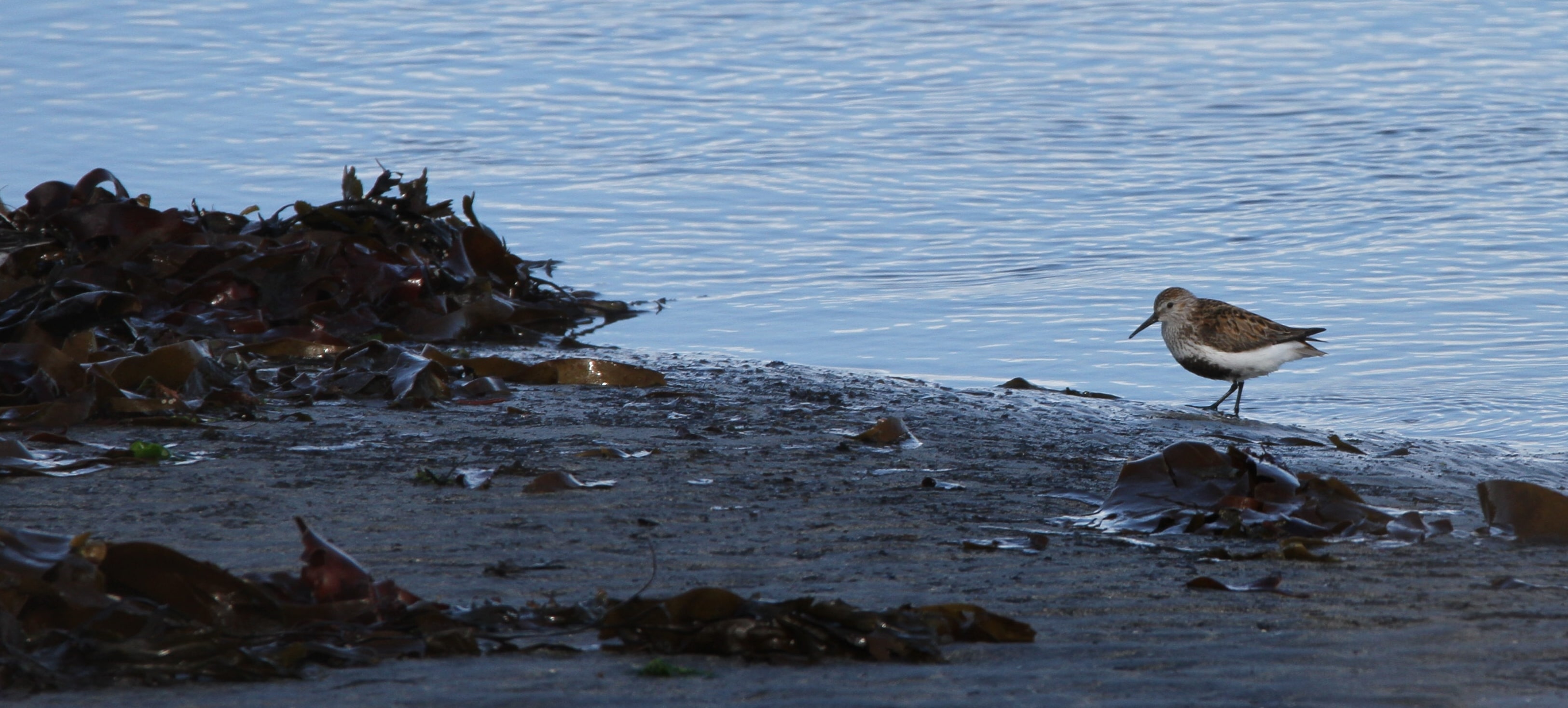
Calidris alpina schinzii -  Dunlin
Dunlin 
![]() lóuþræll
lóuþræll  havasi partfutó (Reykjanes peninsula, Sandgerði)
havasi partfutó (Reykjanes peninsula, Sandgerði)
● ssp schinzii: short bill, pale head, brownish scapulars; breeds in subarctic region (Iceland, N Britain, Scandinavia), winters in S Europe and NW Africa
● found in mixed groups of other waders
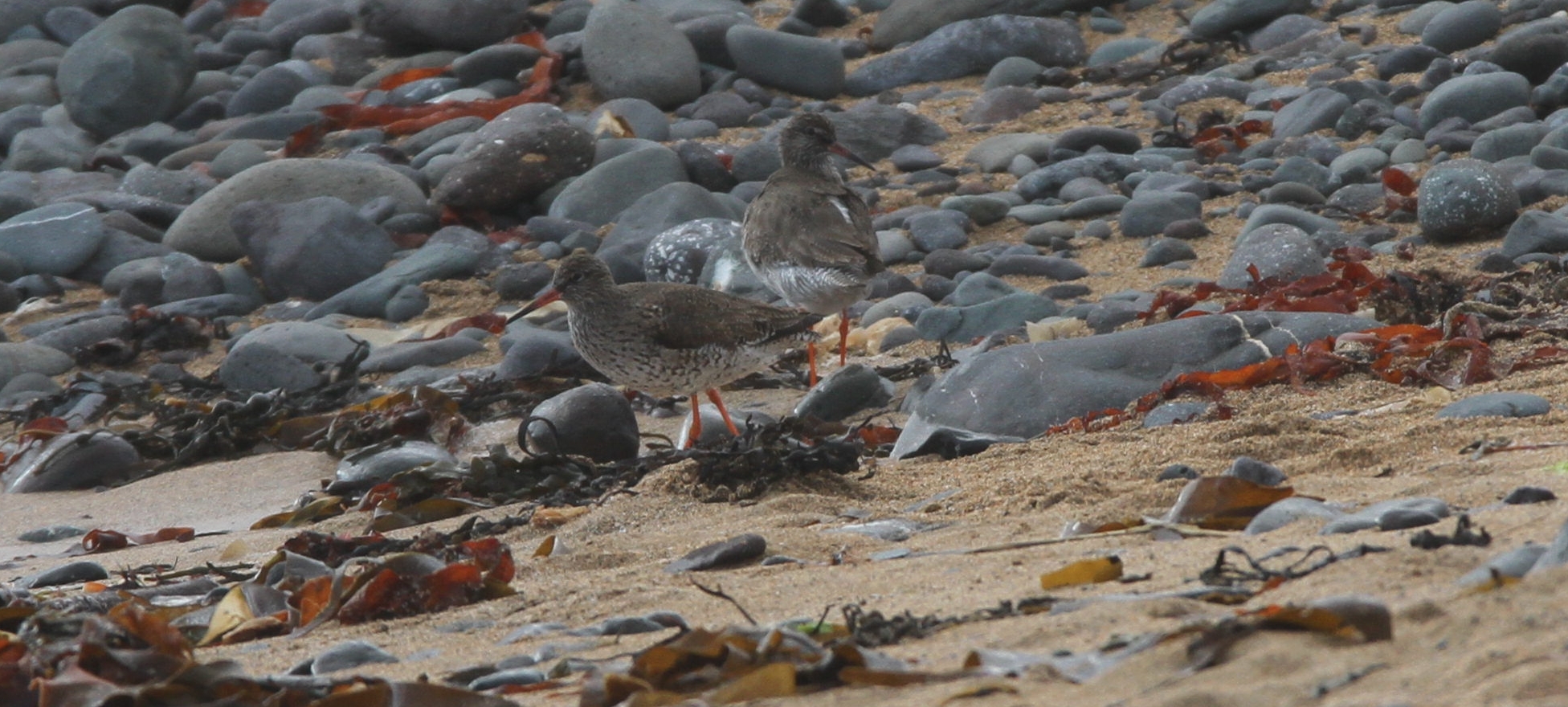
Tringa totanus robusta -  Icelandic Redshank
Icelandic Redshank 
![]() stelkur
stelkur  piroslábú cankó (Snæfellsnes peninsula, Ytri Tunga)
piroslábú cankó (Snæfellsnes peninsula, Ytri Tunga)
➤ an adult content video of a pair of redshanks on the beach of Garður ➤
● ssp robusta: distinctly larger in size, darker head and upperparts, cinnamon-grey colour suffusion on breast and larger stripes and spot markings; breeds in Iceland and Faeroes, winters in W and NW Europe
● very common and conspicuous bird everywhere (and not restricted to coastlines!)
● kelps: Laminaria hyperborea - Cuvie, ujjasmoszat; Palmaria palmata - Dulse, vörös pálmaalga
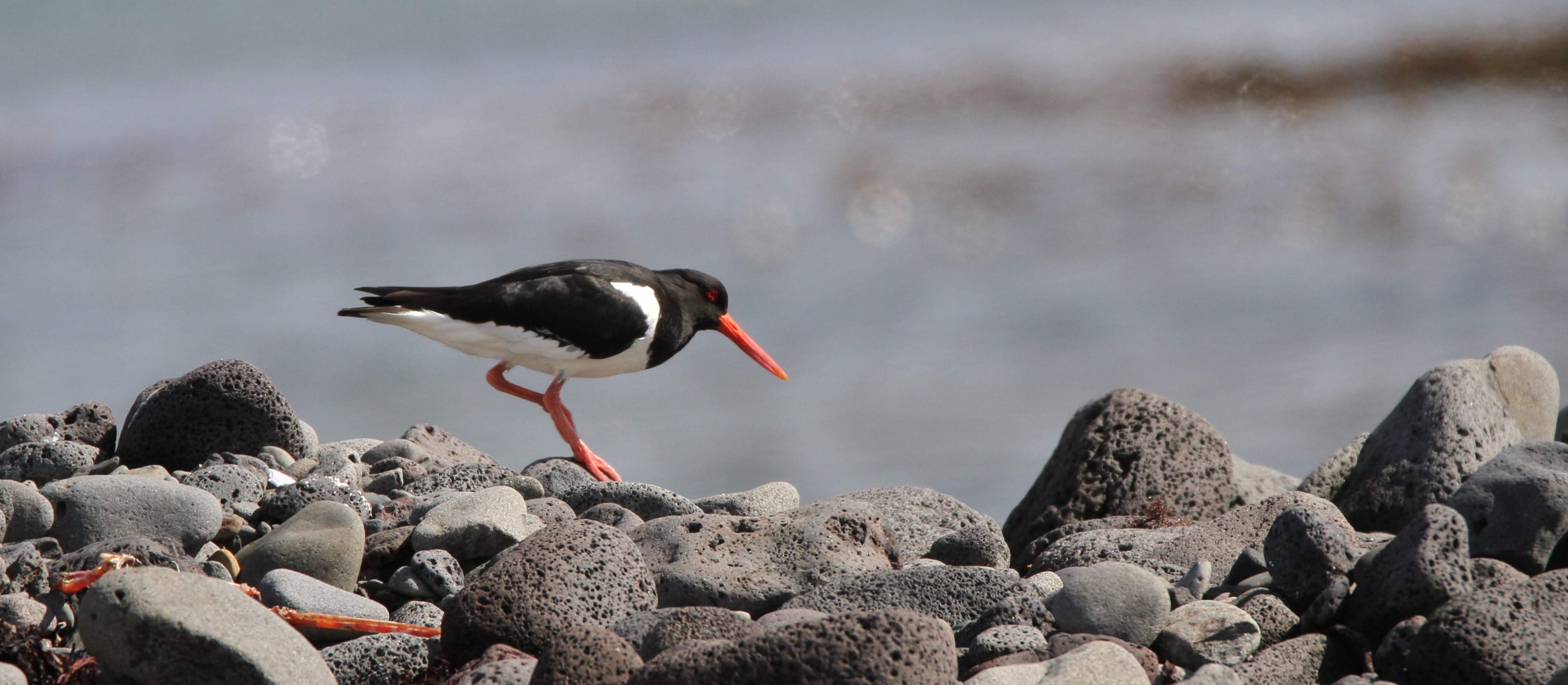
Haematopus ostralegus ostralegus -  Eurasian Oystercatcher
Eurasian Oystercatcher 
![]() tjaldur
tjaldur  csigaforgató (Reykjavík, Geldinganes peninsula)
csigaforgató (Reykjavík, Geldinganes peninsula)
➤ alarm calls (in all forms, as much as you just want...) ➤
● common and widespread everywhere (sandy and rocky beaches, grasslands, football pitches, city parks, etc)
● nests in open areas
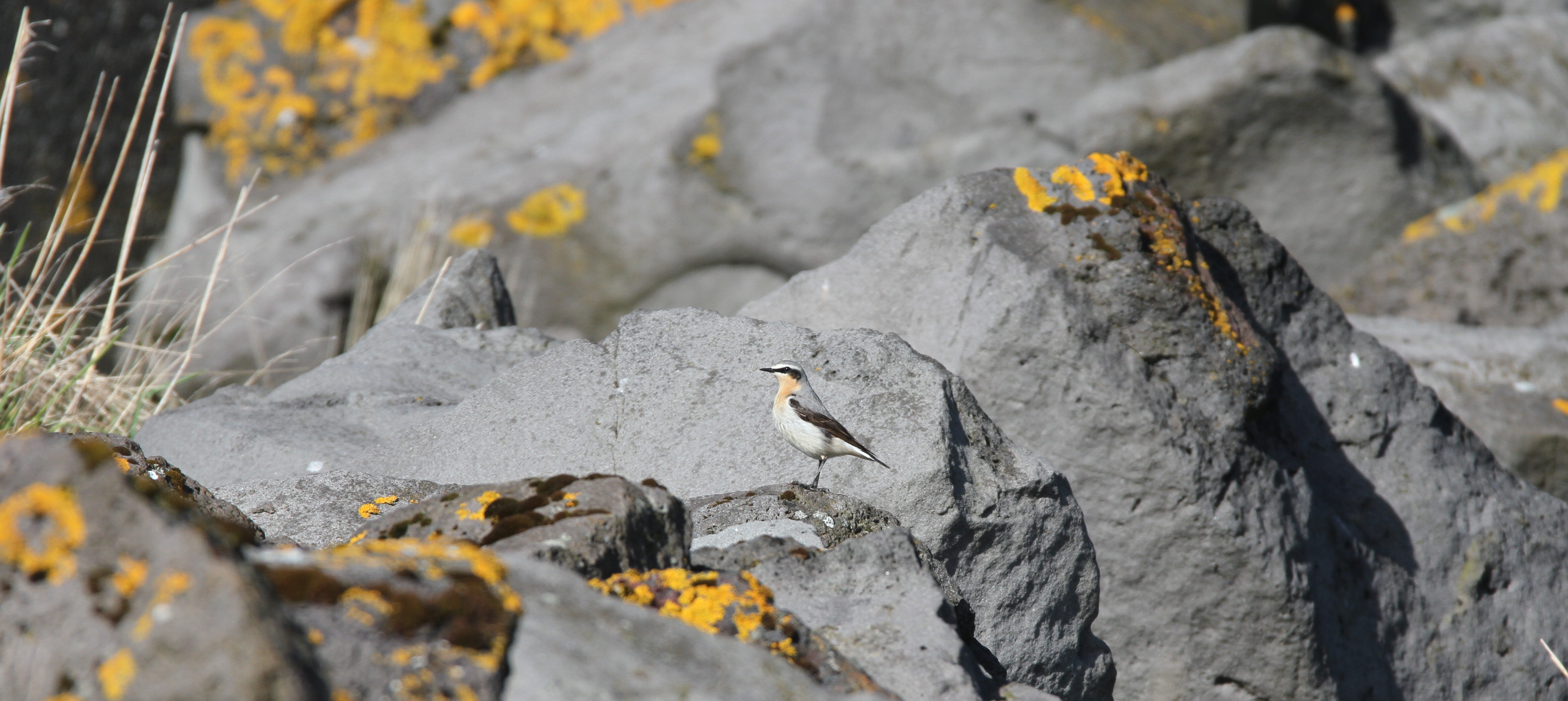
Oenanthe oenanthe leucorhoa -  Northern Wheatear ('Greenland Wheatear')
Northern Wheatear ('Greenland Wheatear') 
![]() steindepill
steindepill  hantmadár (Reykjavík, Grótta)
hantmadár (Reykjavík, Grótta)
● ssp leucorhoa: larger size, longer legs, longer primary projection, broader tail band; breeds in N Atlantic, winters in W Africa
● seen in all coastal habitats in low numbers
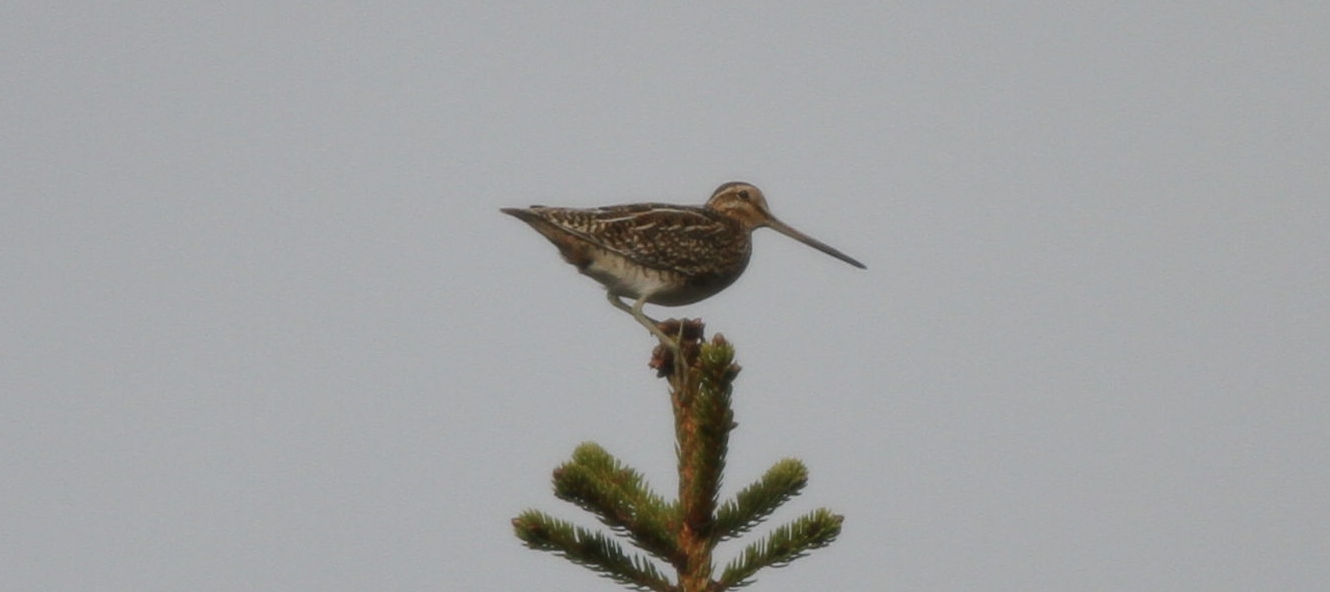
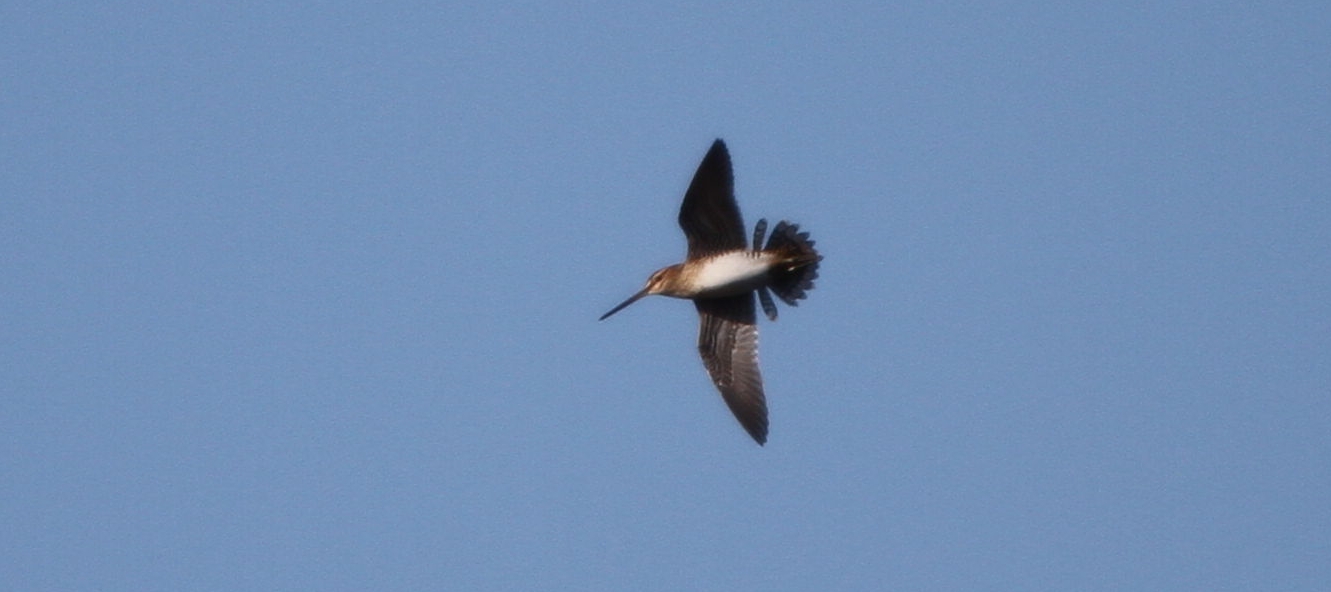
Gallinago gallinago faeroeensis -  Faeroe Snipe
Faeroe Snipe 
![]() hrossagaukur
hrossagaukur  sárszalonka (Reykjavík, Heiðmörk)
sárszalonka (Reykjavík, Heiðmörk)
● ssp faeroeensis: more rufous colours on upperparts; breeds in Iceland, Faeroes, Orkney and Shetland, winters in British islands
● common everywhere, I think I was just dropped in the middle of their courtship period (mostly in Heiðmörk and Snæfellsnes):
➤ males sang their mating calls from top of pine trees, and made drumming ('winnowing') in courtship flights by their outer tail feathers (recorded in Heiðmörk and Grótta) ➤
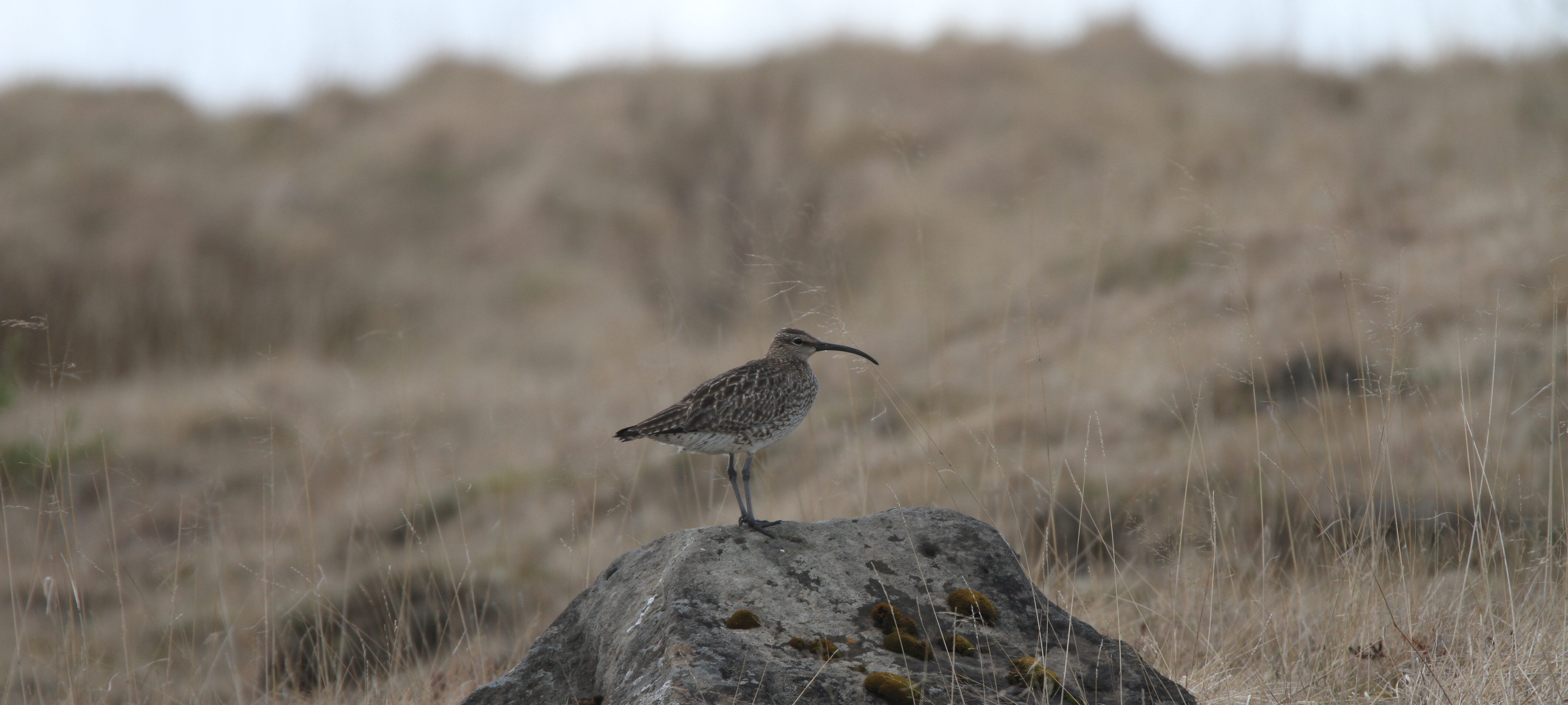
Numenius phaeopus islandicus -  Whimbrel
Whimbrel 
![]() spói
spói  kis póling (Reykjavík, Geldinganes peninsula)
kis póling (Reykjavík, Geldinganes peninsula)
● ssp islandicus: NW European region, somewhat larger in size than nominate; breeds in Iceland - Scotland, winters in W Africa
● found common in less disturbed habitats (NW Reykjanes, Snæfellsnes, Geldinganes)
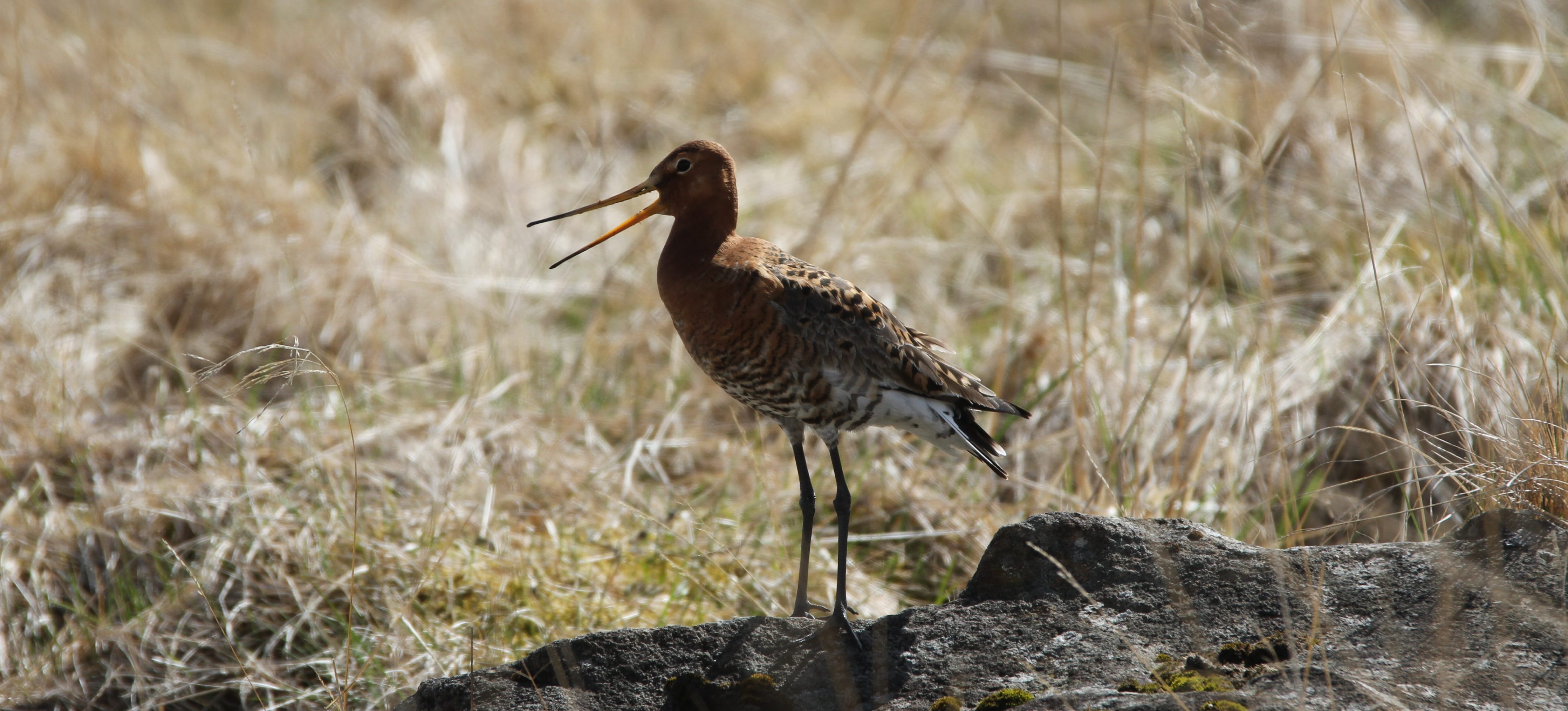
Limosa limosa islandica -  Icelandic Black-tailed Godwit
Icelandic Black-tailed Godwit 
![]() jaðrakan
jaðrakan  nagy goda (Reykjavík, Geldinganes peninsula)
nagy goda (Reykjavík, Geldinganes peninsula)
● ssp islandica: shorter bill, more intense chestnut colouration on head and breast with white belly, heavy barring on underparts, no supercilium behind the eye; breeds in Iceland, Faeroes and Shetland, winters in W Europe
● seen only in Snæfellsnes (a lot) and Geldinganes (a few) peninsulae, and only 2 birds in NW Reykjanes
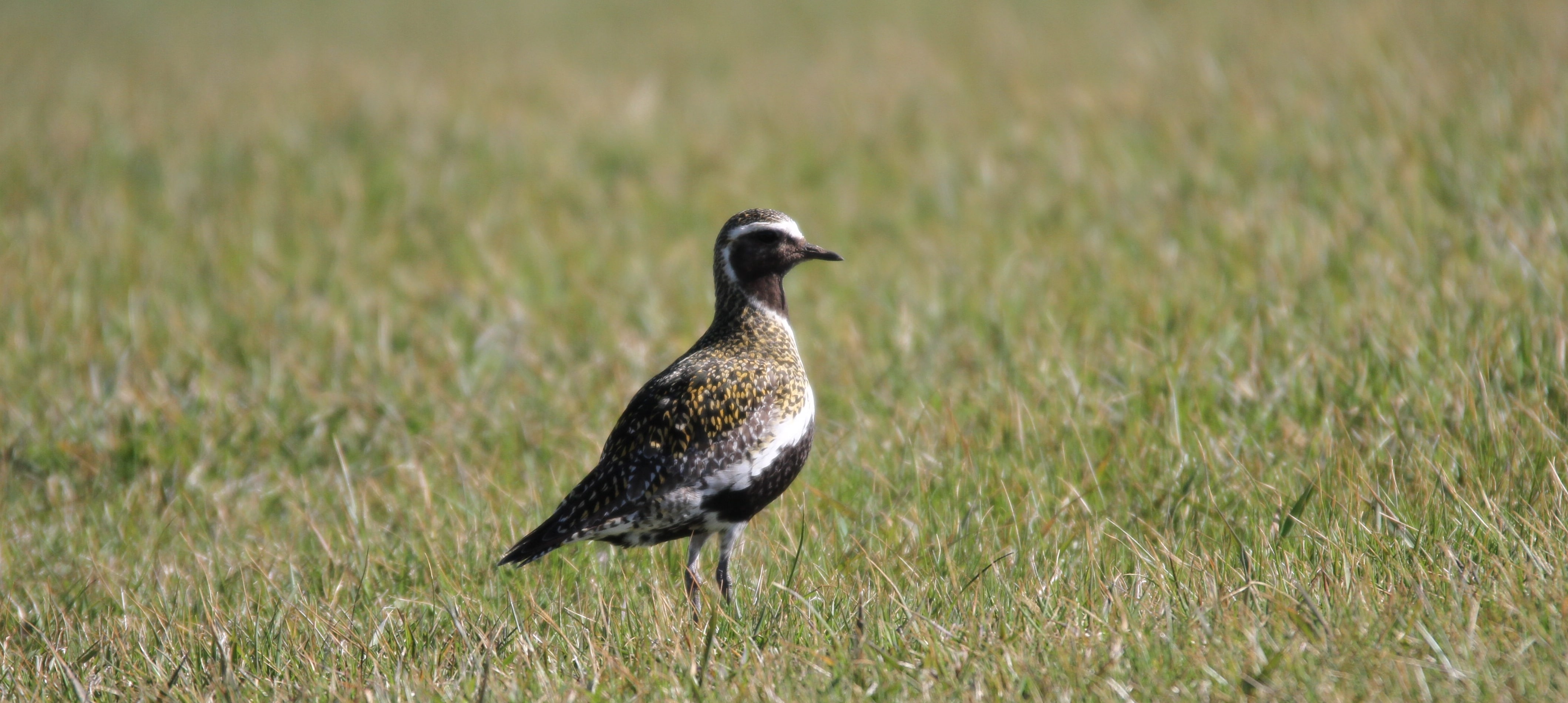
Pluvialis apricaria -  European Golden Plover
European Golden Plover 
![]() heiðlóa
heiðlóa  aranylile (Reykjavík, Grótta)
aranylile (Reykjavík, Grótta)
● always in low numbers but found almost everywhere (except Westman Islands), mostly in open grassland areas
● the favourite bird of Icelanders, their late March arrival is the sign of the end of the long winter season
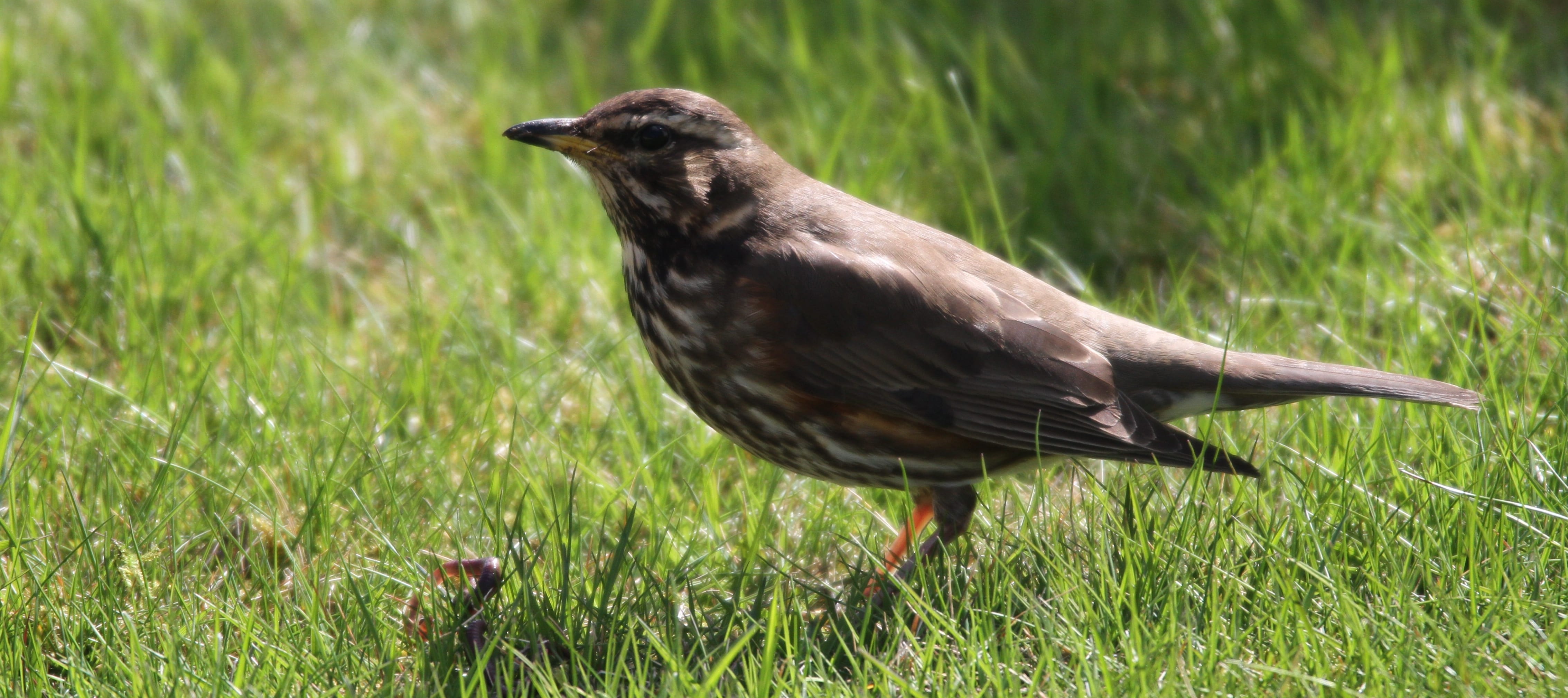
Turdus iliacus coburni -  Icelandic Redwing
Icelandic Redwing 
![]() skógarþröstur
skógarþröstur  szőlőrigó (Reykjavík, Miðborg)
szőlőrigó (Reykjavík, Miðborg)
● ssp coburni: browner upperparts, more and bigger and darker markings on breast and even on belly; breeds in Iceland and Faeroes, winters in W Europe
● Redwing is the dominant thrush species in the region everywhere, Blackbird (T. merula merula) is 2nd in rural areas
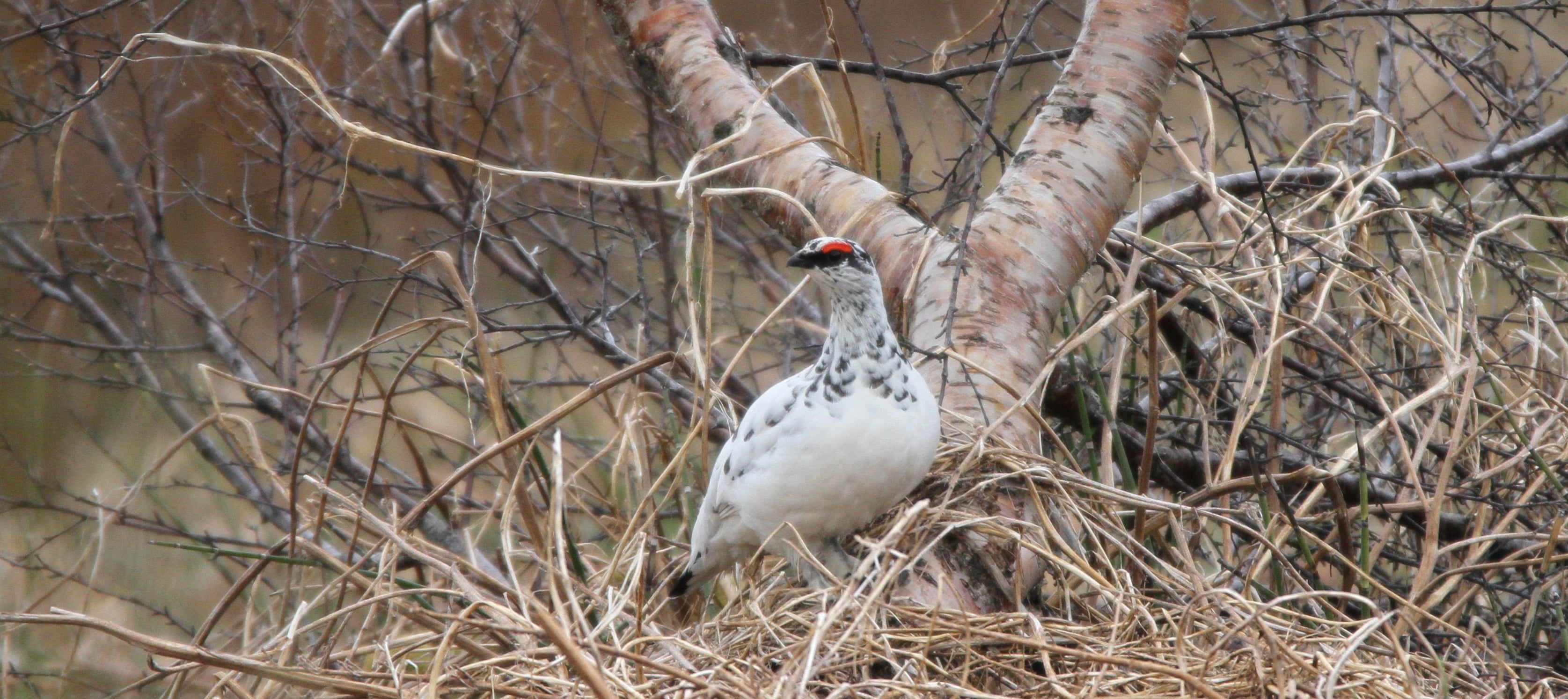
Lagopus muta islandorum -  Icelandic Rock Ptarmigan
Icelandic Rock Ptarmigan 
![]() rjúpa
rjúpa  havasi hófajd (Reykjavík, Heiðmörk)
havasi hófajd (Reykjavík, Heiðmörk)
➤ flight call of the male ➤
● males have black eye stripe and red spot above this stripe
● background sounds in video: redwings, godwits (and 2 passing hikers)
● ssp islandorum: endemic subspecies to Iceland
● 6 in Heiðmörk (2 close encounters), and seen 3 others here and there from cars during travelling
➤ some of them are really calm, notice in the video how undisturbed he remains (0:25) despite the passing tourists ➤
● ...looking at these camera movements, I think I was much more nervous
● tree: Betula pubescens - Downy birch, molyhos tölgy

Corvus corax varius -  Icelandic Raven
Icelandic Raven 
![]() hrafn
hrafn  holló (Reykjavík, Heiðmörk)
holló (Reykjavík, Heiðmörk)
● ssp varius: less glossy than nominate; distributed in Iceland to Faeroes
● there are no other corvid species in Iceland, hence Ravens are widespread
● Common Starlings (S. vulgaris vulgaris) are much more numerous and they look like to be the real cleaning staff everywhere (cities, harbours, parks)
● calls of the Icelandic Raven:
● other birds in the recording: oystercather, snipe, redwing, crossbill.
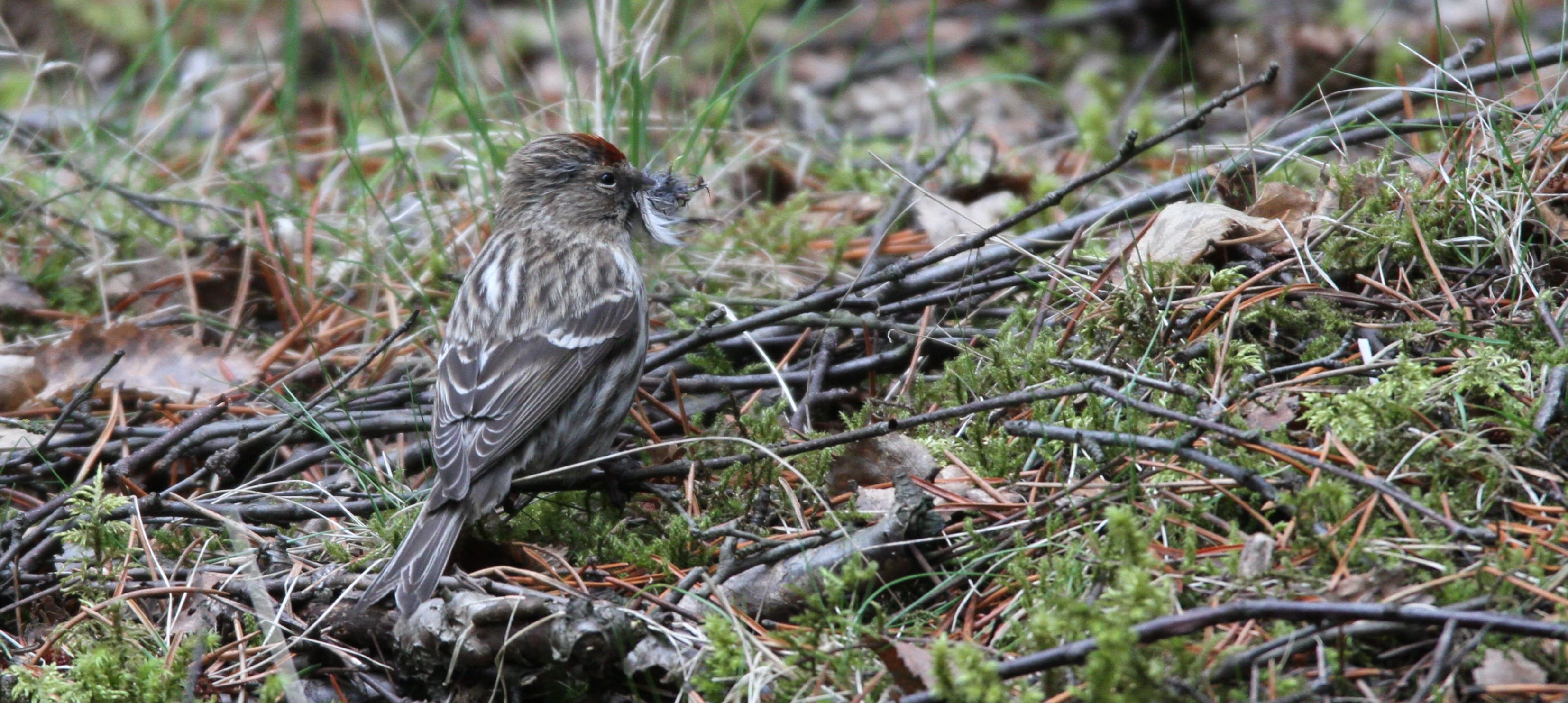
Acanthis flammea (islandica) -  Icelandic Redpoll
Icelandic Redpoll 
![]() auðnutittlingur
auðnutittlingur  zsezse (Reykjavík, Heiðmörk)
zsezse (Reykjavík, Heiðmörk)
● ssp islandica: paler underparts and rump, probably not a valid subspecies taxon but an intra-specific hybrid cline of Greenland (A. f. rostrata) and Arctic-Continental (A. f. flammea) subspecies of Redpoll
● seen only small groups in wild forestral areas (Heidmörk), but much larger groups in city parks (Miðborg, Grasagarður)
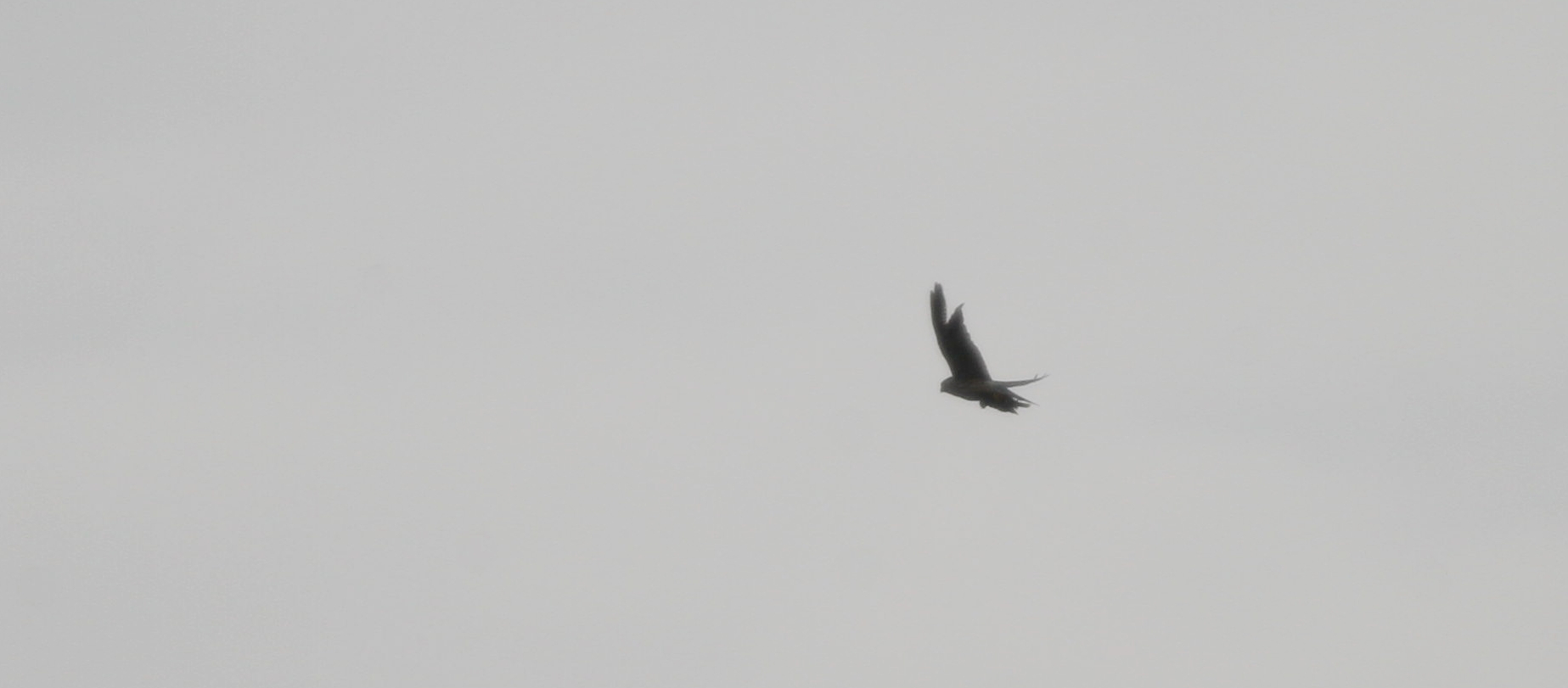
Falco columbarius subaesalon -  Icelandic Merlin / Smyrill
Icelandic Merlin / Smyrill 
![]() smyrill
smyrill  kis sólyom (Reykjavík, Heiðmörk)
kis sólyom (Reykjavík, Heiðmörk)
● ssp subaesalon: slightly larger and somewhat darker than nominate; breeds in subarctic regions of NW Europe
● found only this single bird in Heiðmörk (and I saw MAYBE another one from car in Þingvellir N.P.)
● there are no other similar predatory birds in Iceland
● Merlin, Gyrfalcon and the White-tailed Eagle are the only birds of prey here
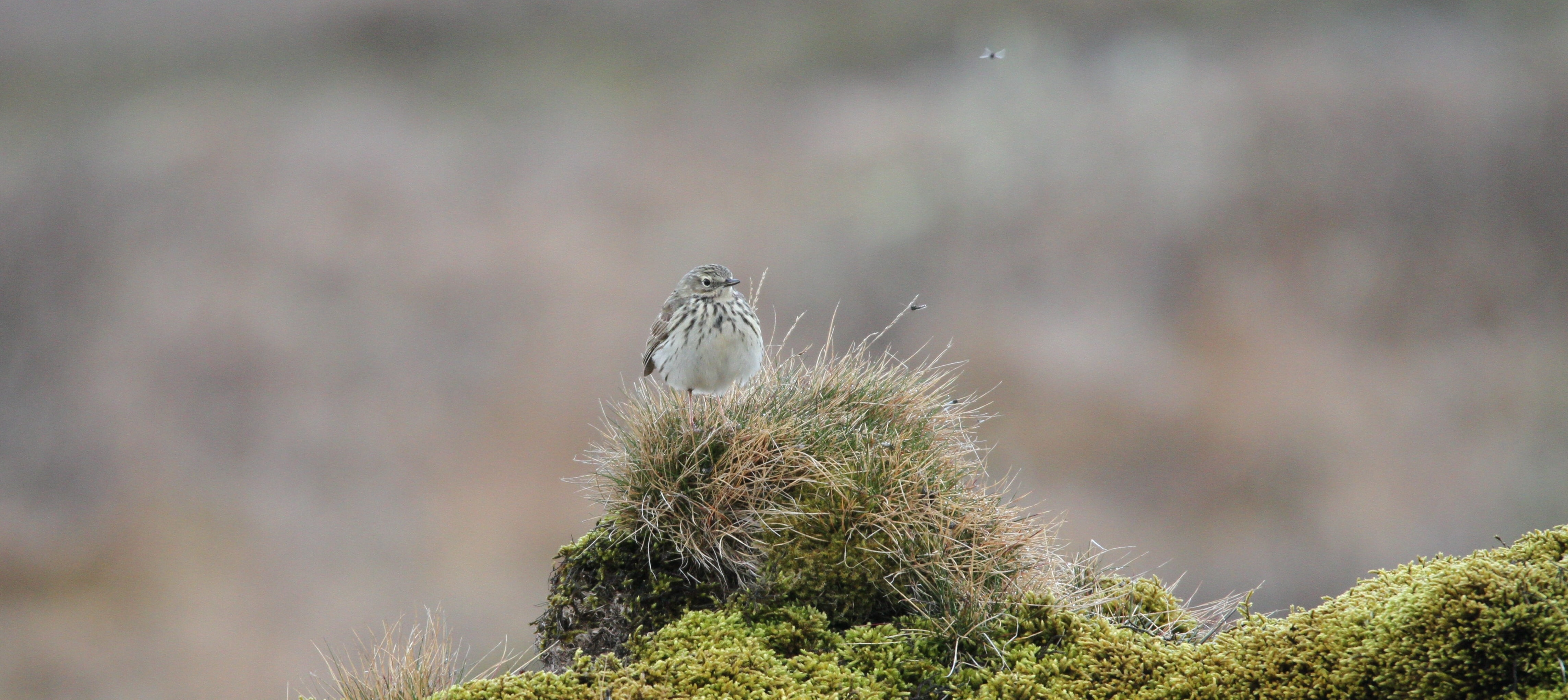
Anthus pratensis -  Meadow Pipit
Meadow Pipit 
![]() þúfutittlingur
þúfutittlingur  réti pityer (Reykjavík, Geldinganes peninsula)
réti pityer (Reykjavík, Geldinganes peninsula)
● frequently seen and heard in almost every wild habitats throughout

Phalaropus lobatus -  Red-necked Phalarope
Red-necked Phalarope 
![]() óðinshani
óðinshani  vékonycsőrű víztaposó (Reykjanes peninsula, Sandgerði)
vékonycsőrű víztaposó (Reykjanes peninsula, Sandgerði)
● expected much higher numbers of this species, but found only 4 of them in Sandgerði, maybe it was too early yet...
+ a running mink (Neovison vison - American Mink, amerikai nyérc) ➤
+ a lot of kelps at low tide:
Laminaria hyperborea - Cuvie Kelp, ujjasmoszat
Palmaria palmata - Dulse, vörös pálmaalga
Fucus vesiculosus - Bladderwrack, hólyagomszat
Ascophyllum nodosum - Norwegian Kelp, csomós moszat
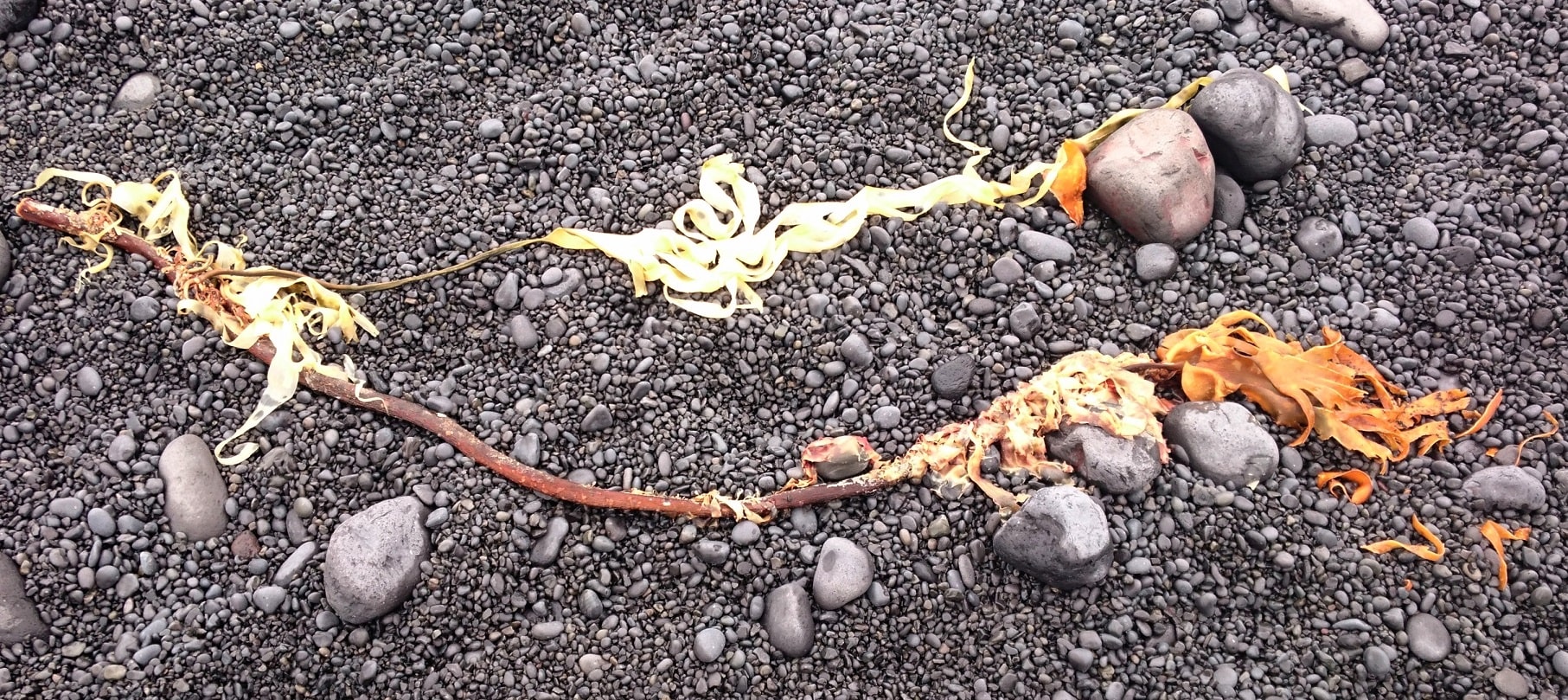
Laminaria hyperborea |
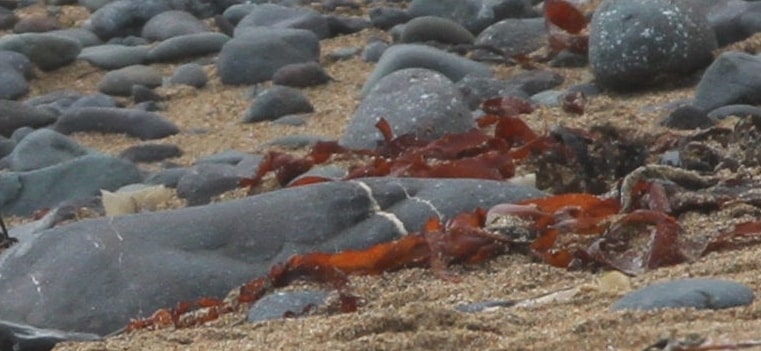
Palmaria palmata |
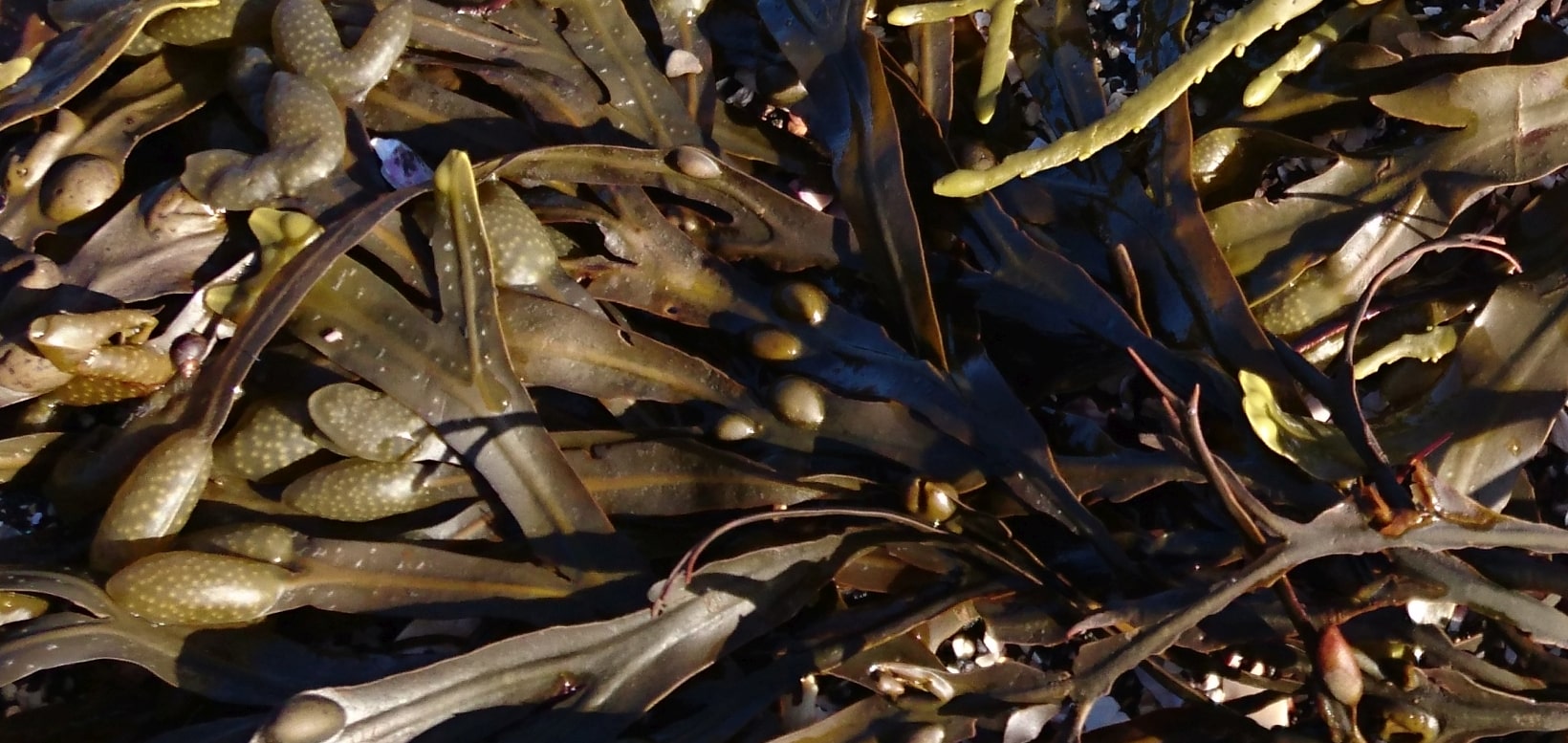
Fucus vesiculosus |
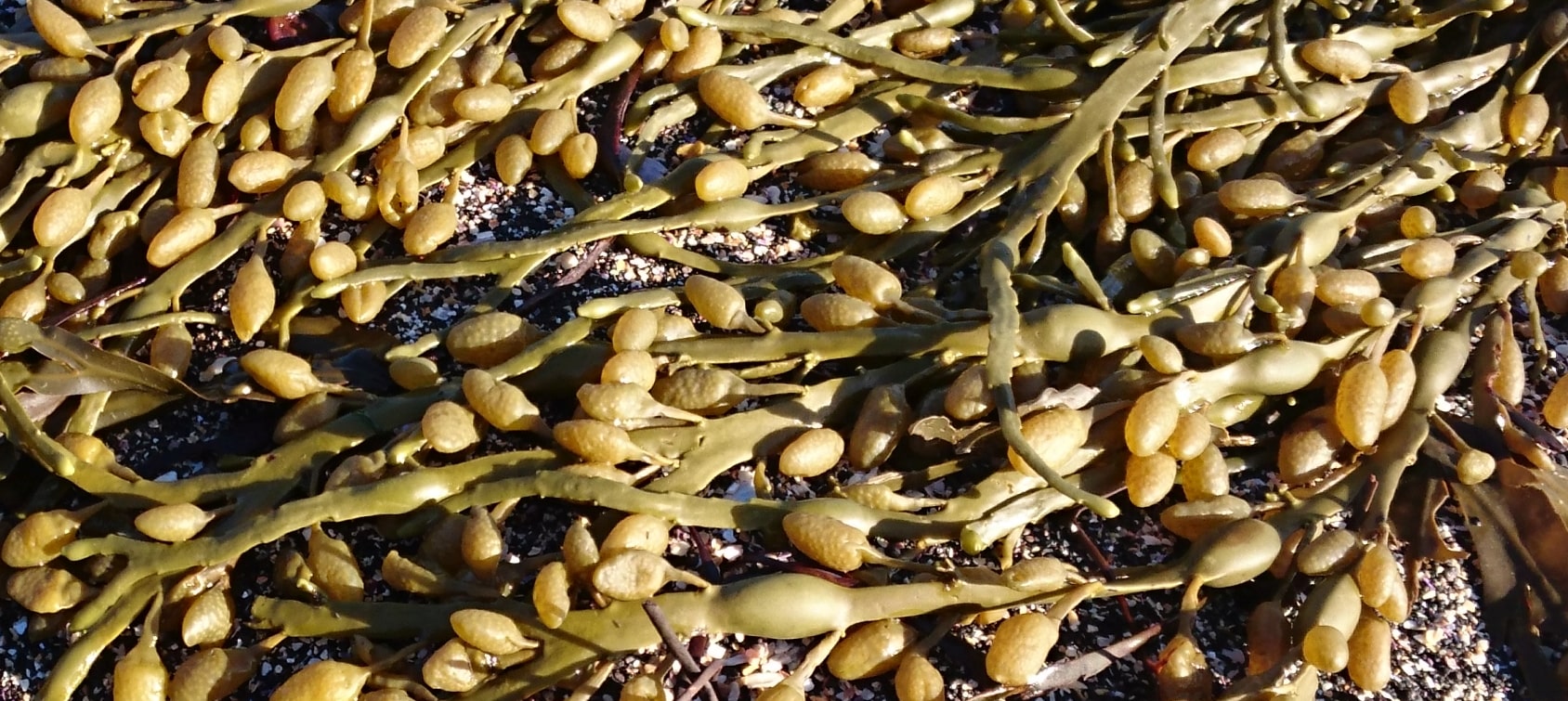
Ascophyllum nodosum |
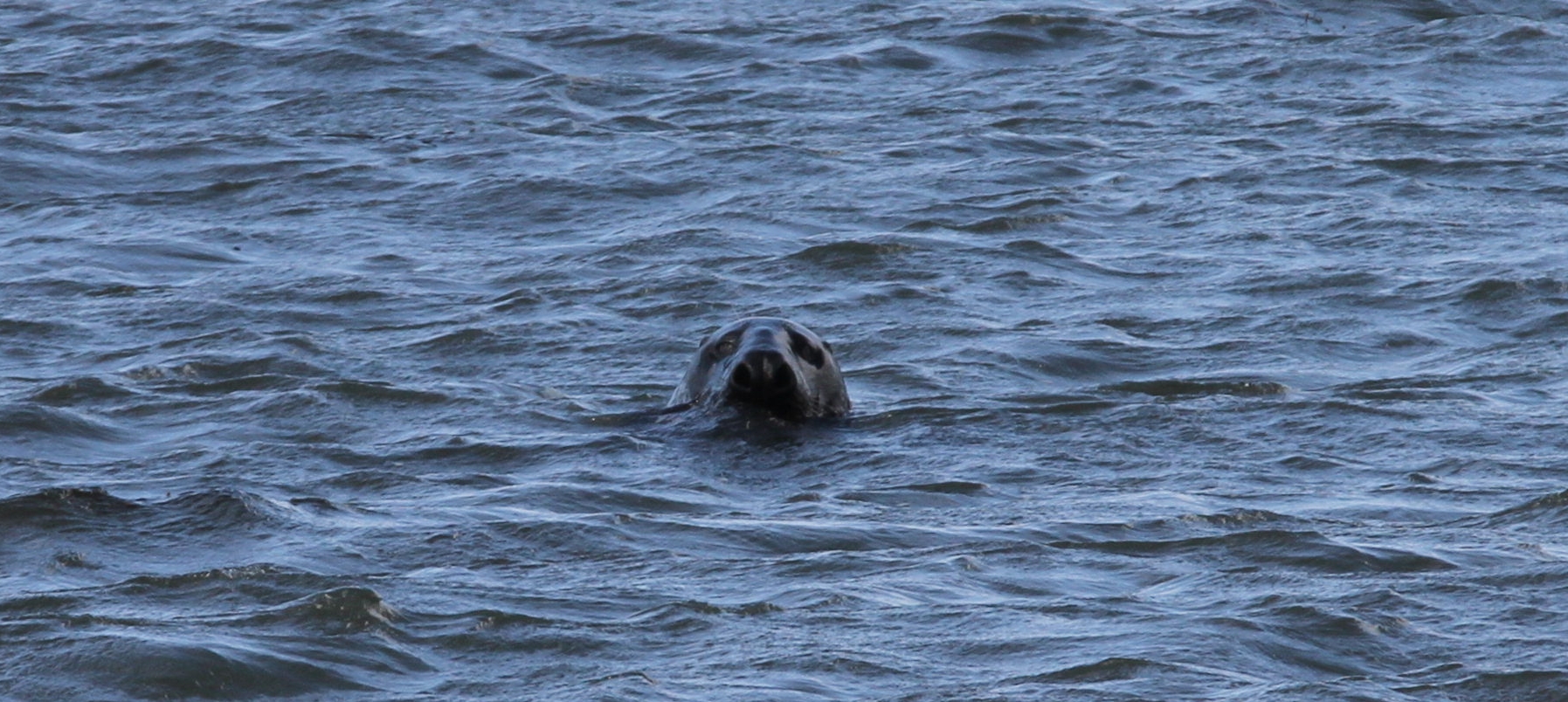
Halichoerus grypus atlantica -  Grey Seal (Horsehead Seal)
Grey Seal (Horsehead Seal) 
![]() útselur
útselur  kúpos fóka (Reykjavík, Geldinganes peninsula)
kúpos fóka (Reykjavík, Geldinganes peninsula)
➤ periscoping seal (+bad noise of strong coastal wind on camera...) ➤
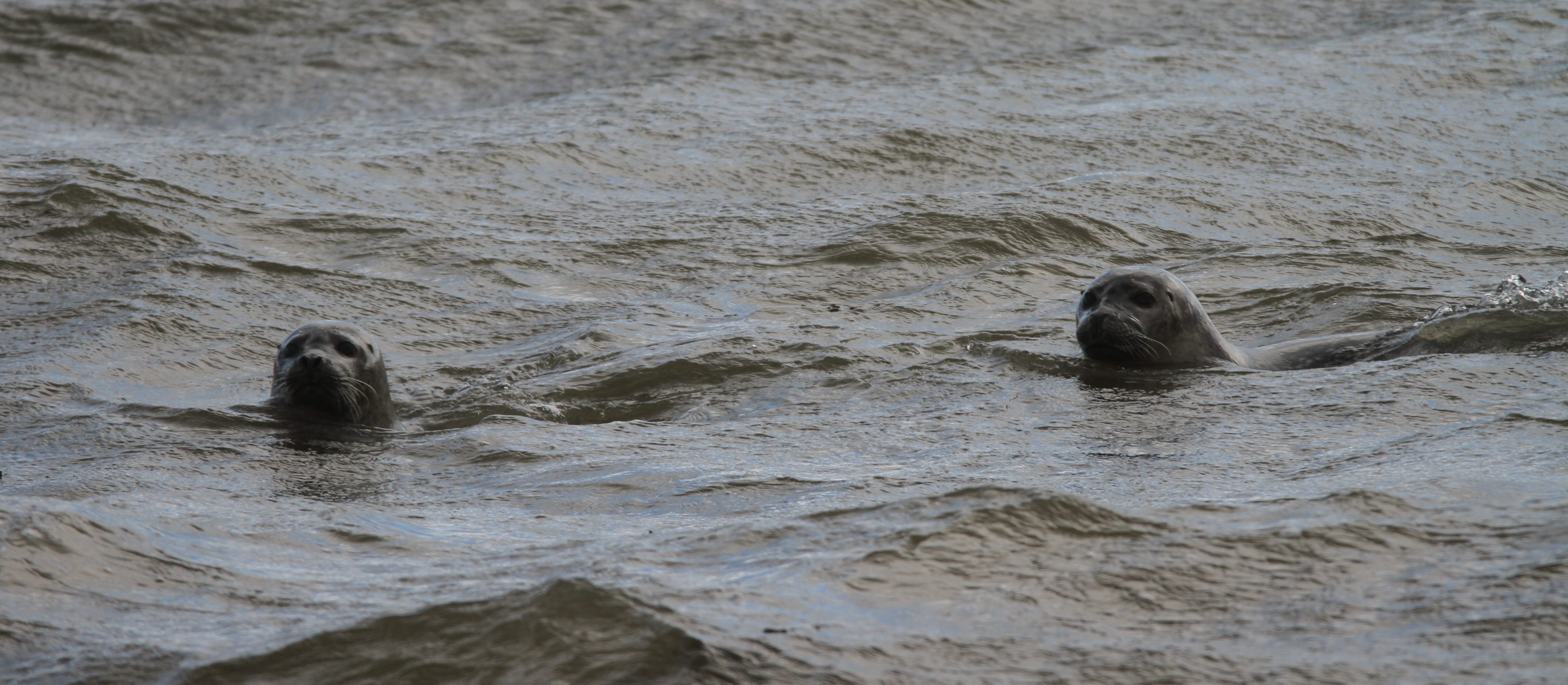
Phoca vitulina vitulina -  Harbour Seal
Harbour Seal 
![]() landselur
landselur  borjúfóka (Snæfellsnes peninsula, Ytri Tunga)
borjúfóka (Snæfellsnes peninsula, Ytri Tunga)
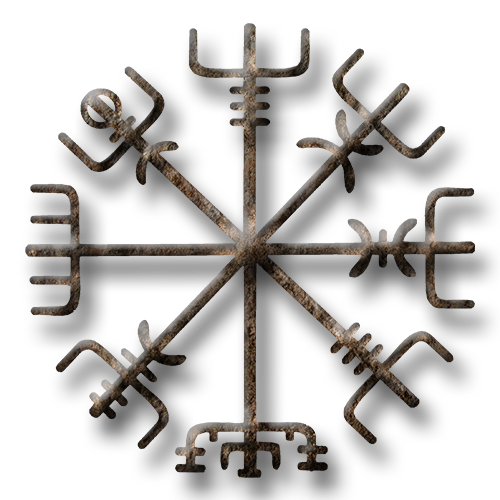
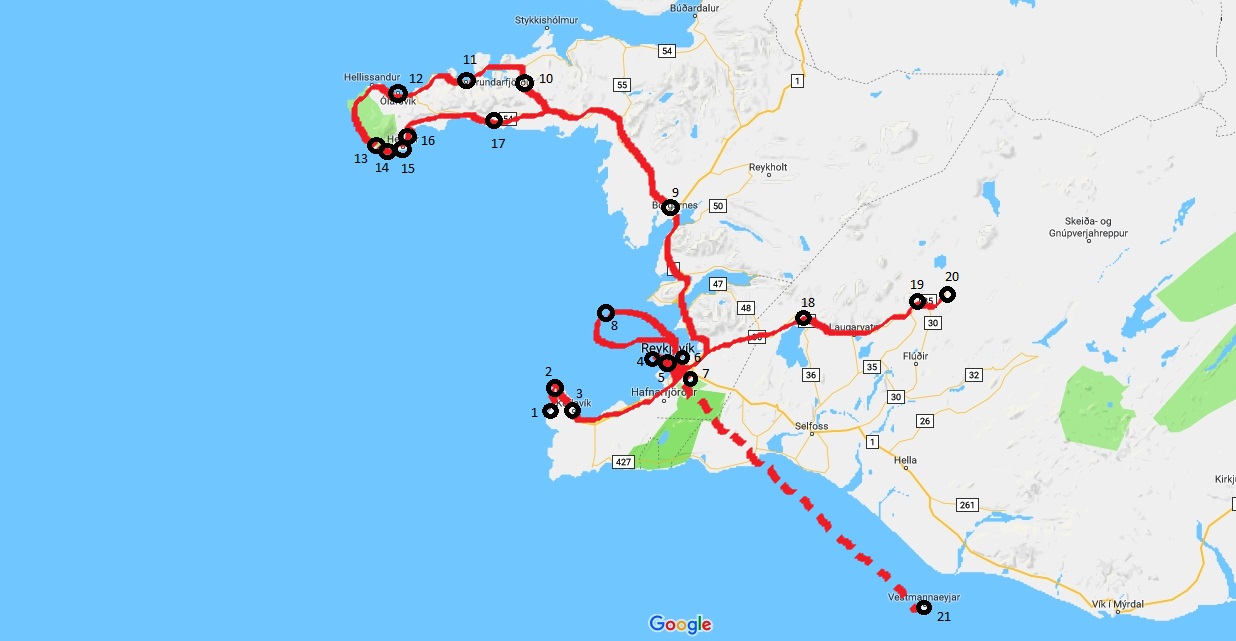
1. Sandgerði: coastal grasslands and coastline to open ocean
2. Garður: coastline with grasslands and farms (+lighthouse)
3. Keflavík airport
4. Grótta: coastline and lake Bakkatjörn
5. Reykjavík: old harbour, lake Tjörnin, Vatnsmýrin (marshes), Miðborg (woods and parks), coastline
6. Geldinganes peninsula: grasslands and coastline, fjords (Watch out of tides here as the only road in and out is under water in high tide! I didn't even think about it then, I was just lucky that I wasn't stuck there for a night...)
7. Heiðmörk: lake Elliðavatn, woods and swamps
8. Faxaflói bay: whale watching tour, departes from old harbour of Reykjavík (...without whales this time)
9. Borgarnes: sandy beach under the feet of mountains
10. Selvallafoss and Selvallavatn: mountain lake and its waterfall
11. Grundarfjörður: Kirkjufell and Kirkjufoss (+coastline)
12. Ólafsvík: Snæfellsjökull National Park (this time in nonstop rainfall...)
13. Djúpalónssandur: Black Lava Beach
14. Malarrif lighthouse: coastline with grasslands
15. Hellnar: rocky coastline
16. Arnarstapi and Pumpa: rocky coastline with a lot of huge nesting cliffs
17. Ytri-Tunga: grasslands and sandy beach coastline with a small natural seal colony
18. Þingvellir National Park: Mid-Atlantic Ridge
19. Strokkur: geysers, hot springs
20. Gullfoss: a huge waterfall
21. Heimaey, Westman Islands: fishing port and rocky coastline open to the Atlantic Ocean (accessible by plane from Reykjavík Domestic Airport)
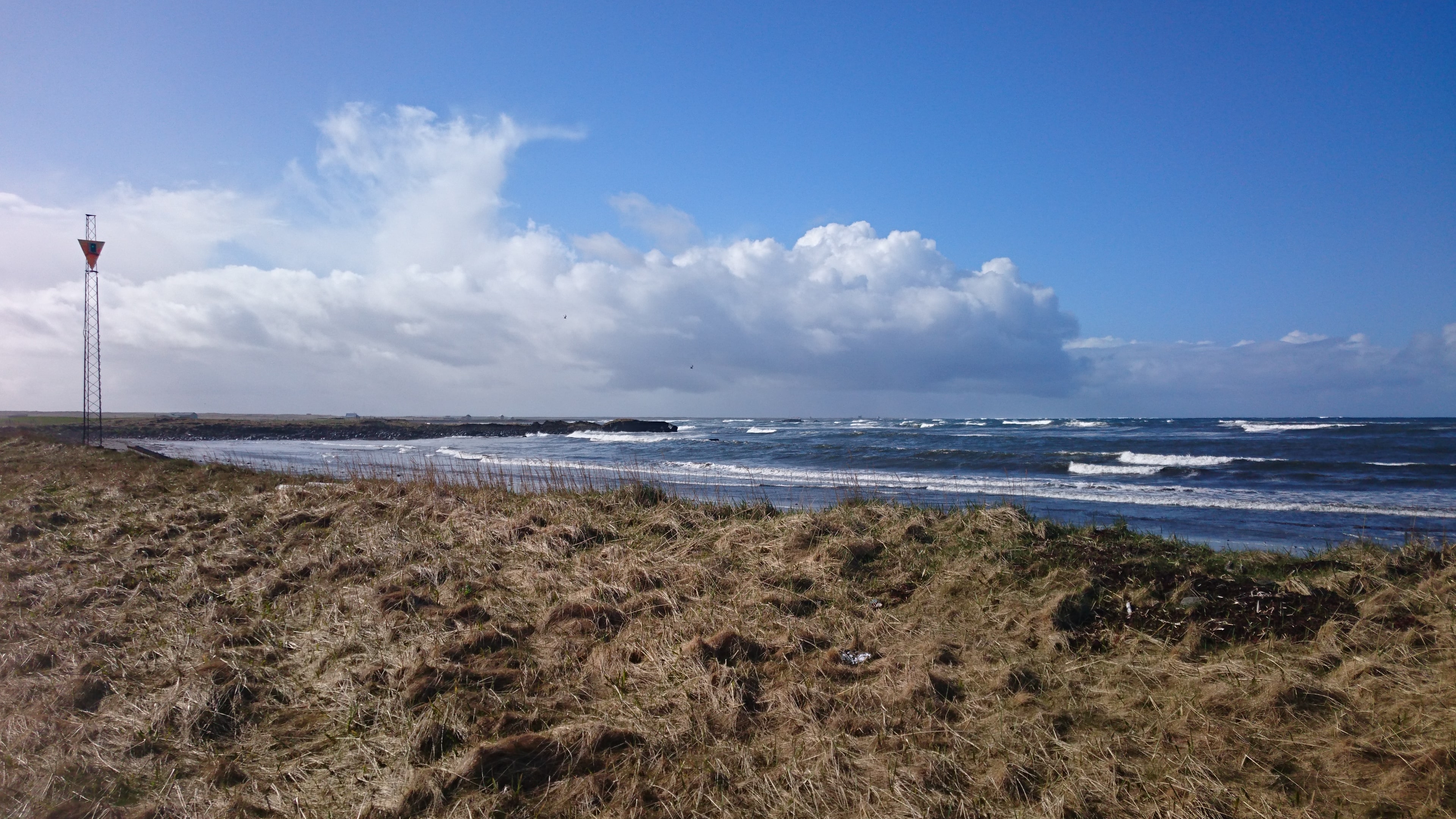
1. Sandgerði |
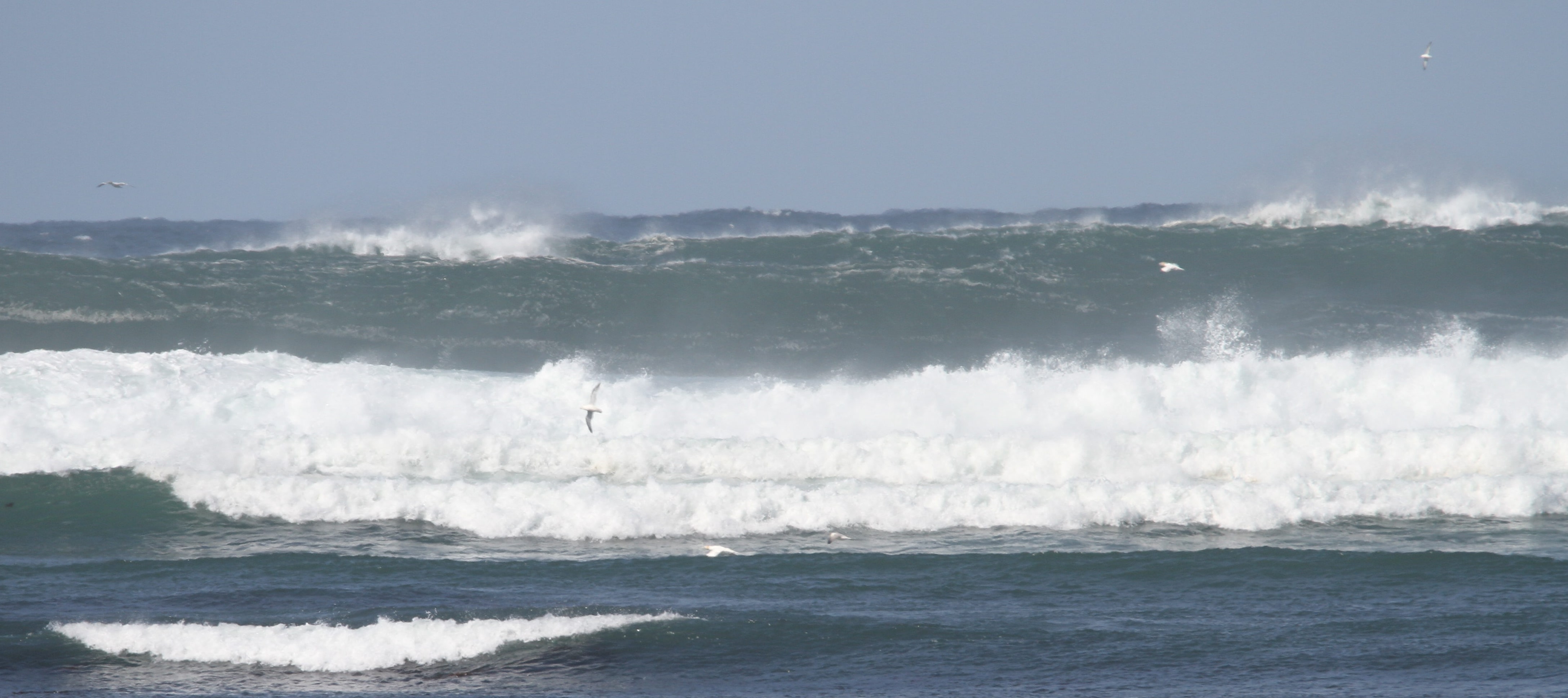
2. Garður |
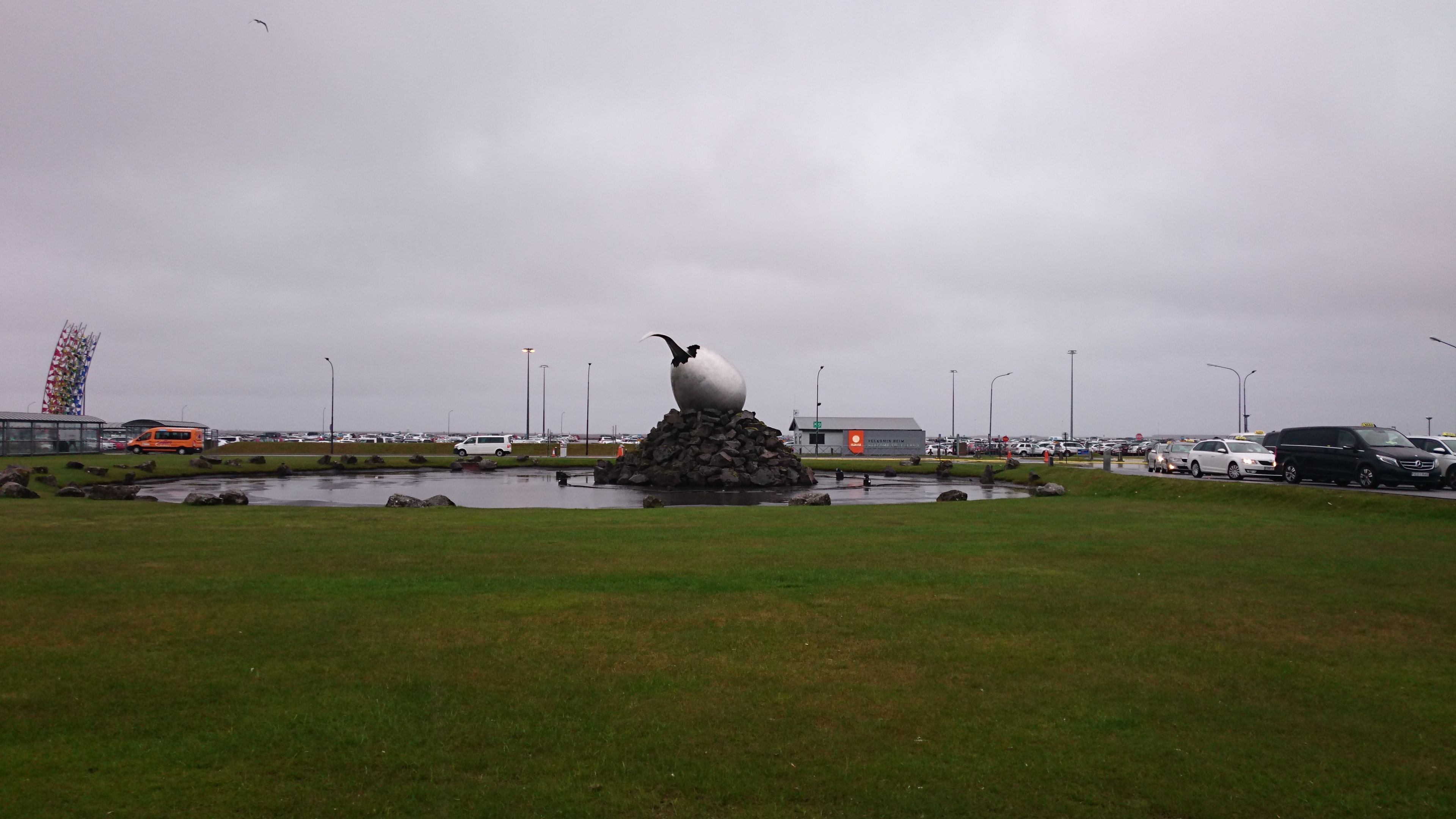
3. Keflavík airport |
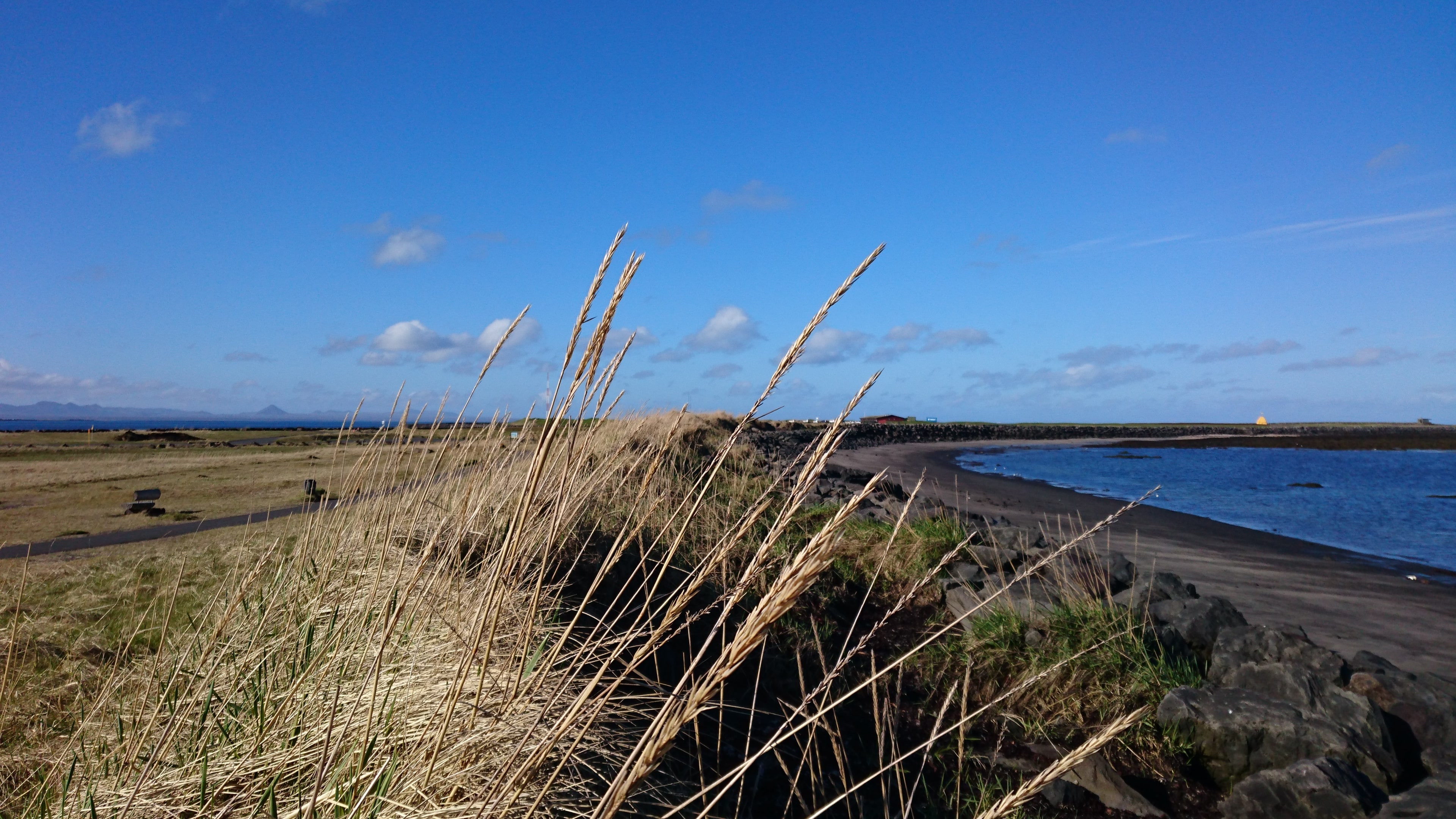
4. Grótta |
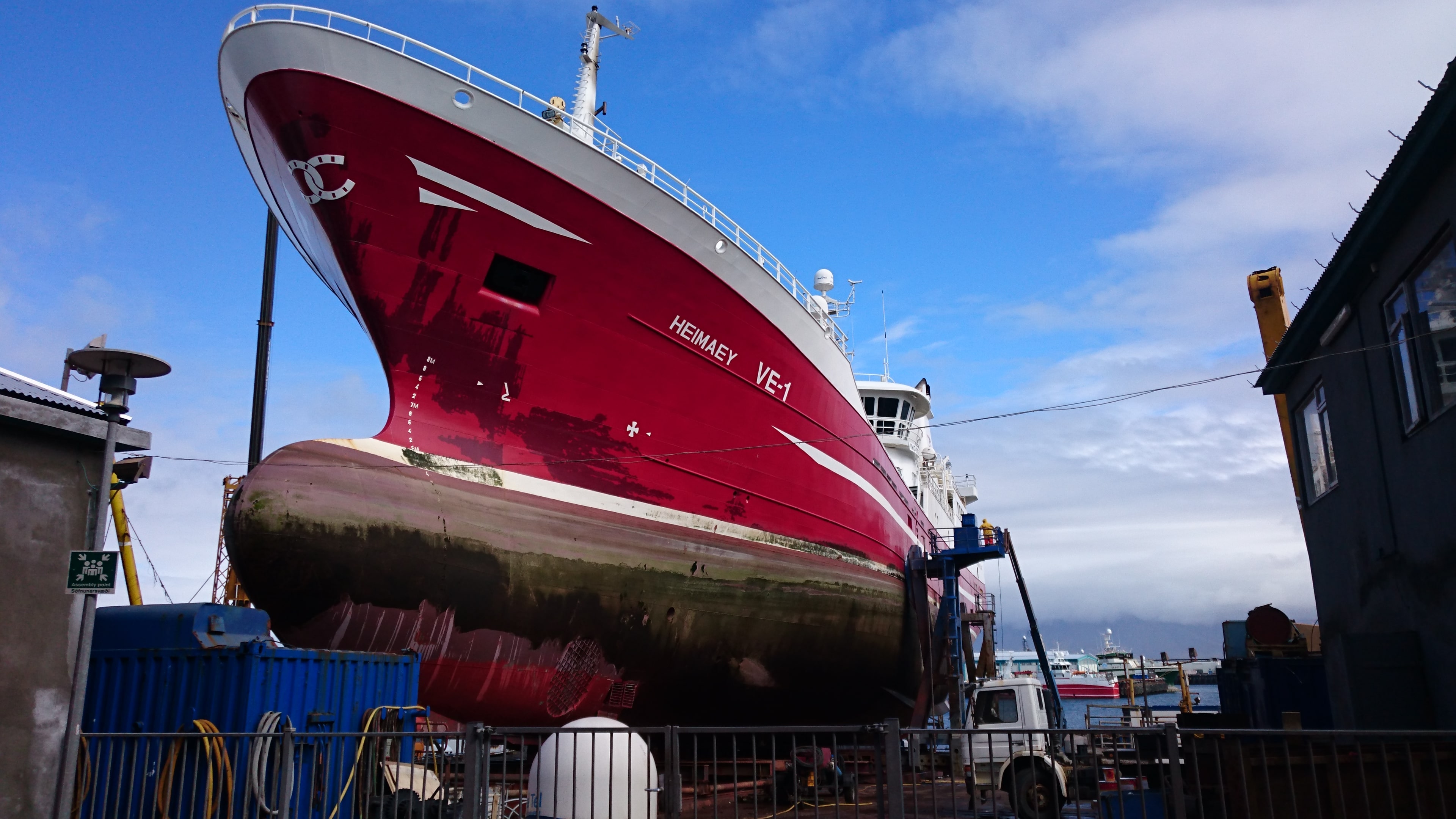
5. Reykjavík, old harbour |

5. Reykjavík, Tjörnin |
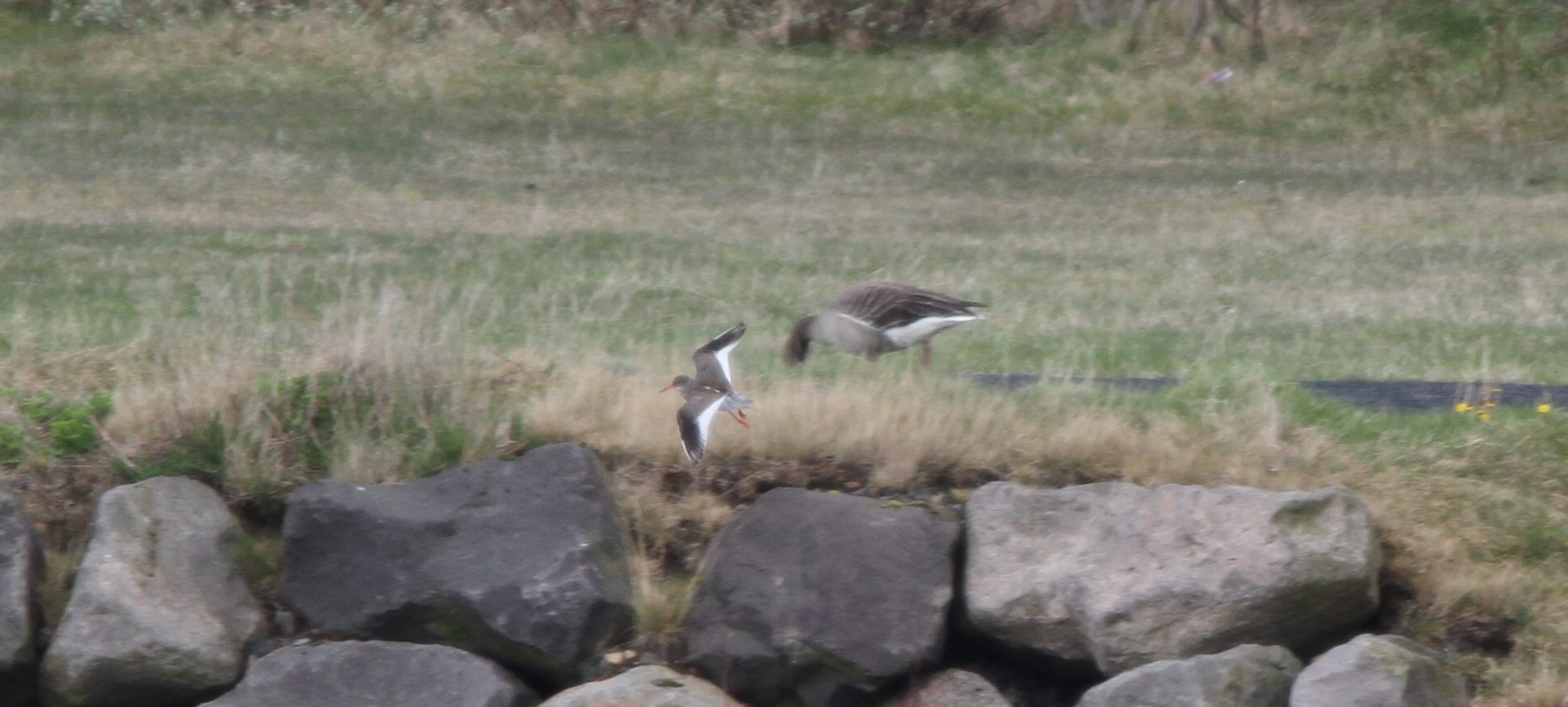
5. Reykjavík, Vatnsmýrin |
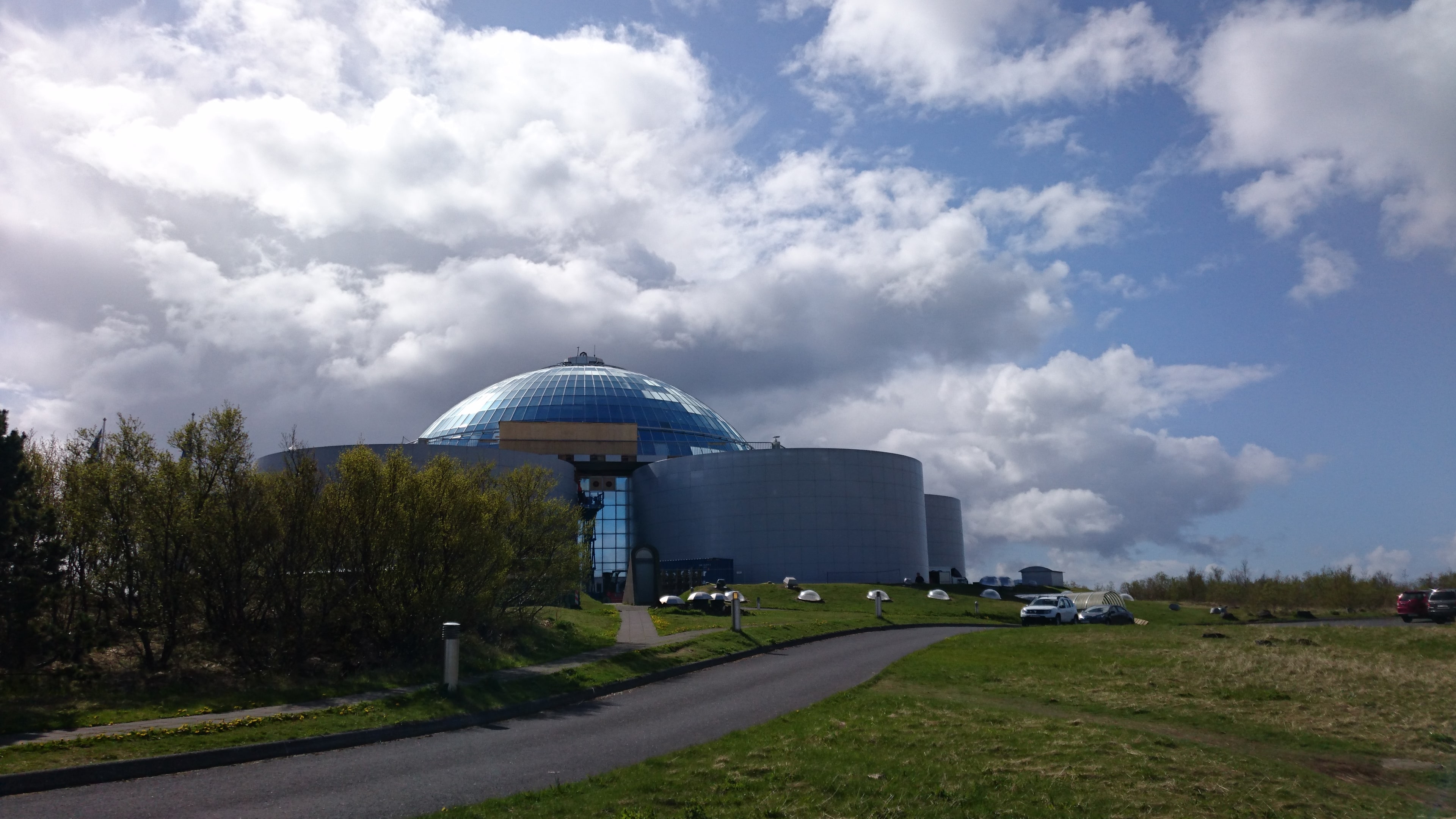
5. Reykjavík, Miðborg |
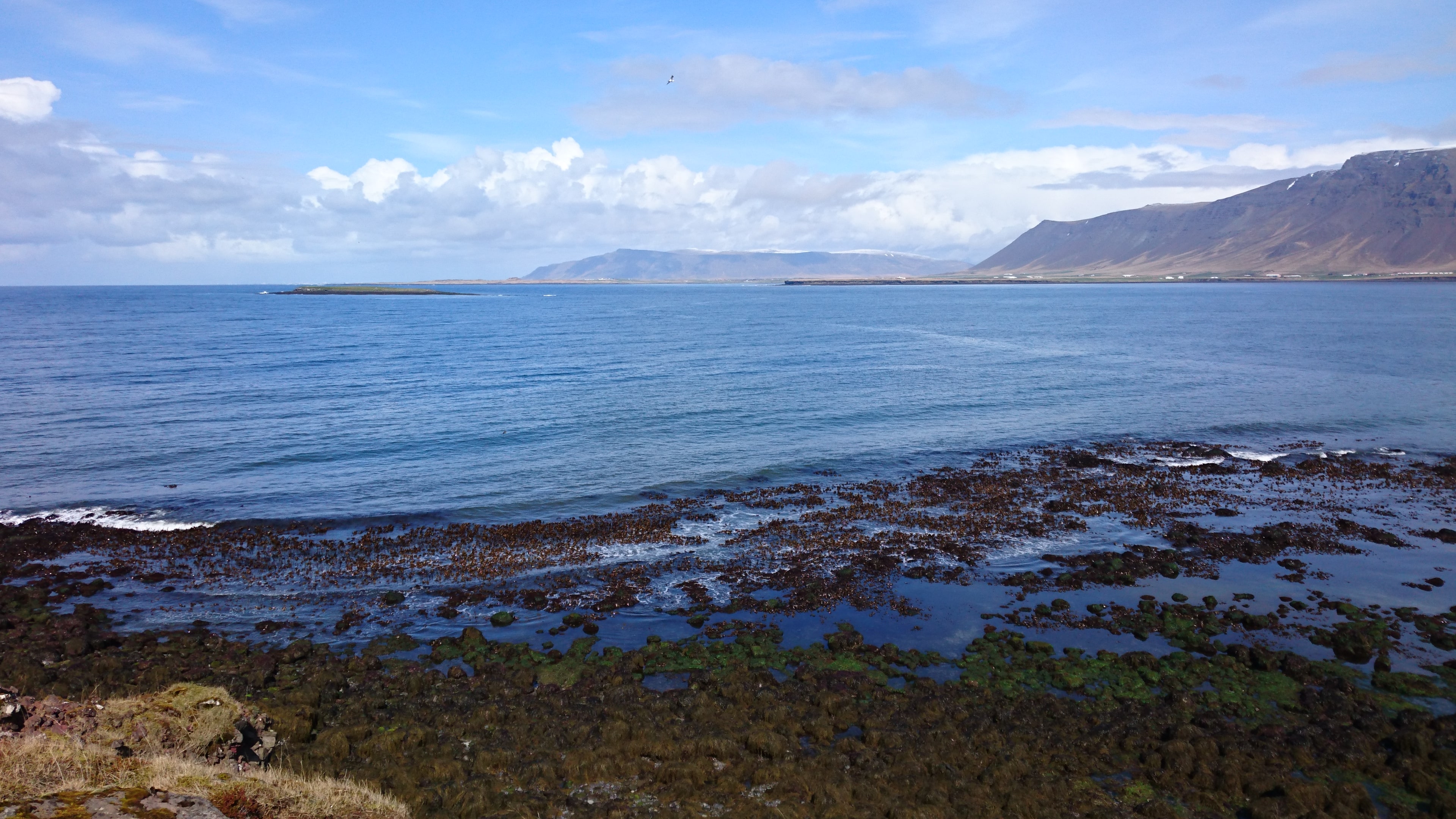
6. Geldinganes |
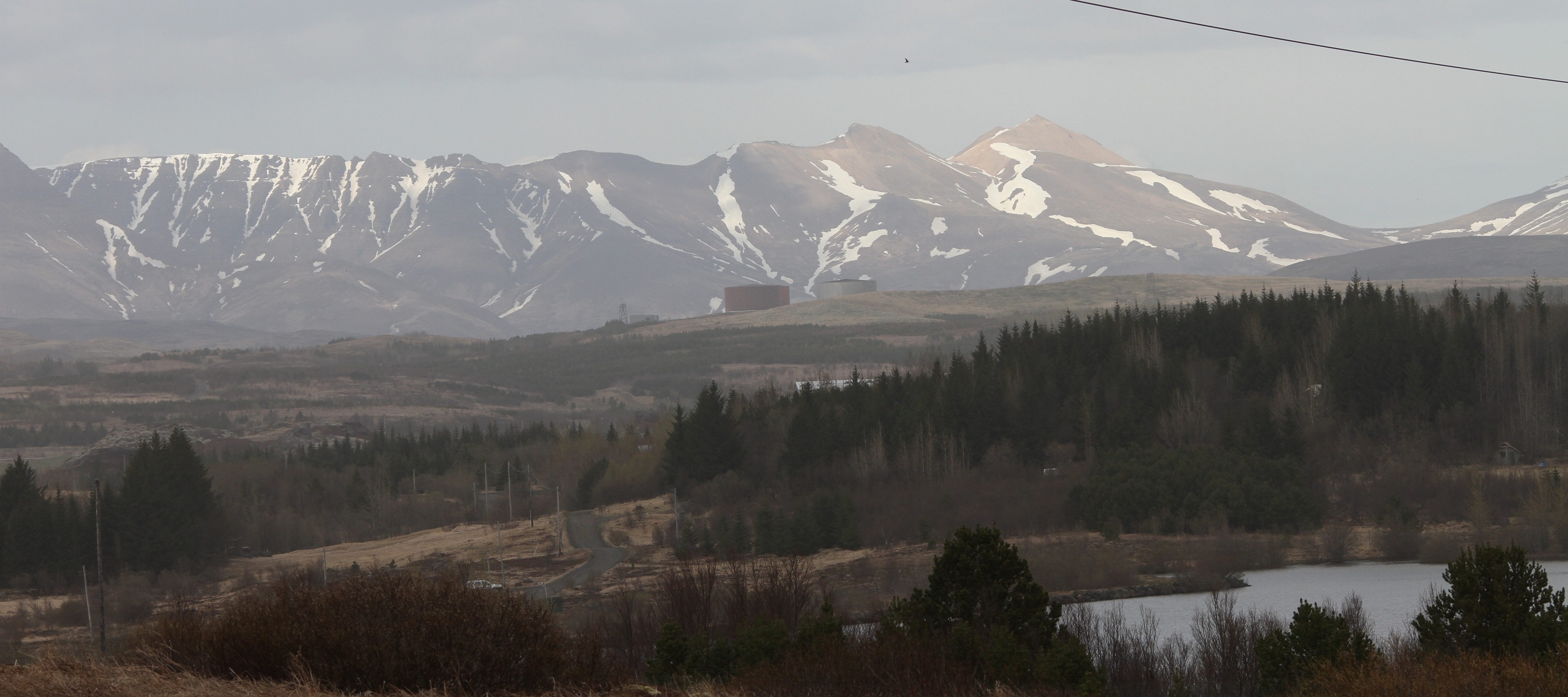
7. Heiðmörk |
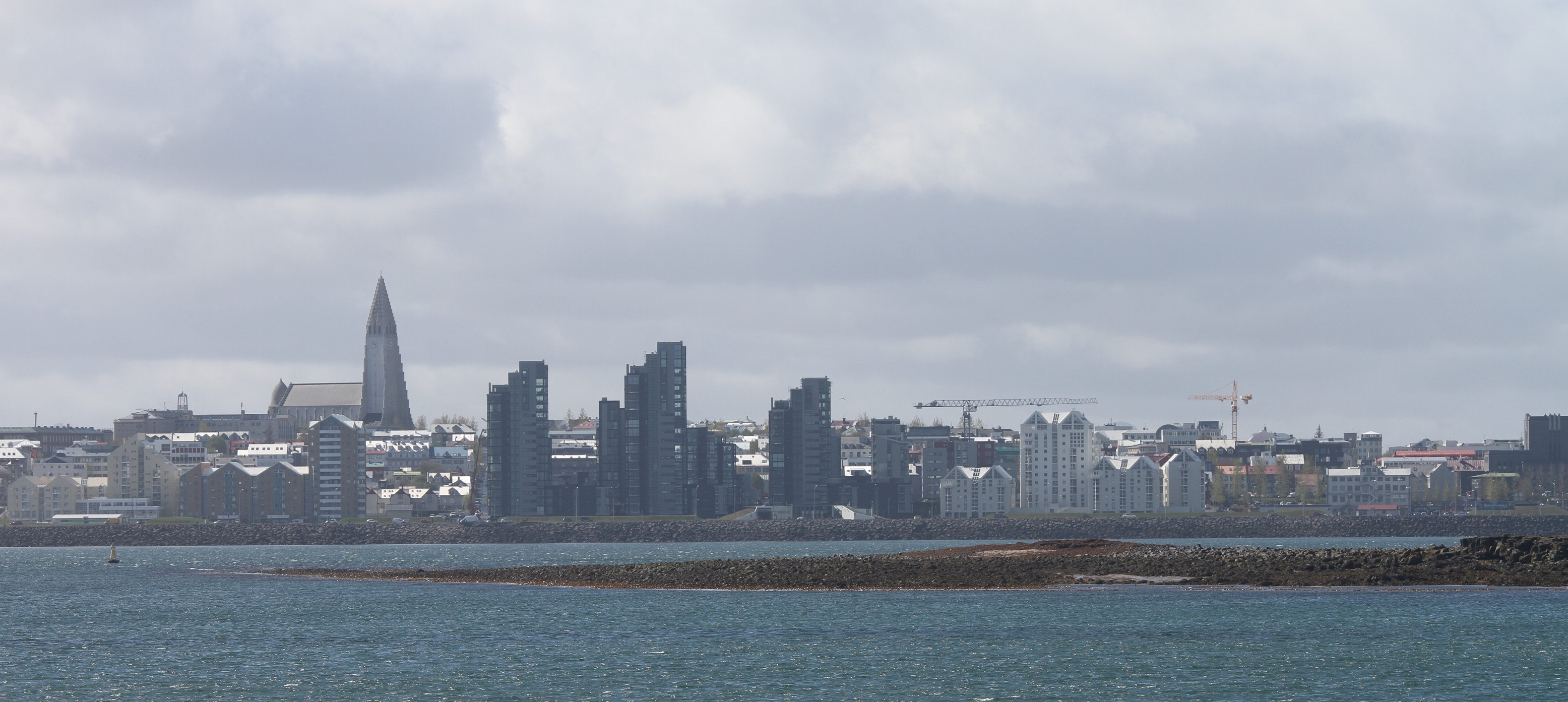
8. Faxaflói |
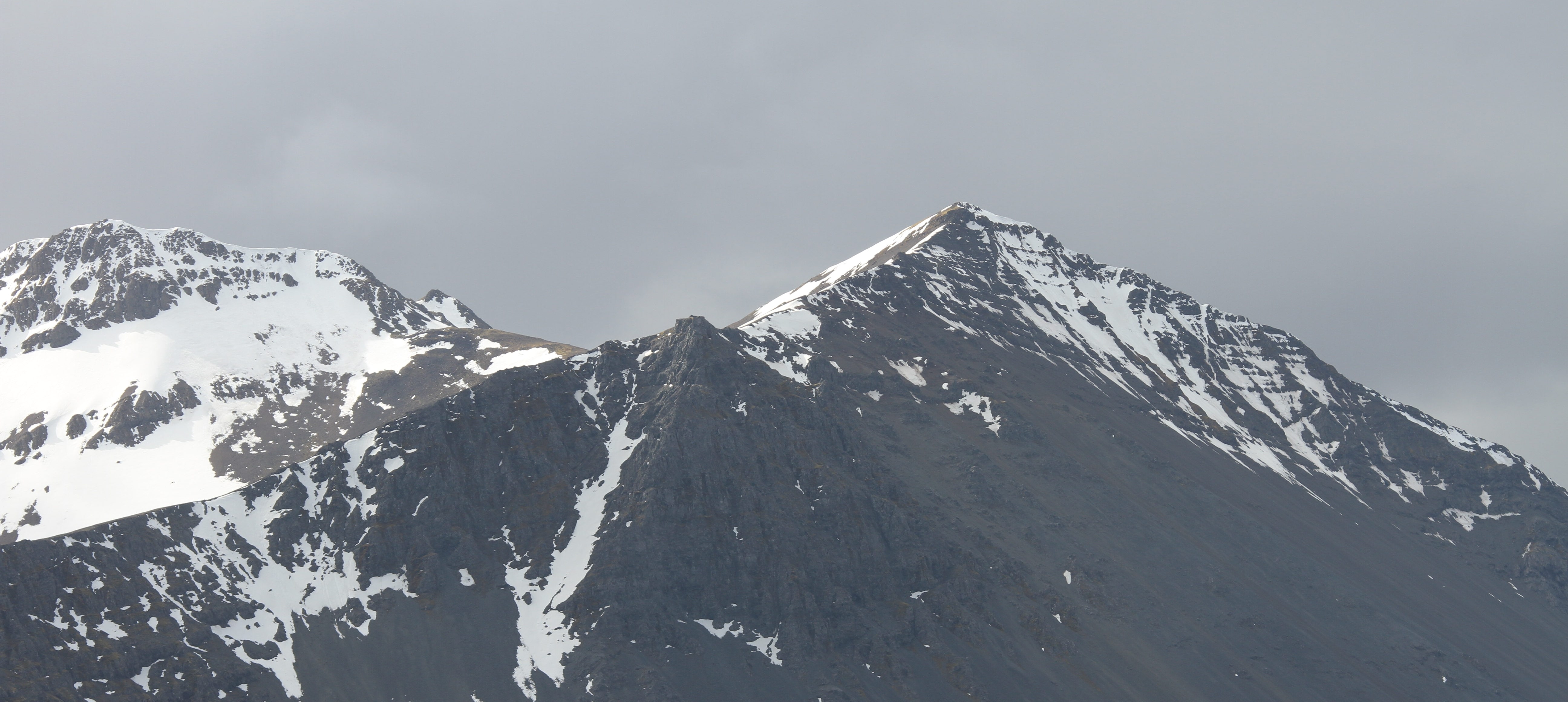
9. Borgarnes |
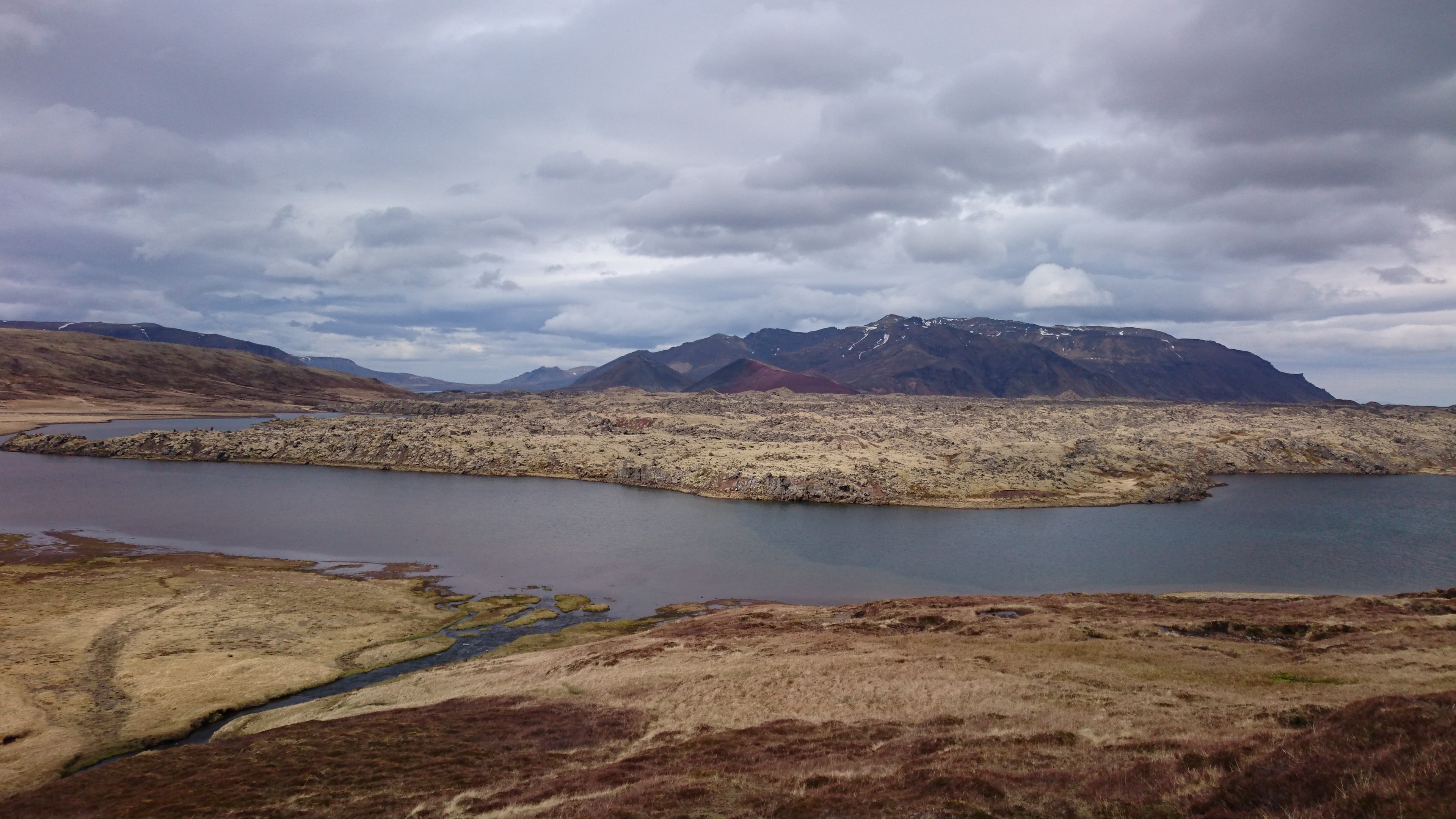
10. Selvallavatn |
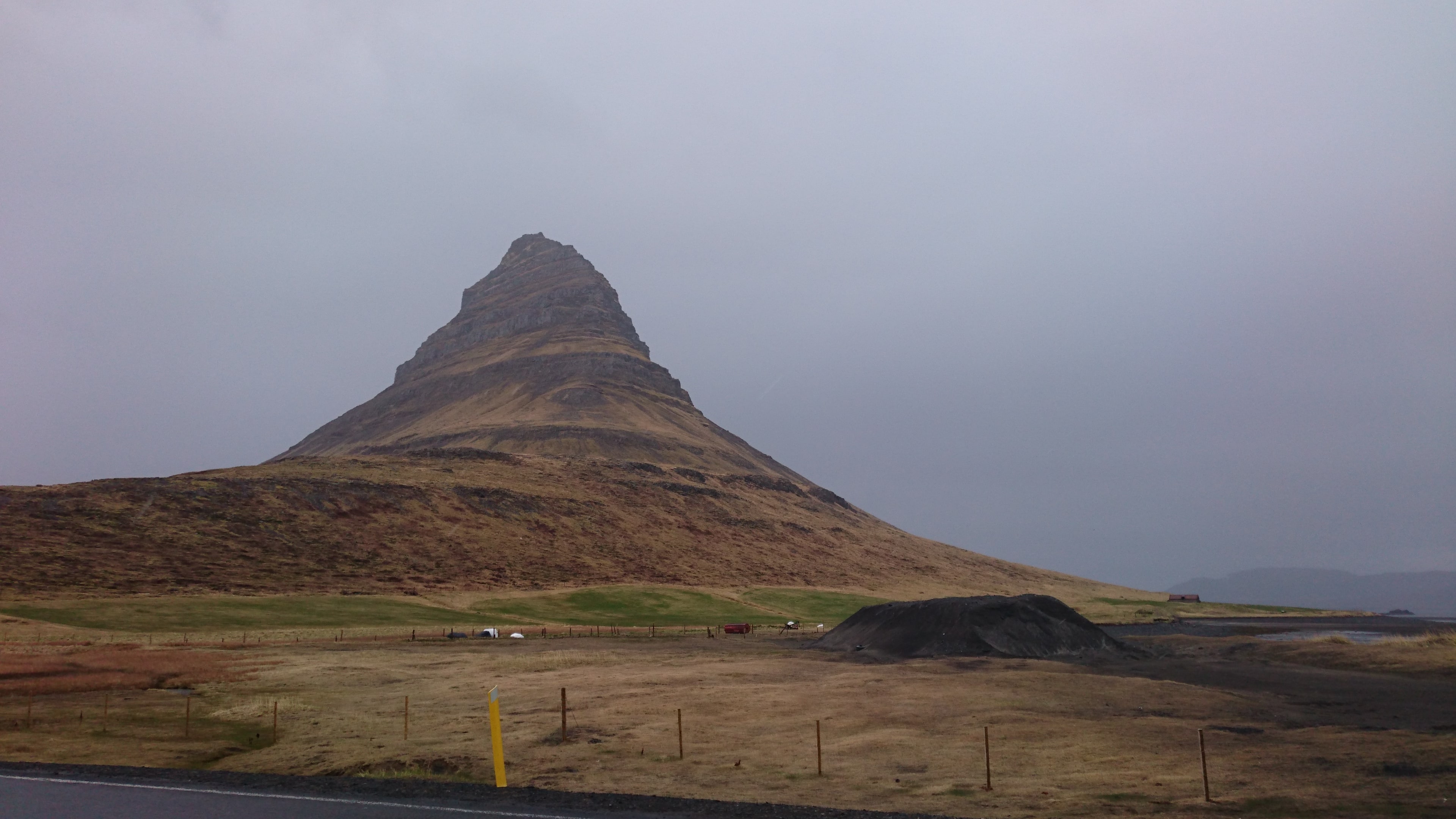
11. Kirkjufell |
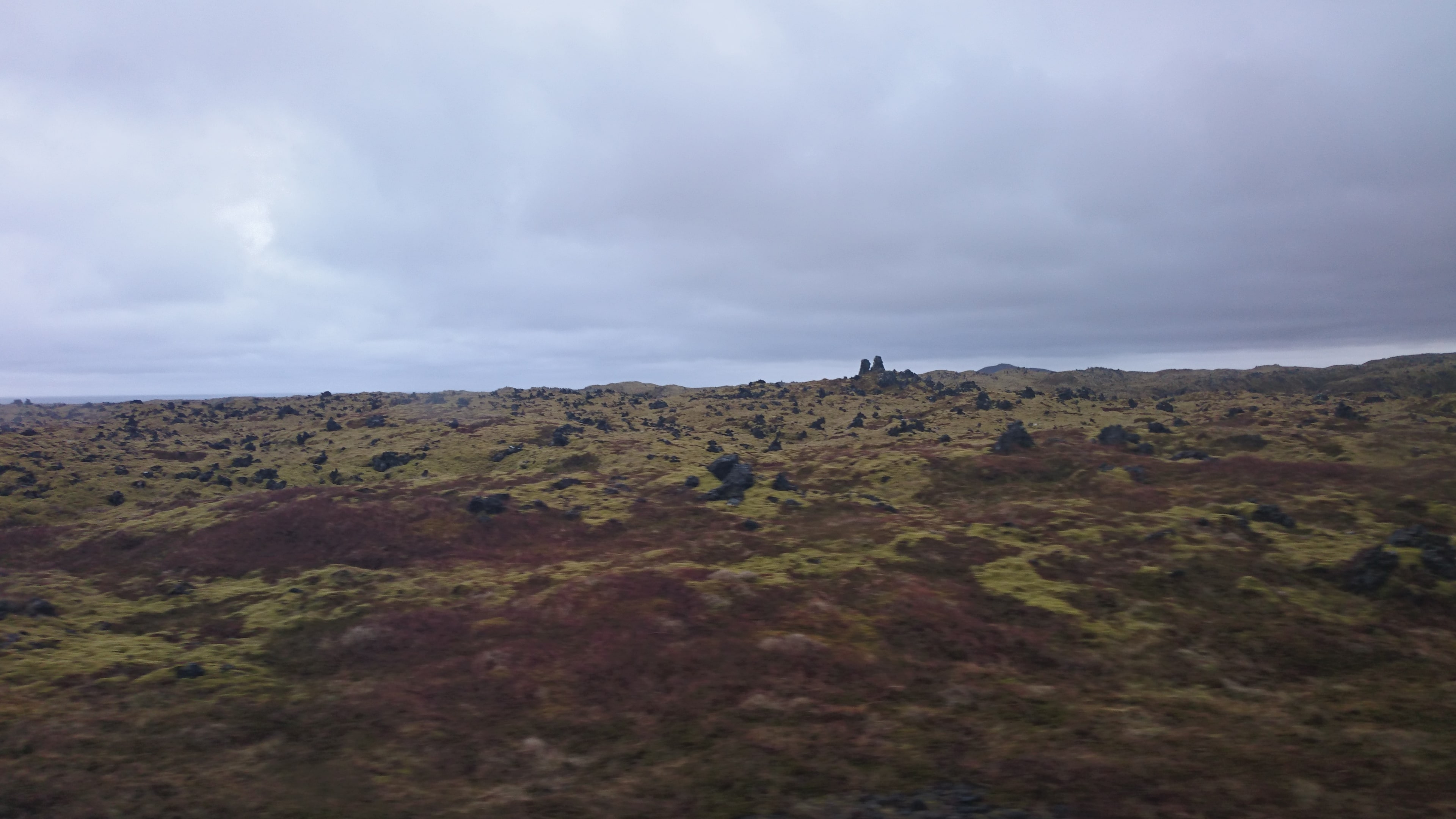
12. Snæfellsjökull N.P. |
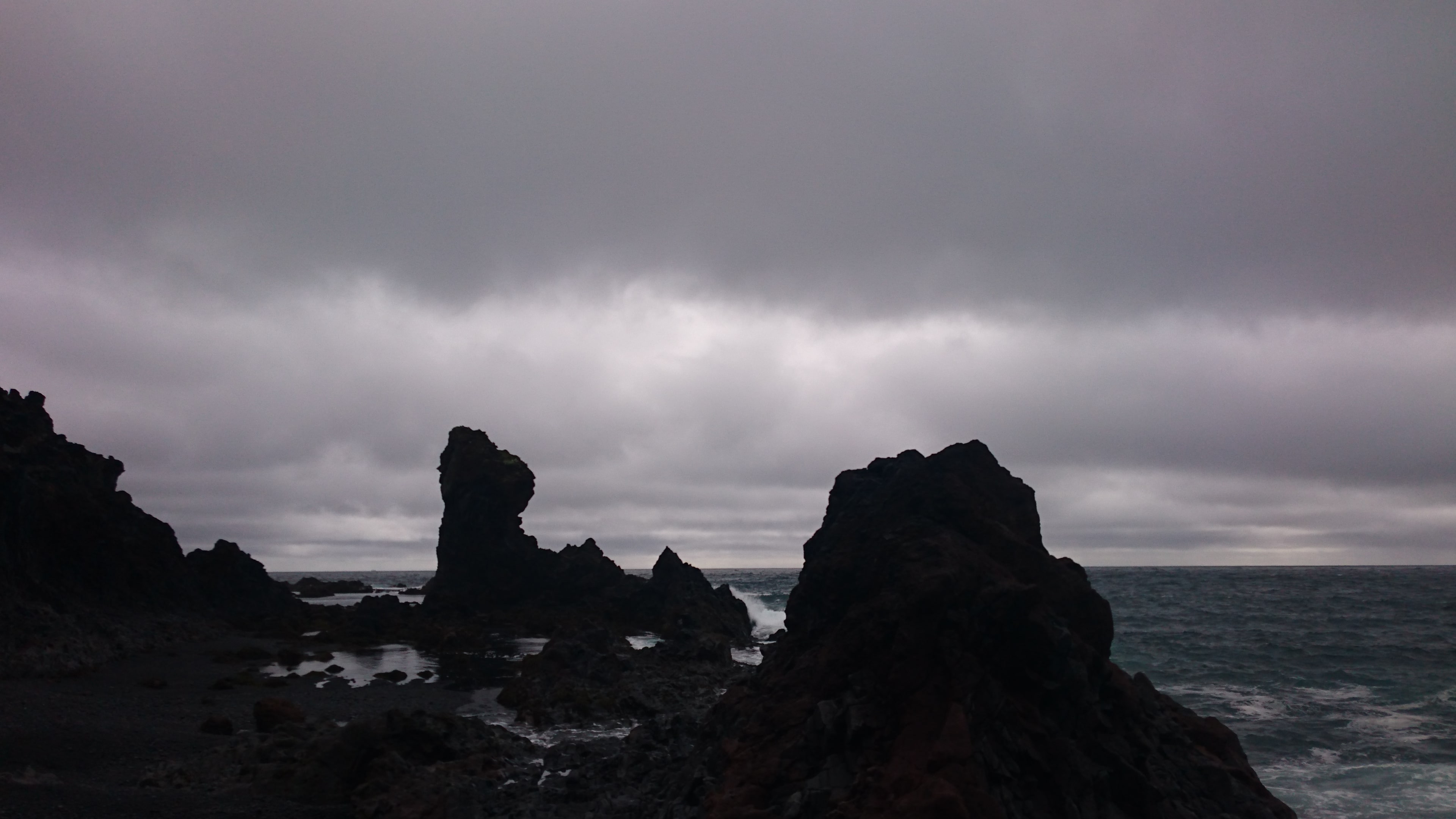
13. Djúpalónssandur |
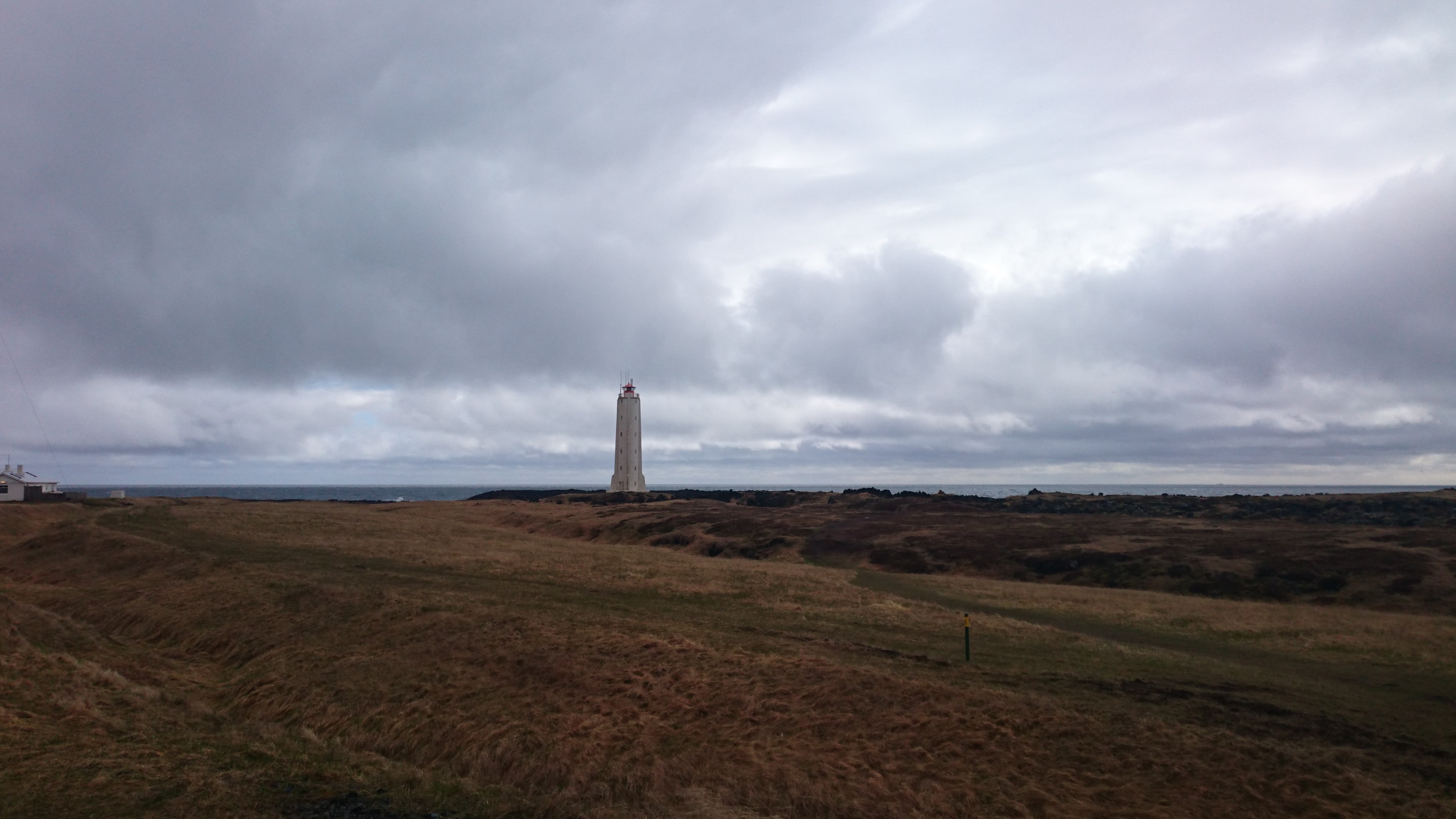
14. Malarrif |
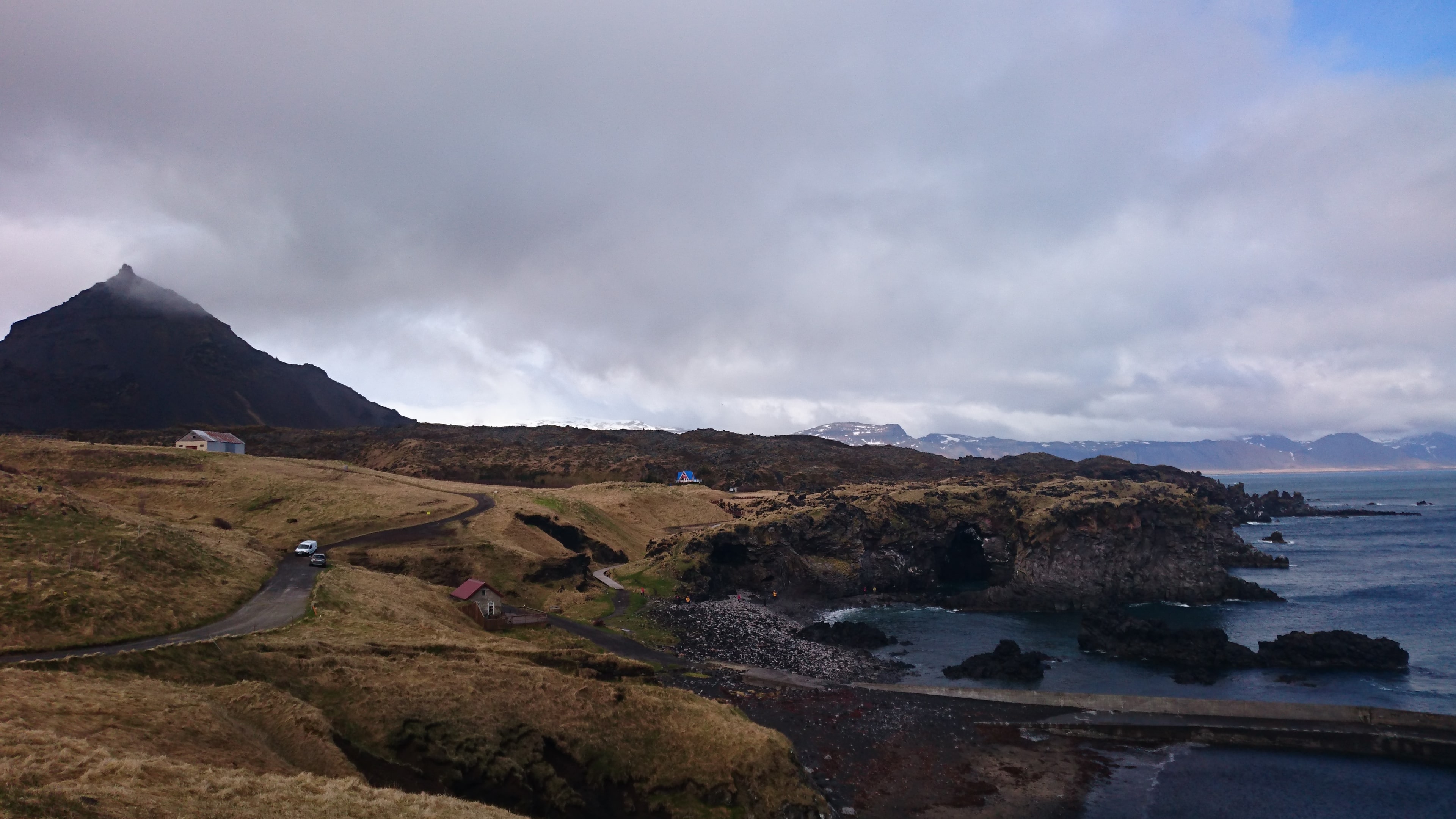
15. Hellnar |
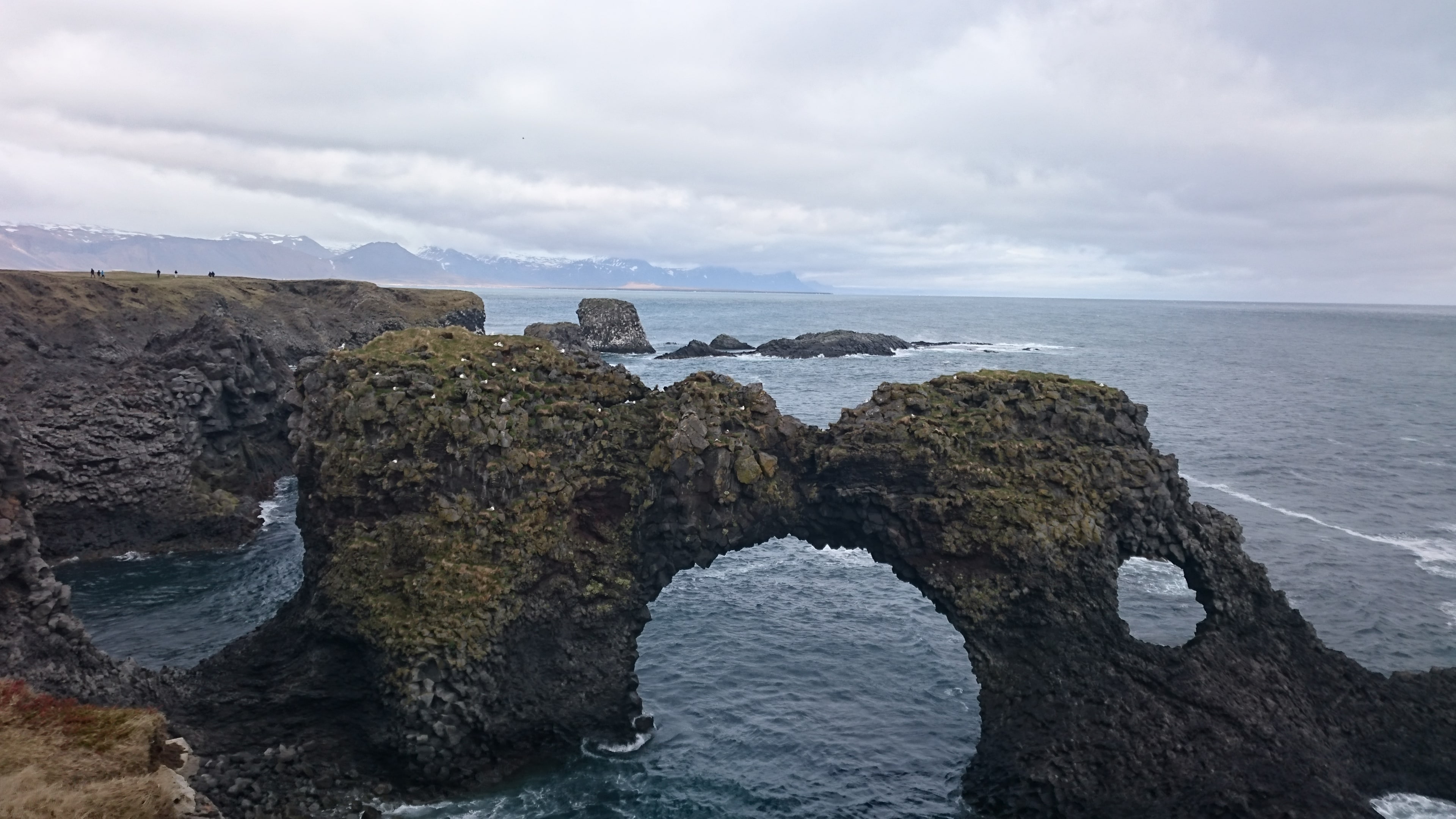
16. Arnarstapi |
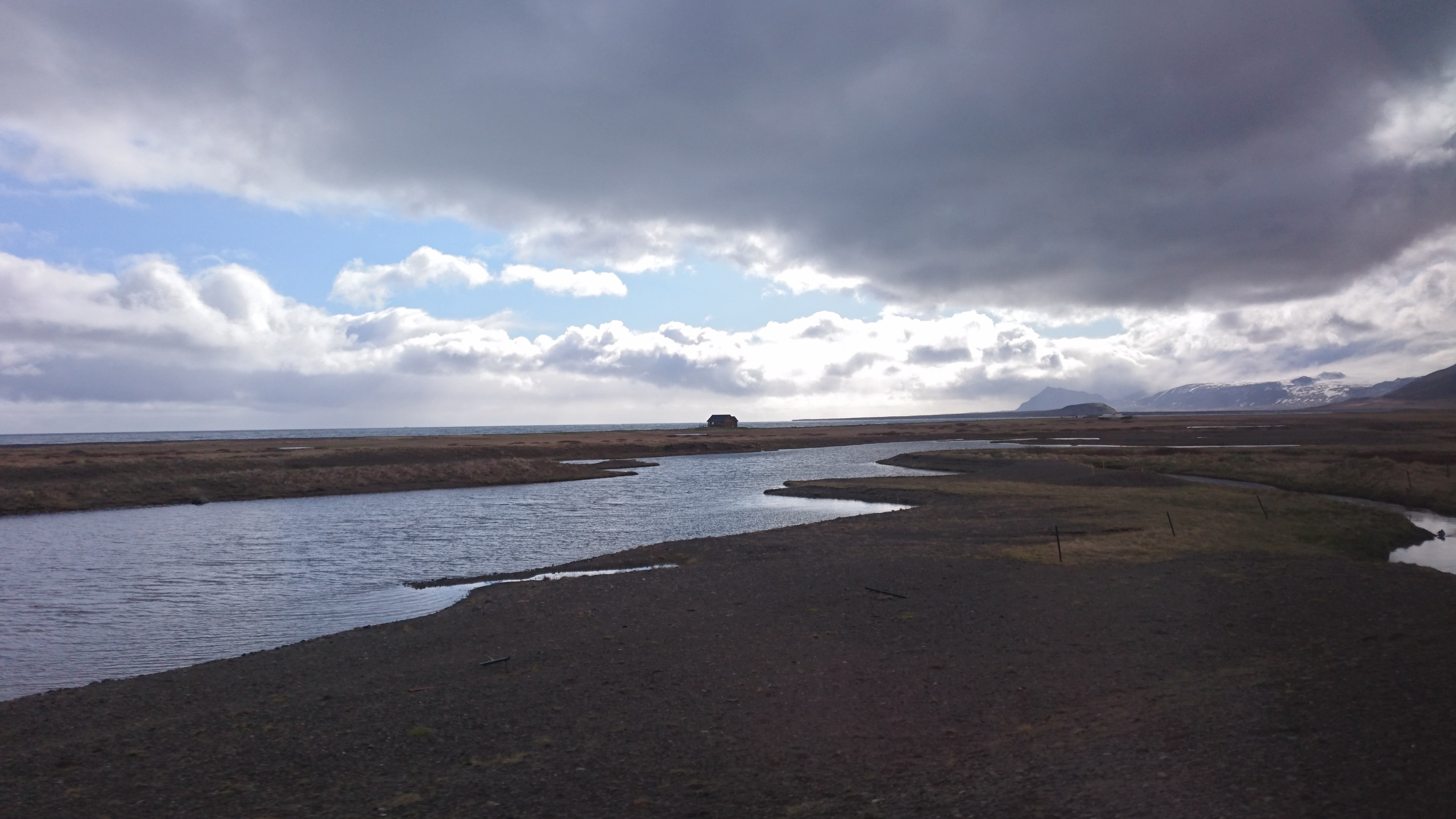
17. Ytri-Tunga |
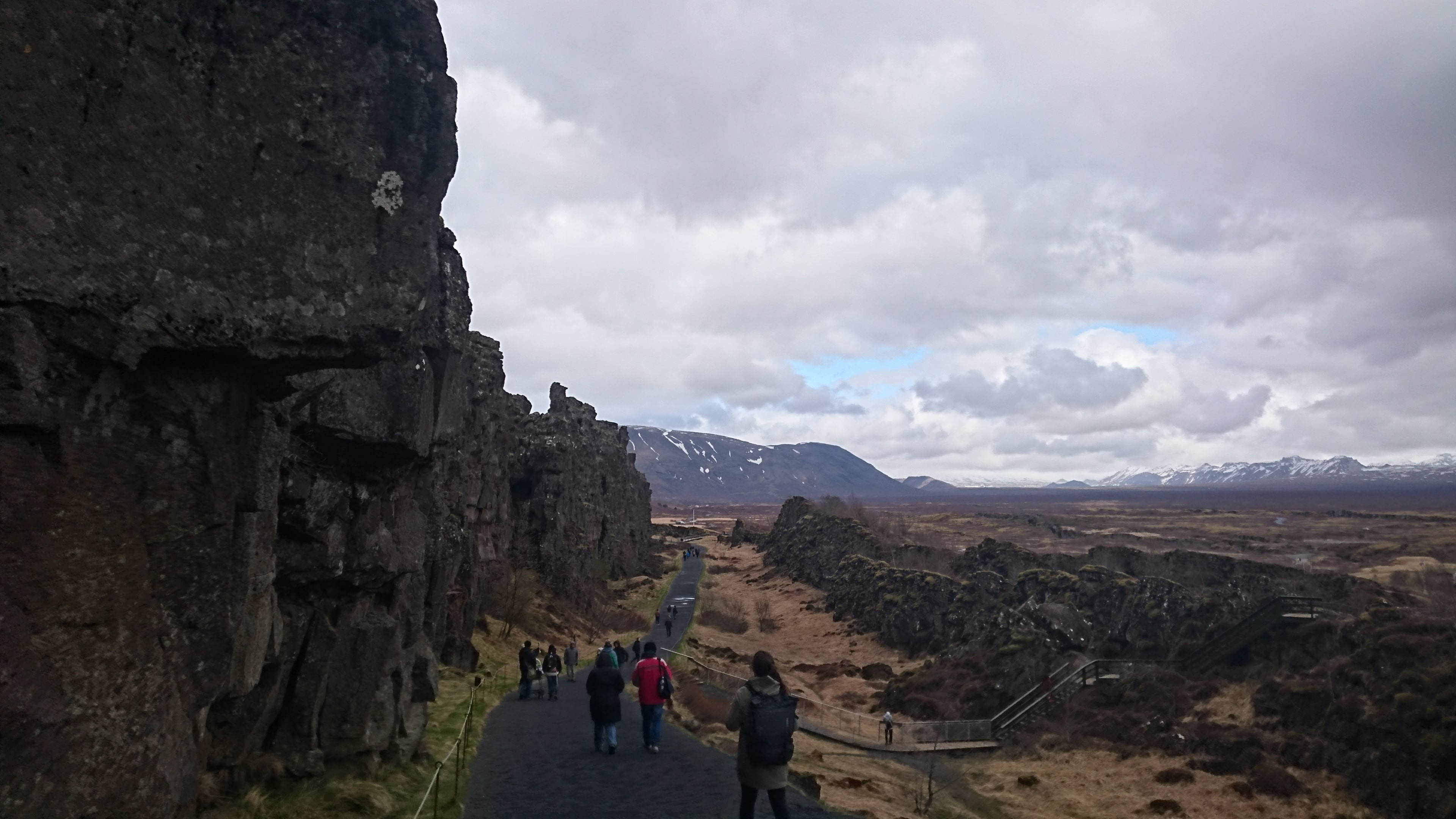
18. Þingvellir N. P. |
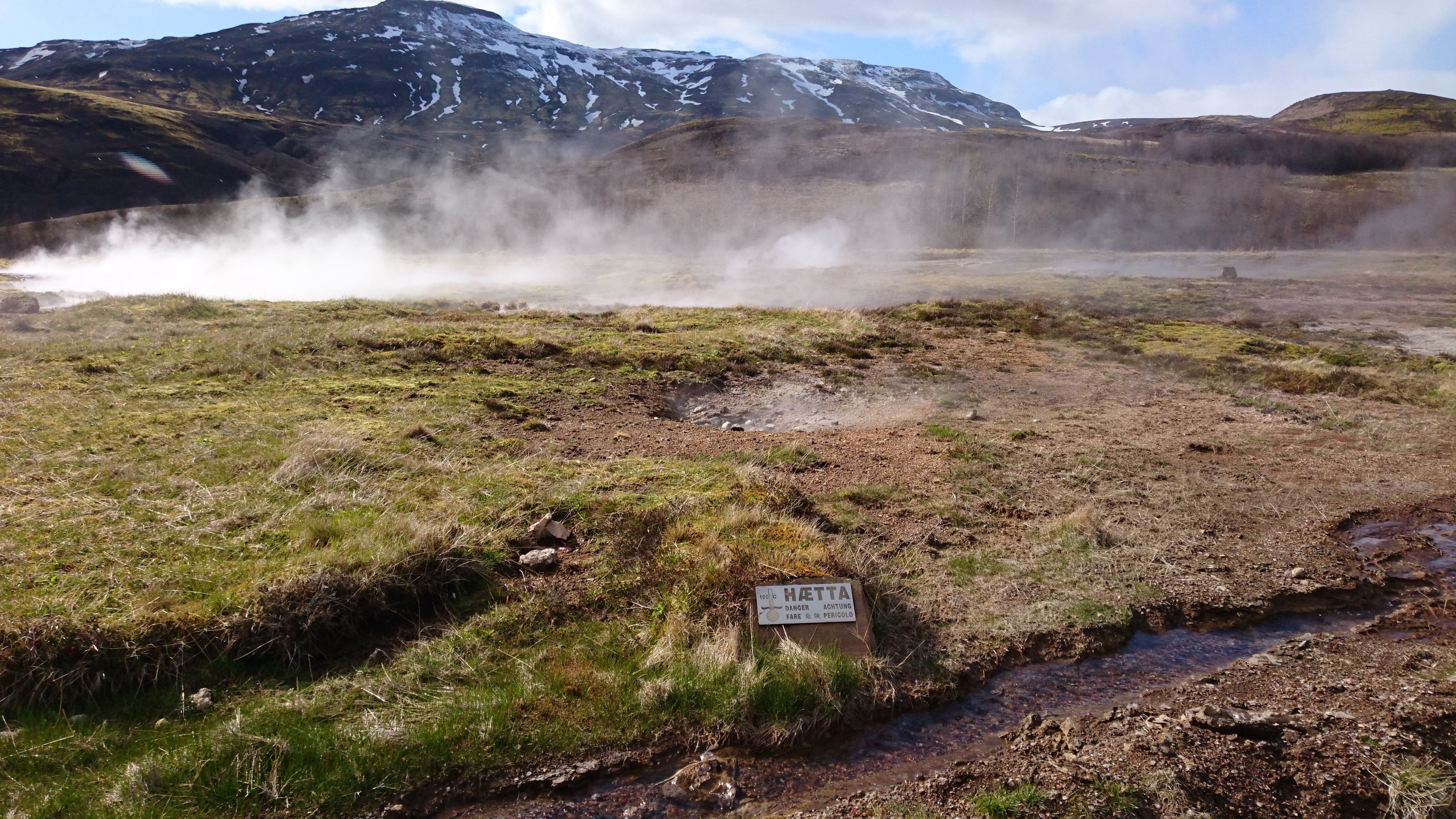
19. Strokkur |
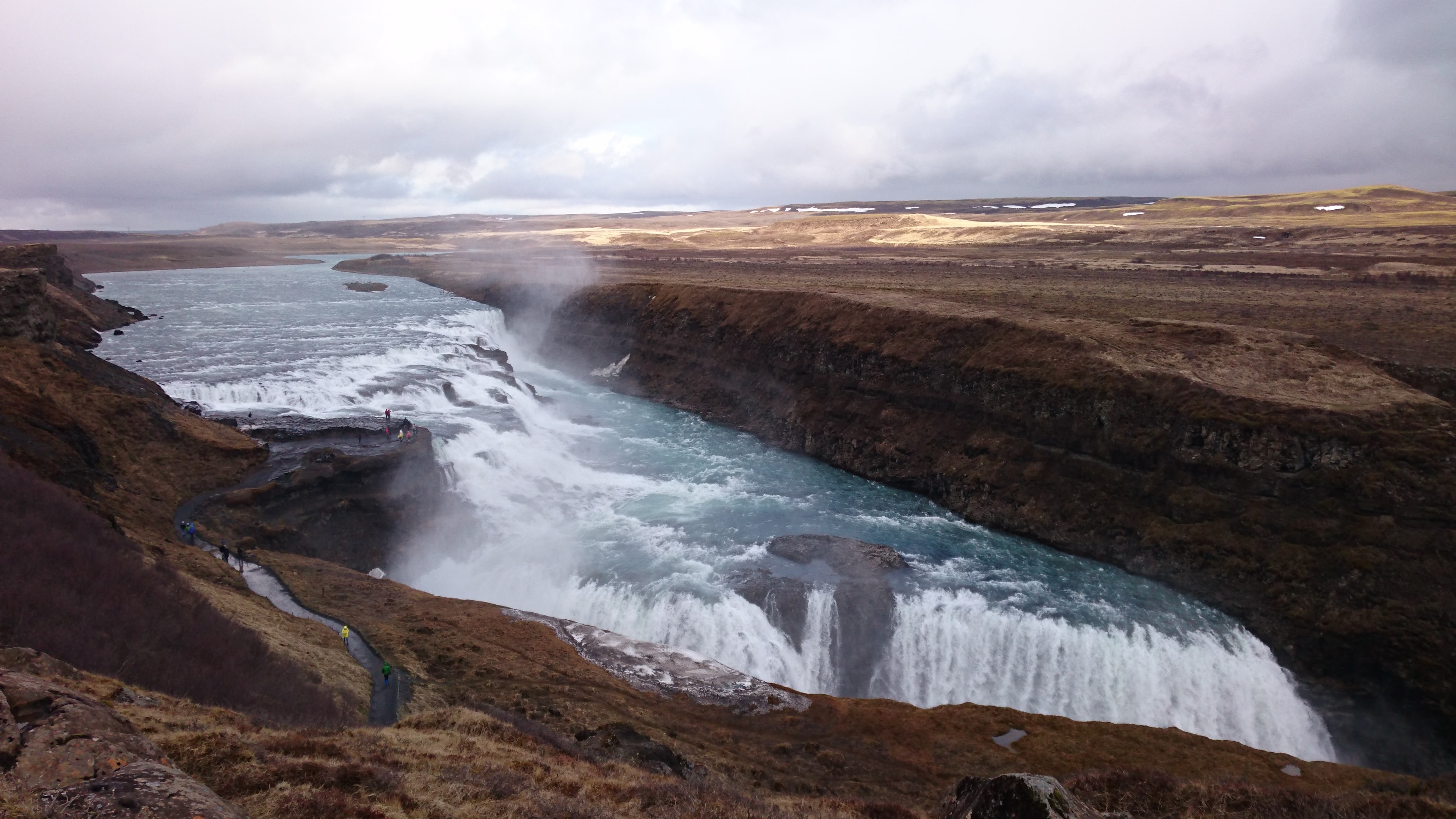
20. Gullfoss |
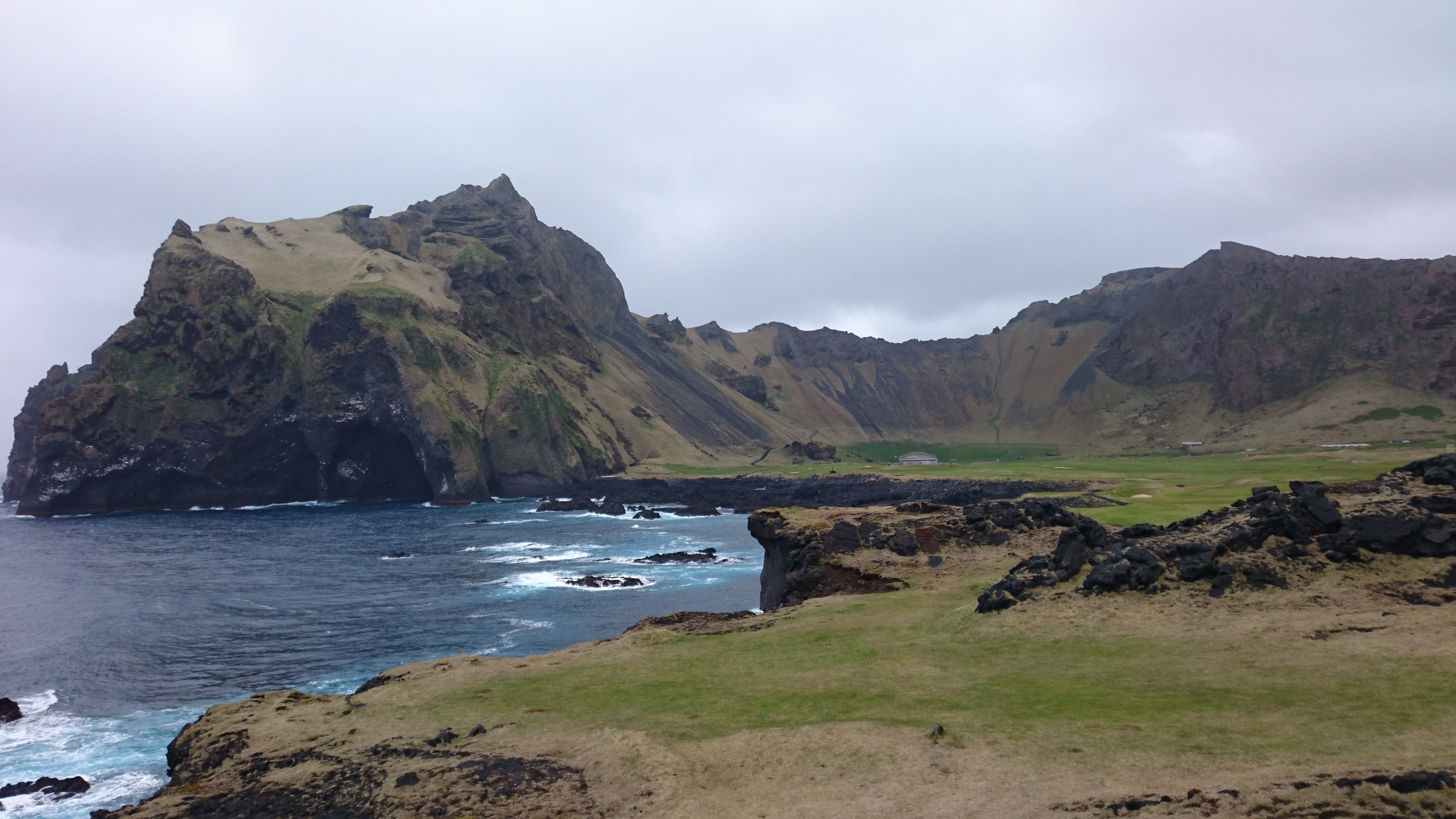
21. Heimaey |
Overall bird stats:
● 60 bird species of category A were observed in the week (19 new species, 12 new subspecies in my WP list).
● A single category C (Feral Pigeon) and no category B were seen (except feral pigeons in urban areas).
● Western Iceland species list (May 12-19, 2018)
● In case of monotypic bird species, a third Latin name was not signed, otherwise always included.
● Monotypic species in the pdf list are signed with a point after the binomial Latin name.
● None of the birds were baited, set up or called in.
● Map pointer of the observations are accurate.
● I used the Icelandic names based on Wikipedia.
Technical info:
● Wildlife pictures were taken with Canon EOS 7D and Sigma 120-400 mm f4.5-5.6 DG OS APO HSM.
● Many pictures were somewhat sharpened afterwards (Topaz Labs AI), cropping images and minor additional optimizations were made by IrfanvView and GIMP, and finally file sizes were reduced by the free online COMPRESS JPEG.
● Plants were identified by the famous and infamous Pl@ntNet.org online platform from cropped images. Only high percentage results have been accepted, but here can be problems, for sure...
![]() Phoca.cz free flag icon bundle (16-12px) has been used at translation of names (source). Here, slightly adapted 13-10px dimensions and somewhat darkened versions were applied.
Phoca.cz free flag icon bundle (16-12px) has been used at translation of names (source). Here, slightly adapted 13-10px dimensions and somewhat darkened versions were applied.
![]() Icelandic language audio content is based on the online Realistic Text-to-Speech AI converter (source), voices: "Gudrun" and "Dóra".
Icelandic language audio content is based on the online Realistic Text-to-Speech AI converter (source), voices: "Gudrun" and "Dóra".
Any comments or suggestions for corrections would be greatly appreciated.

